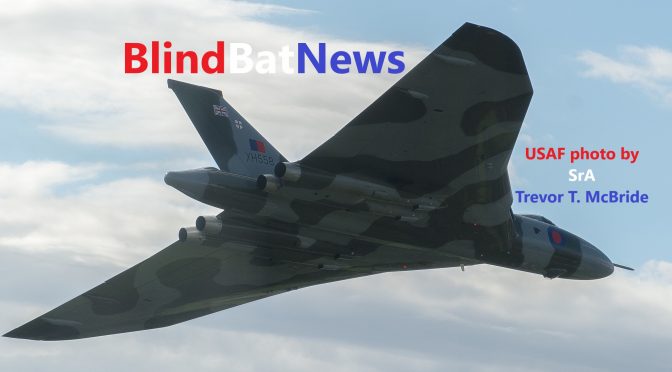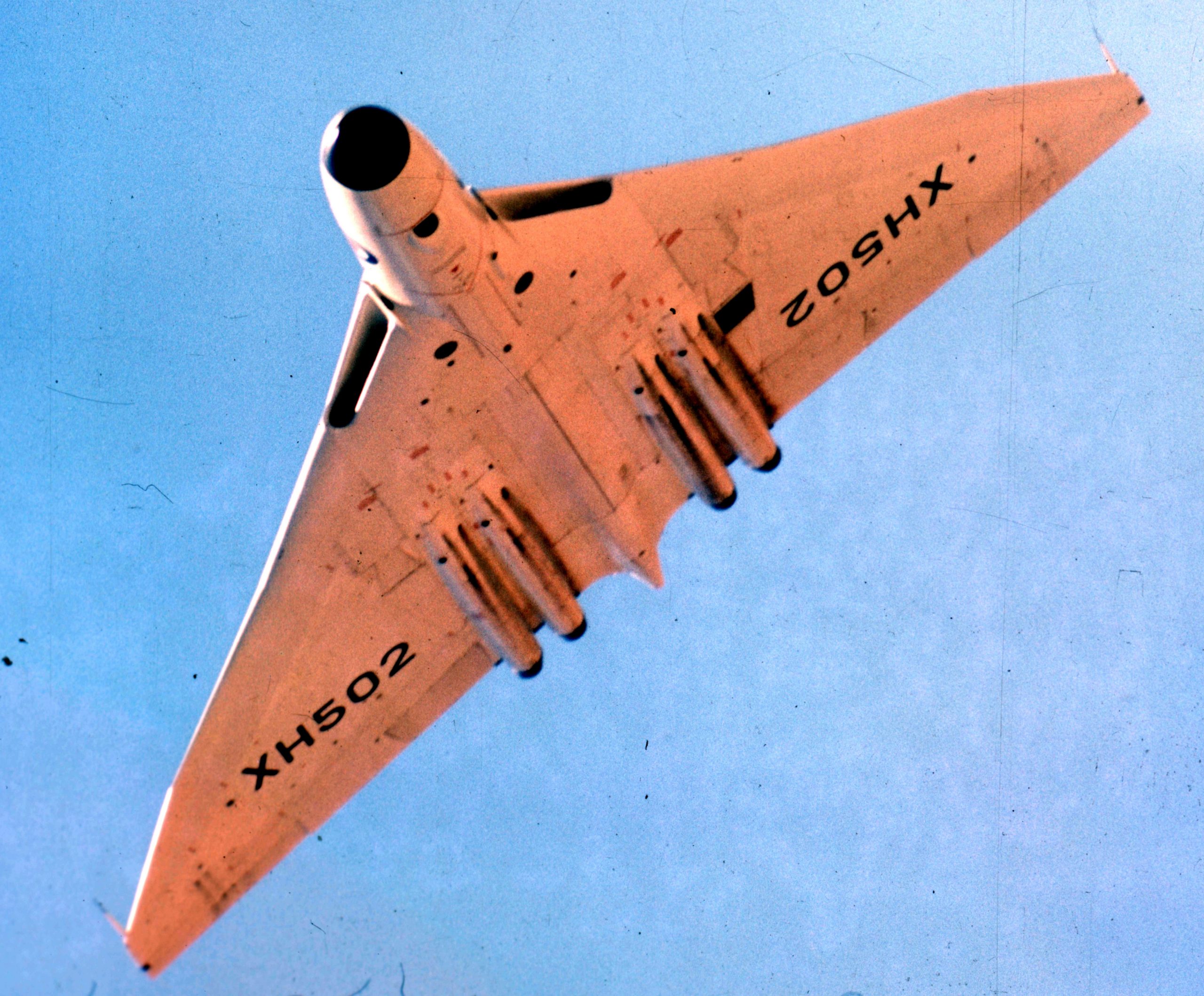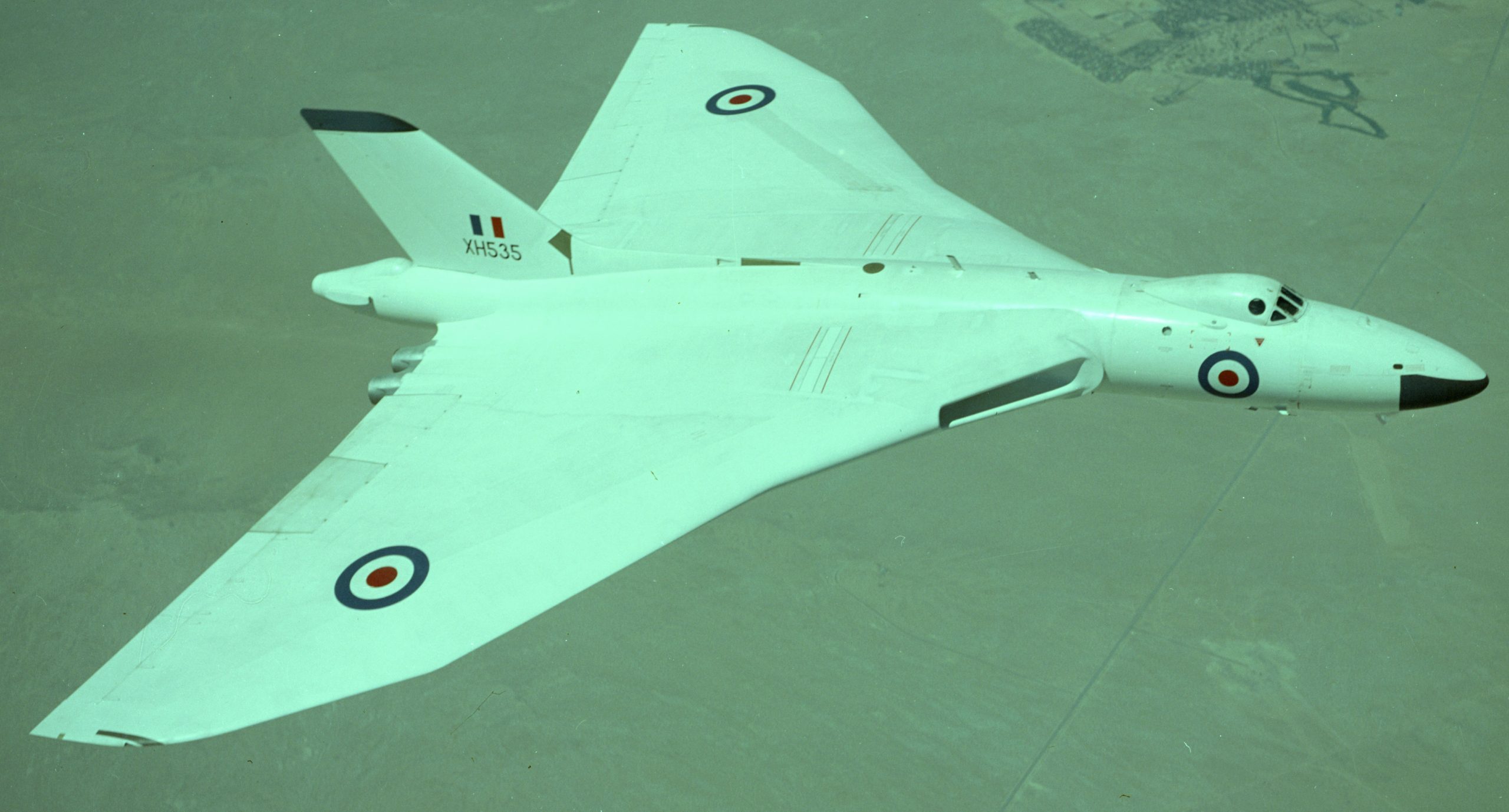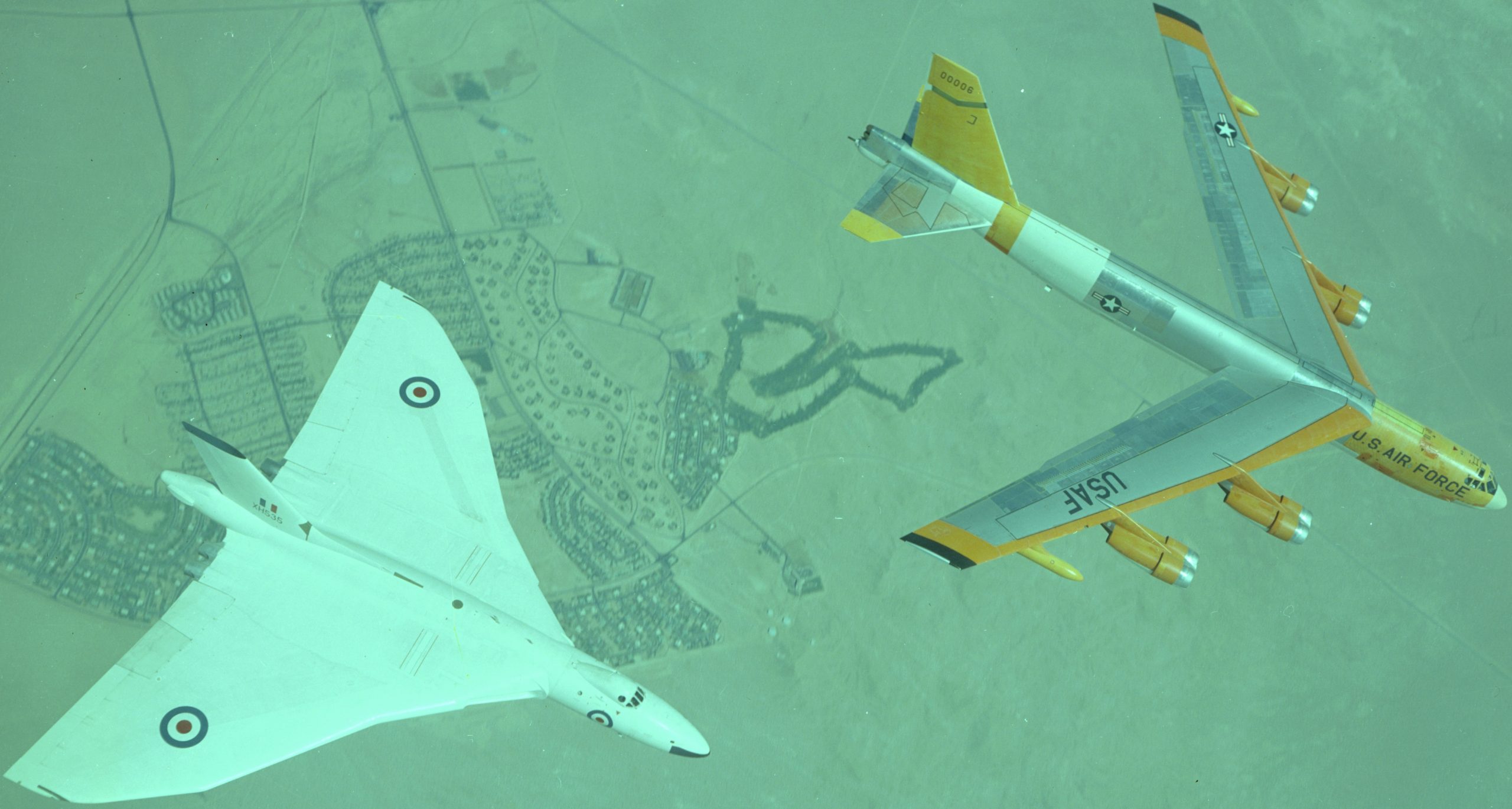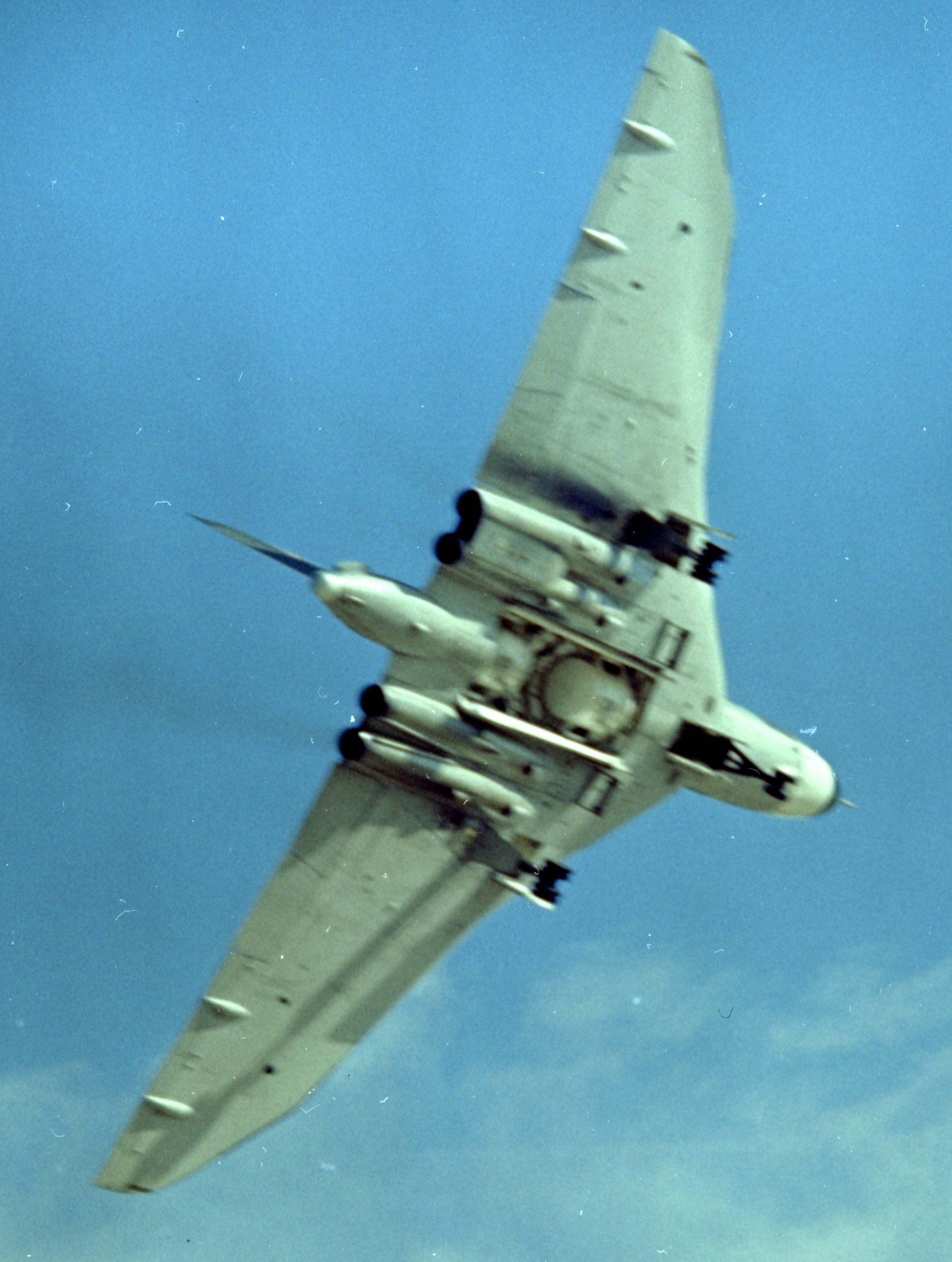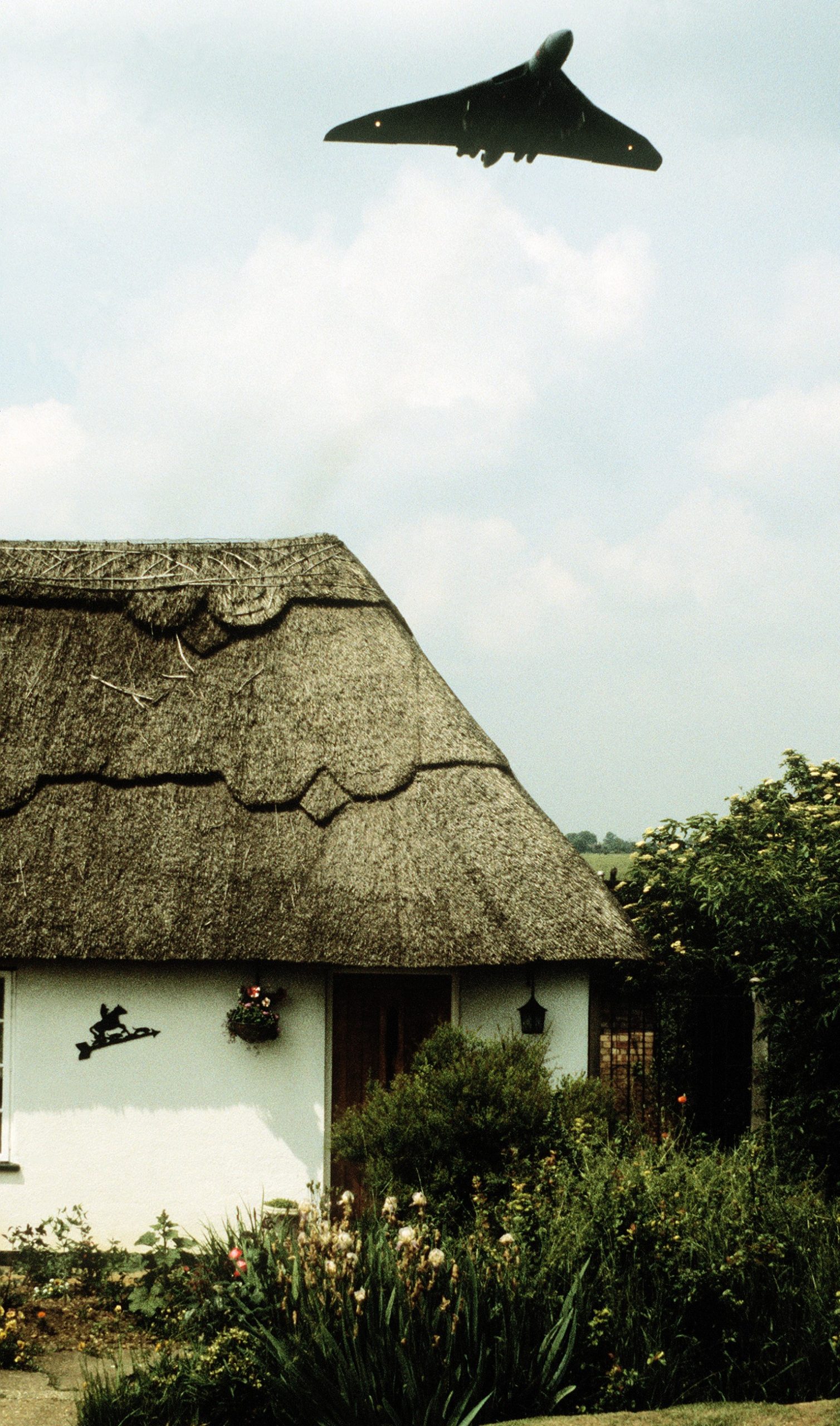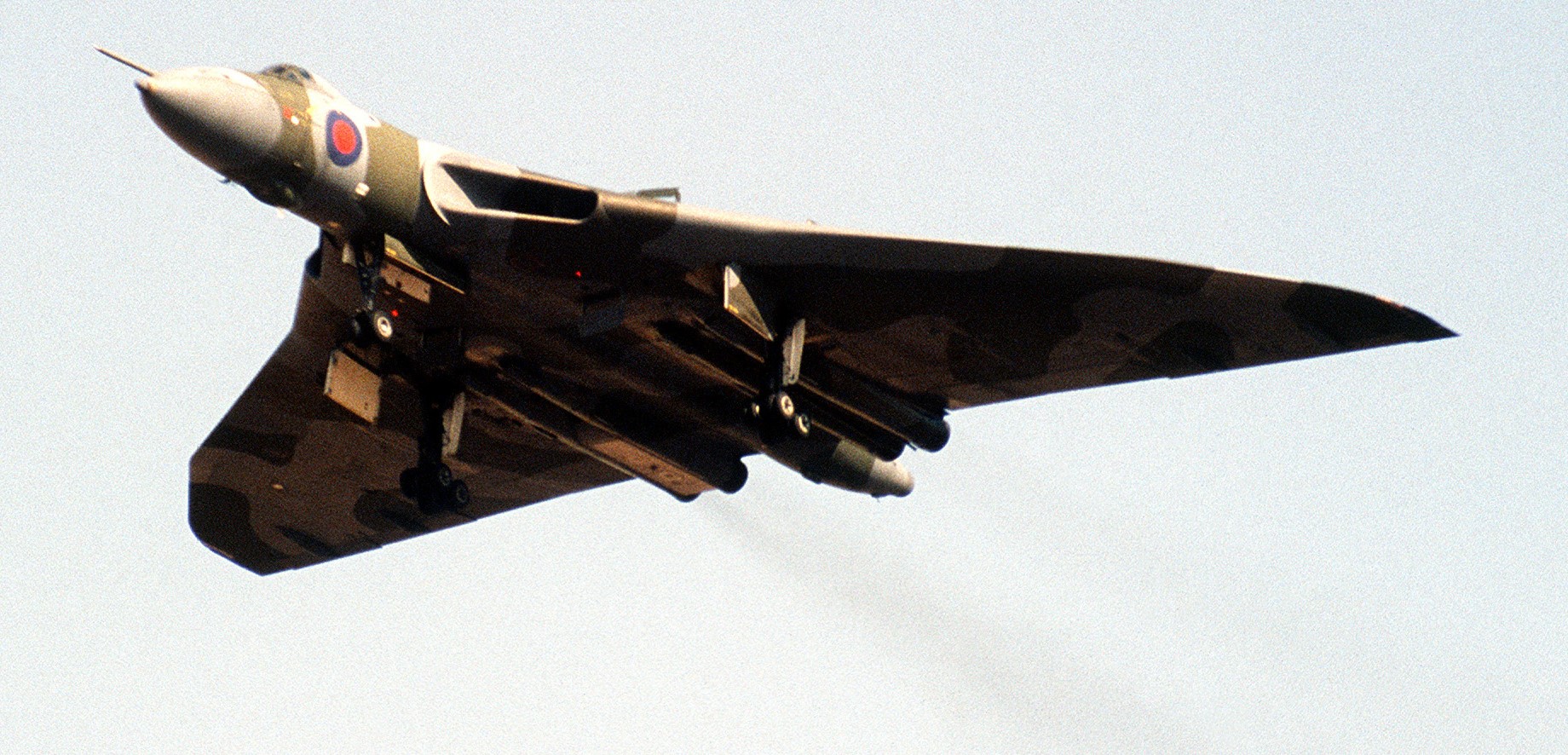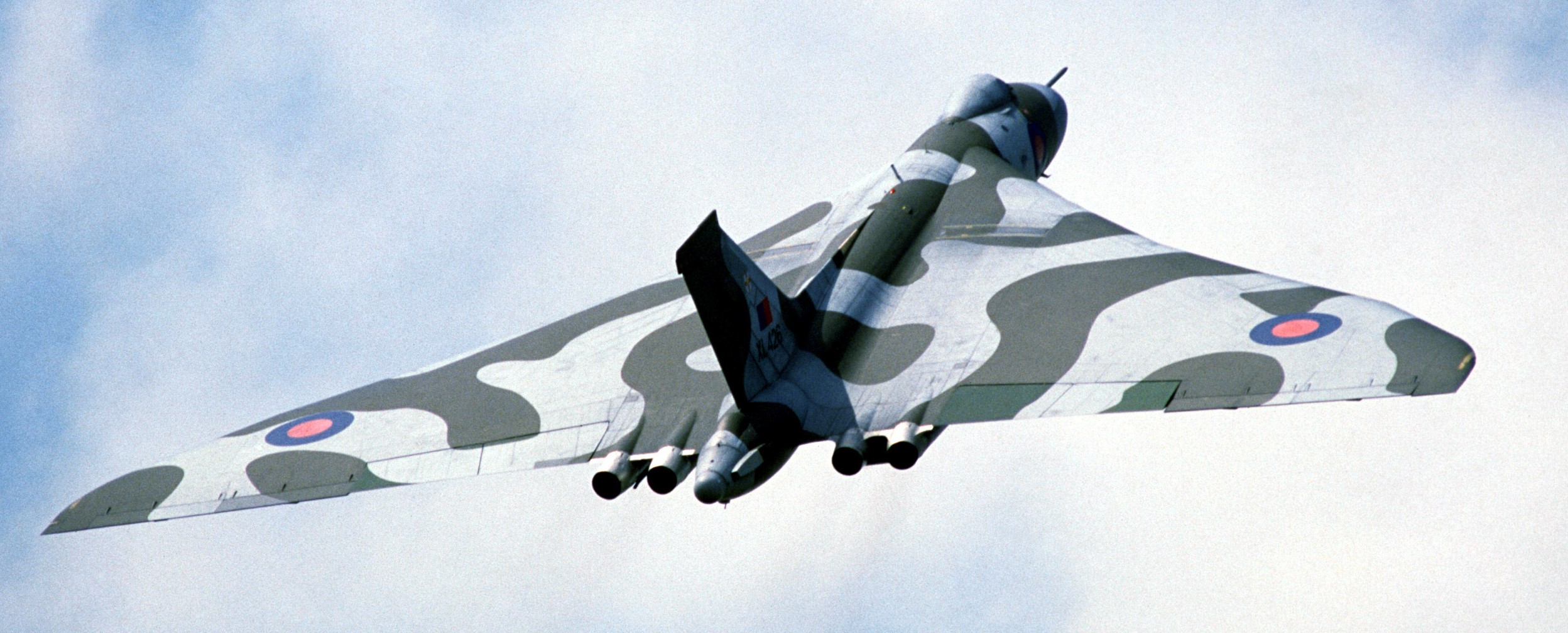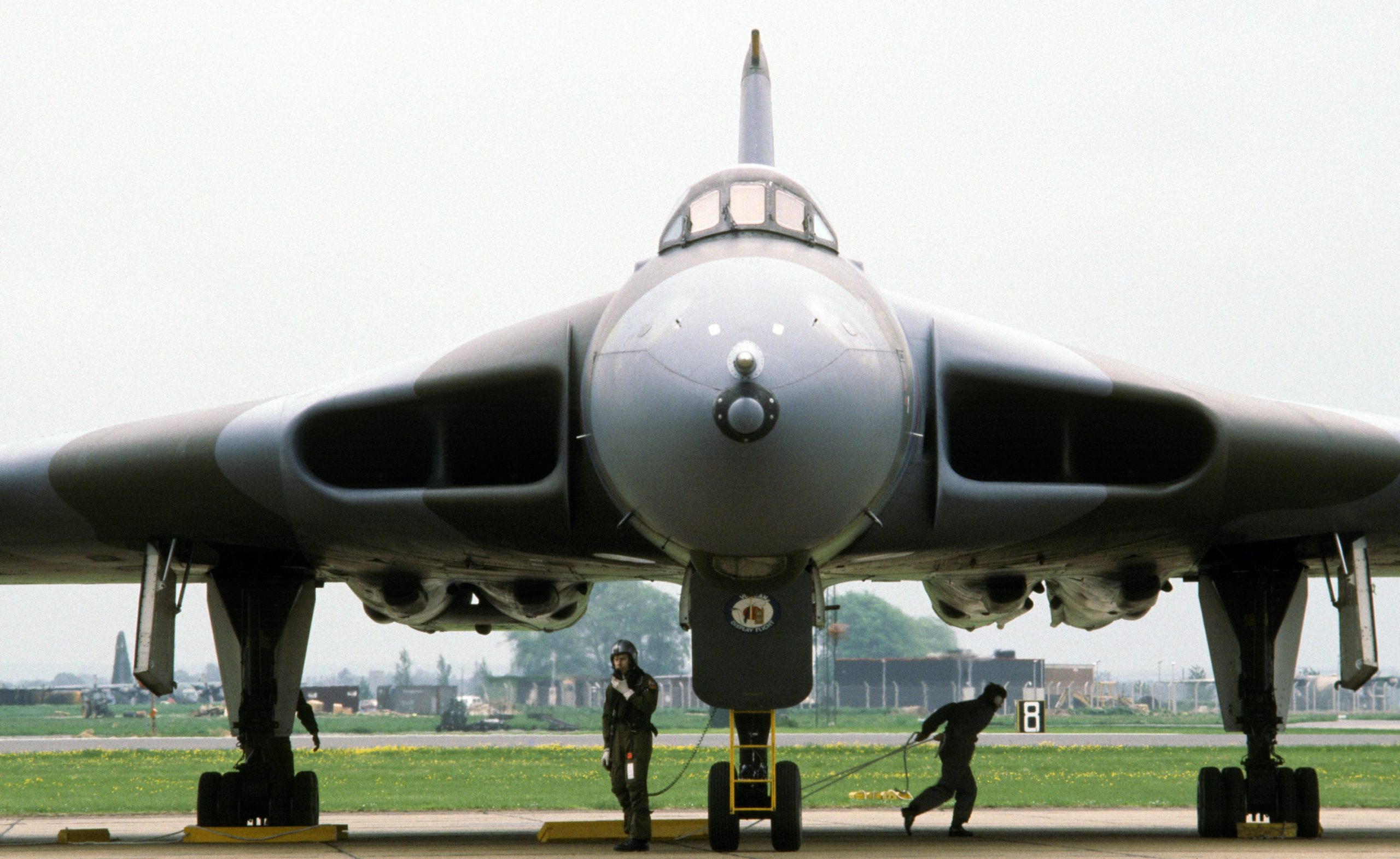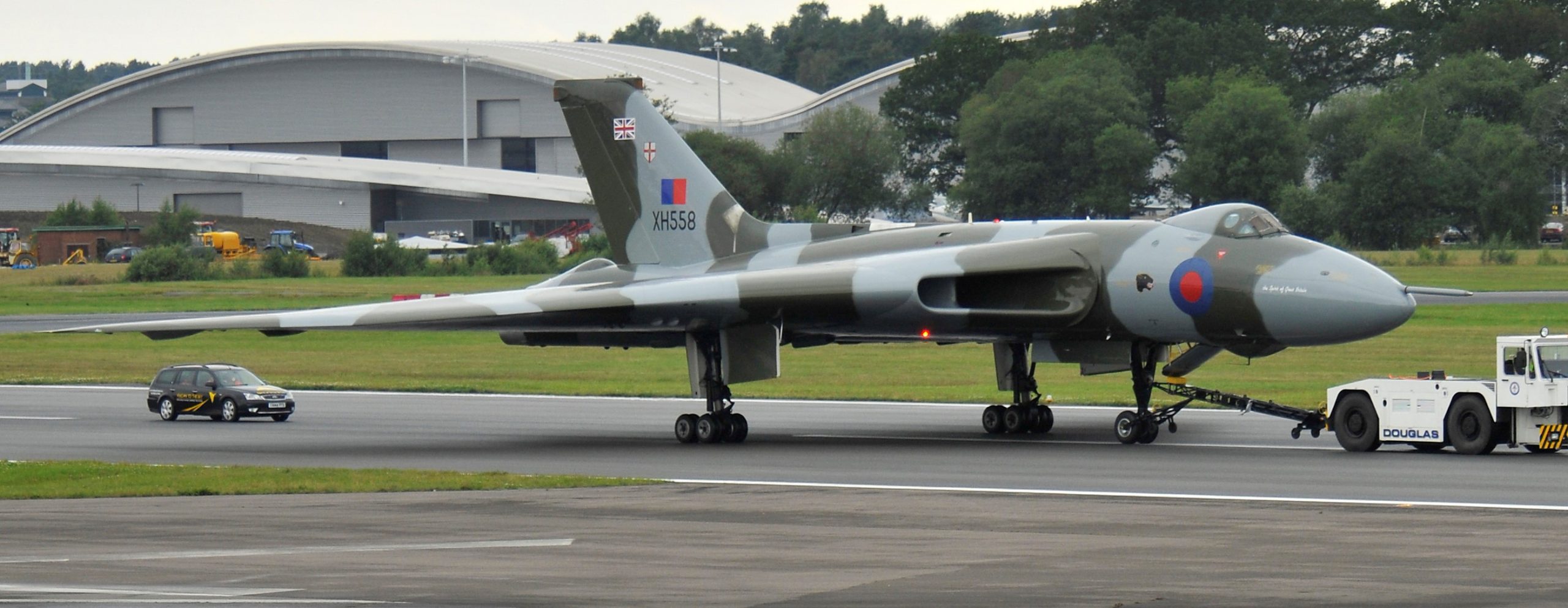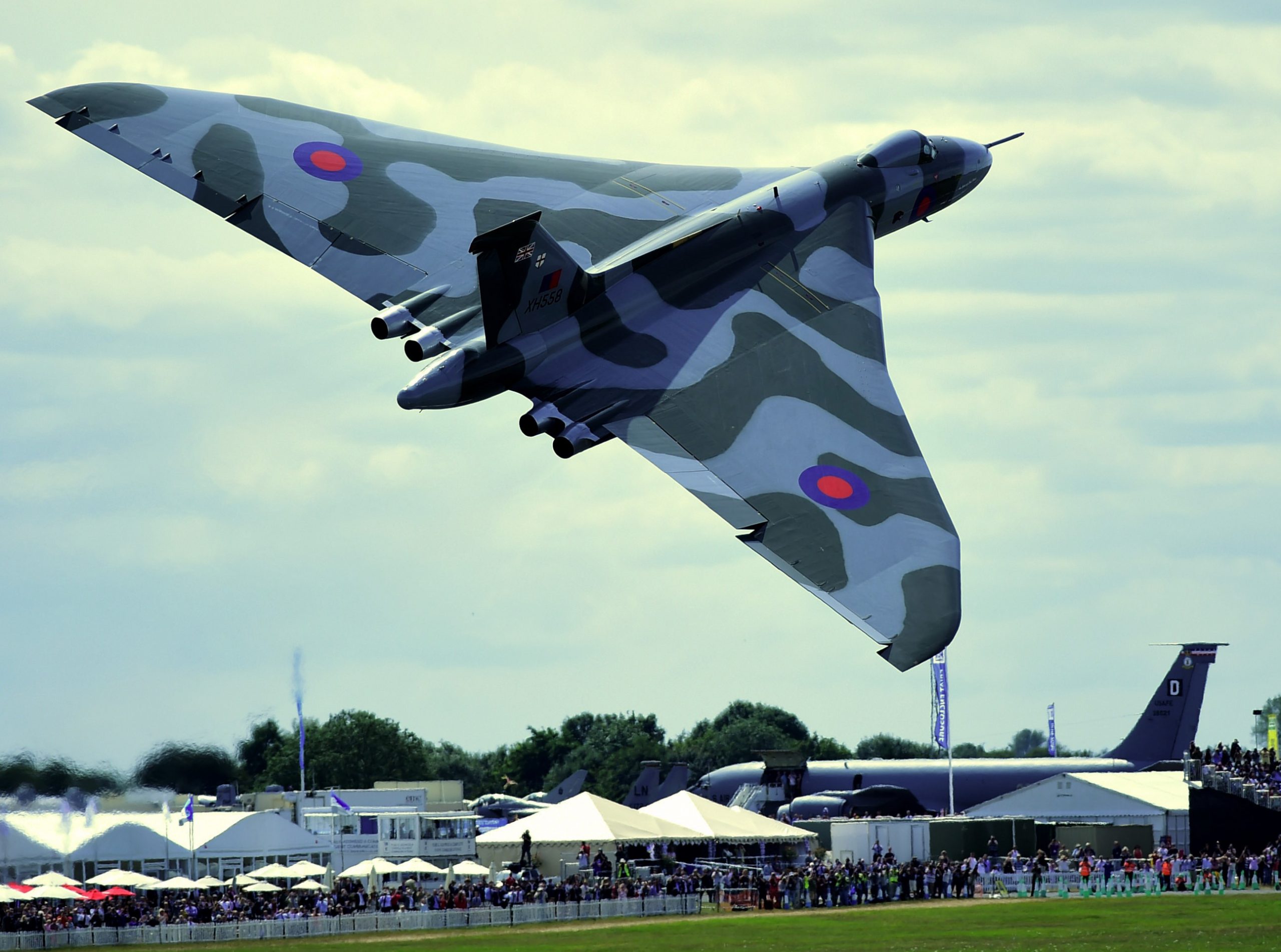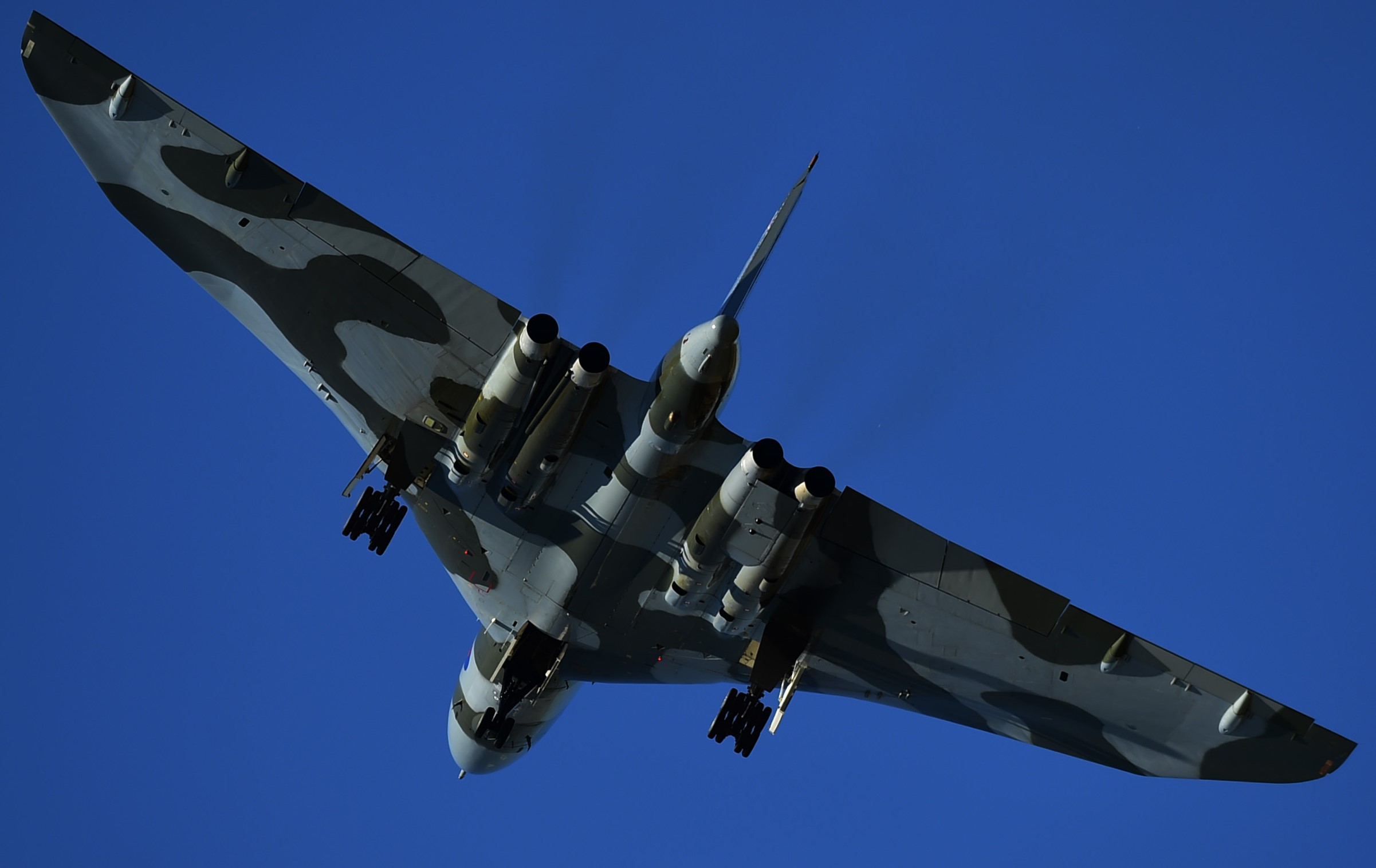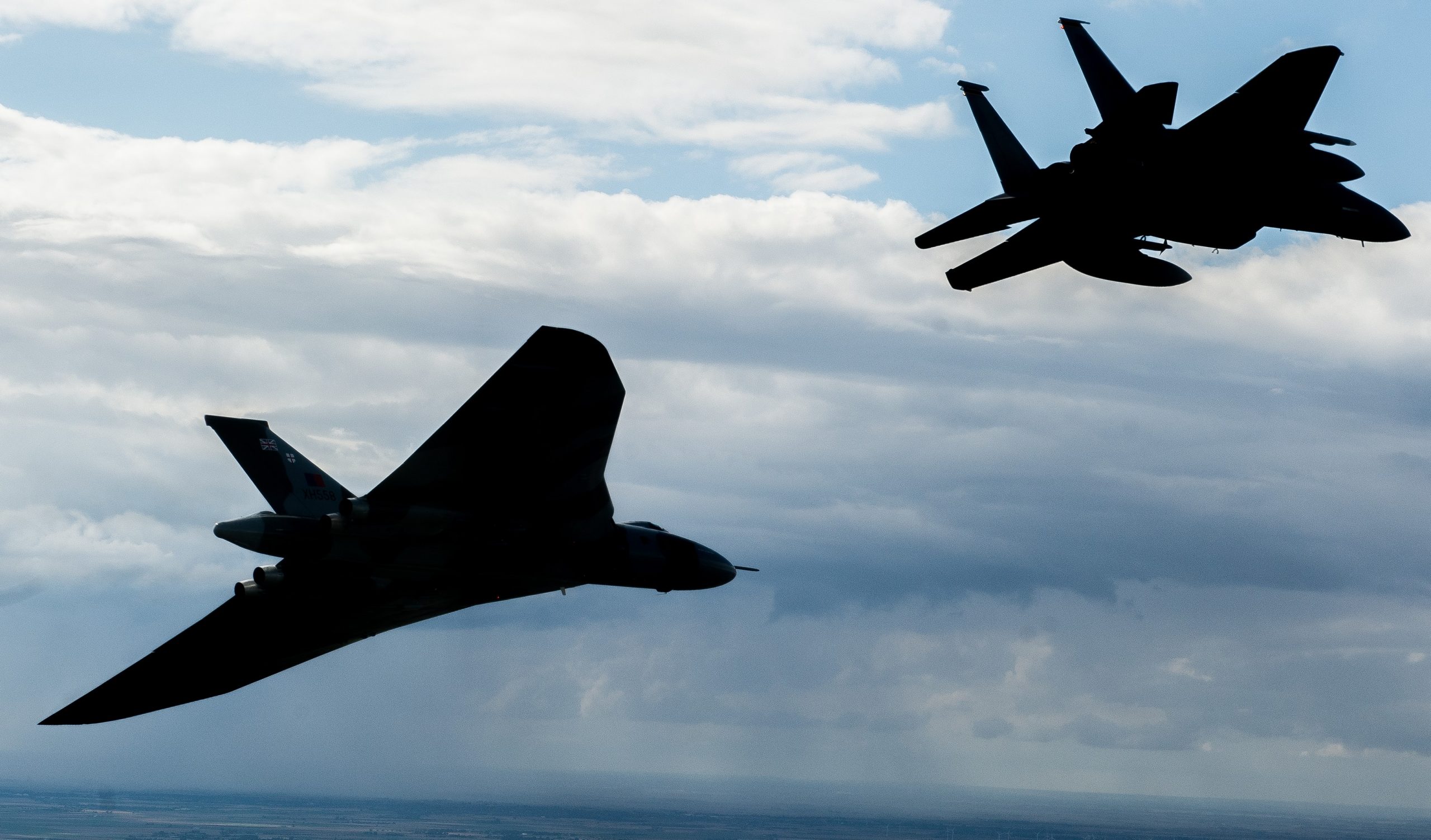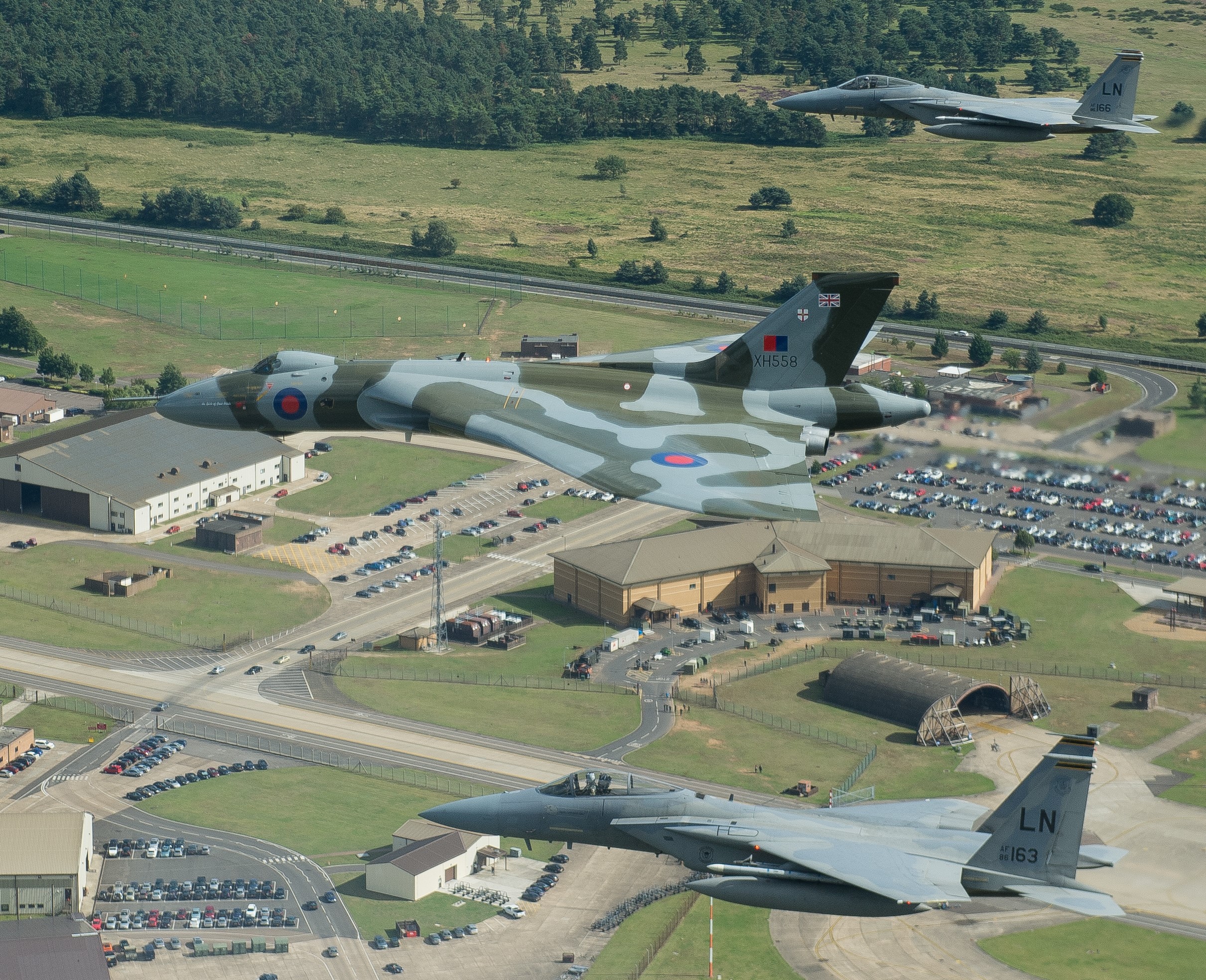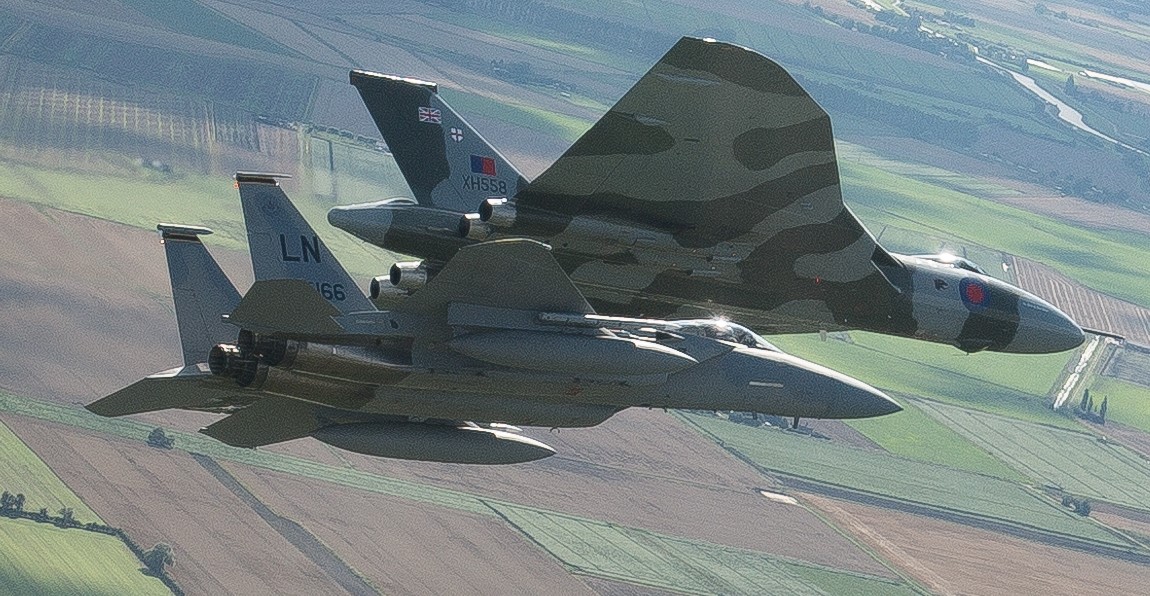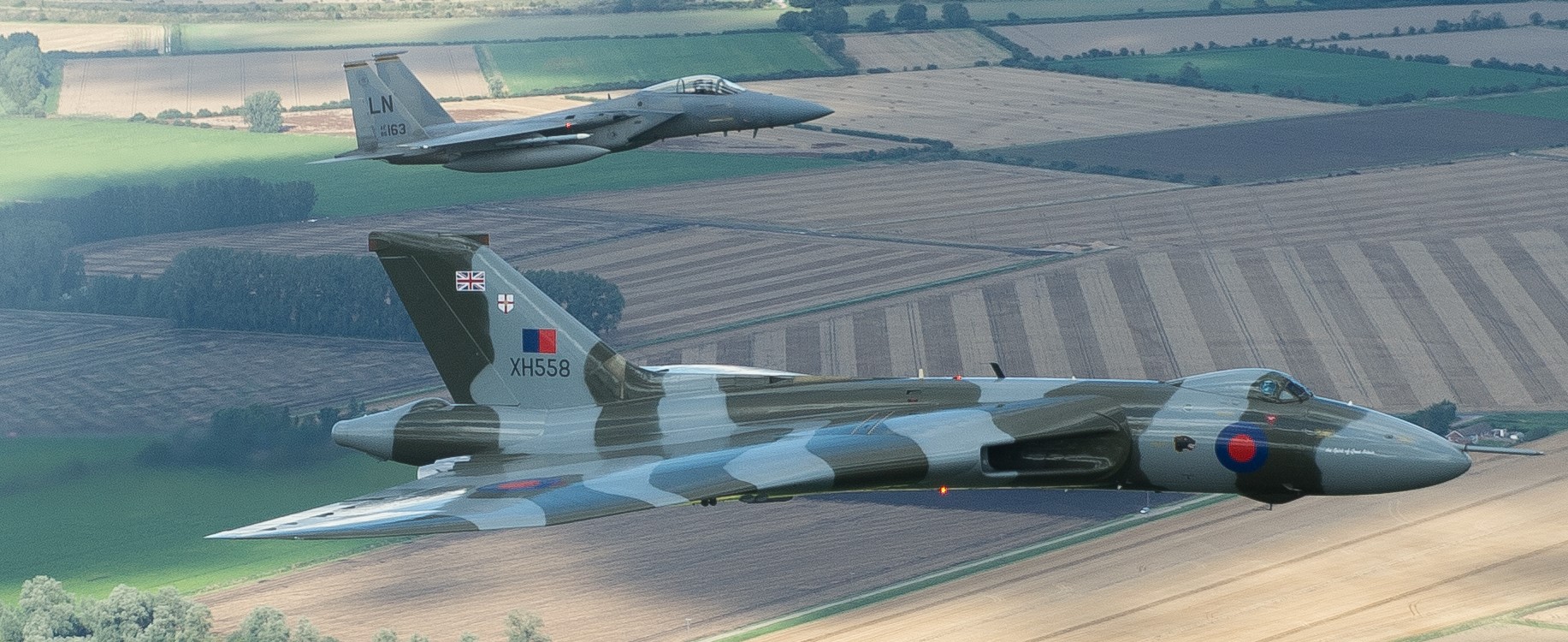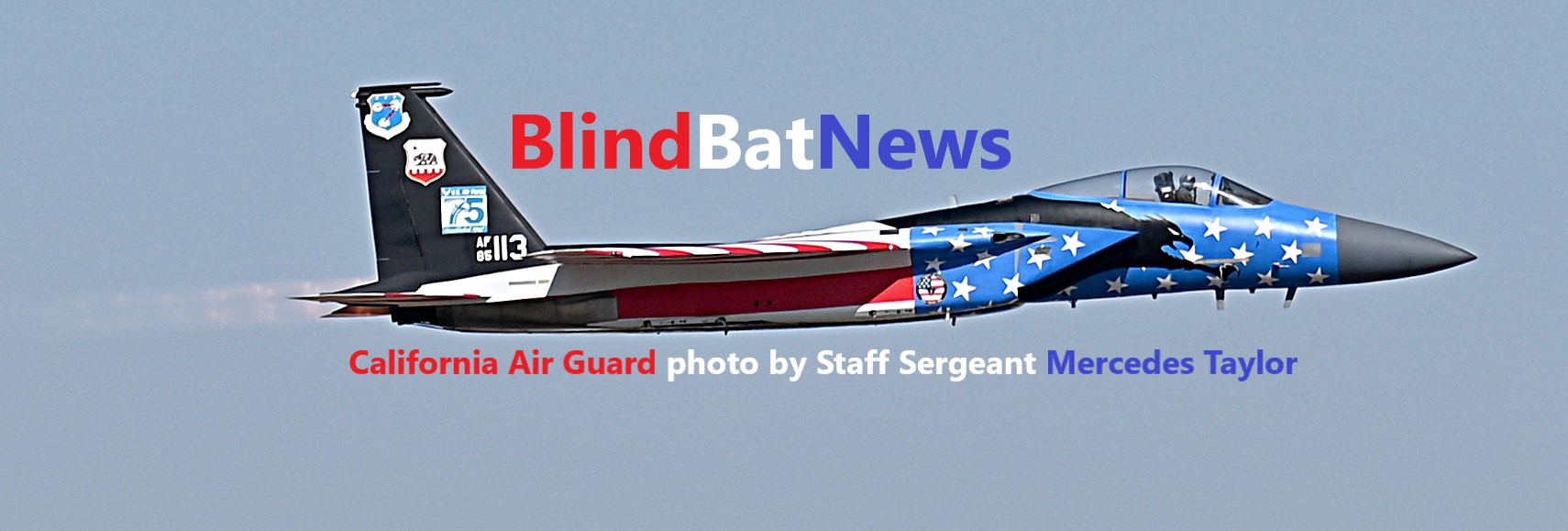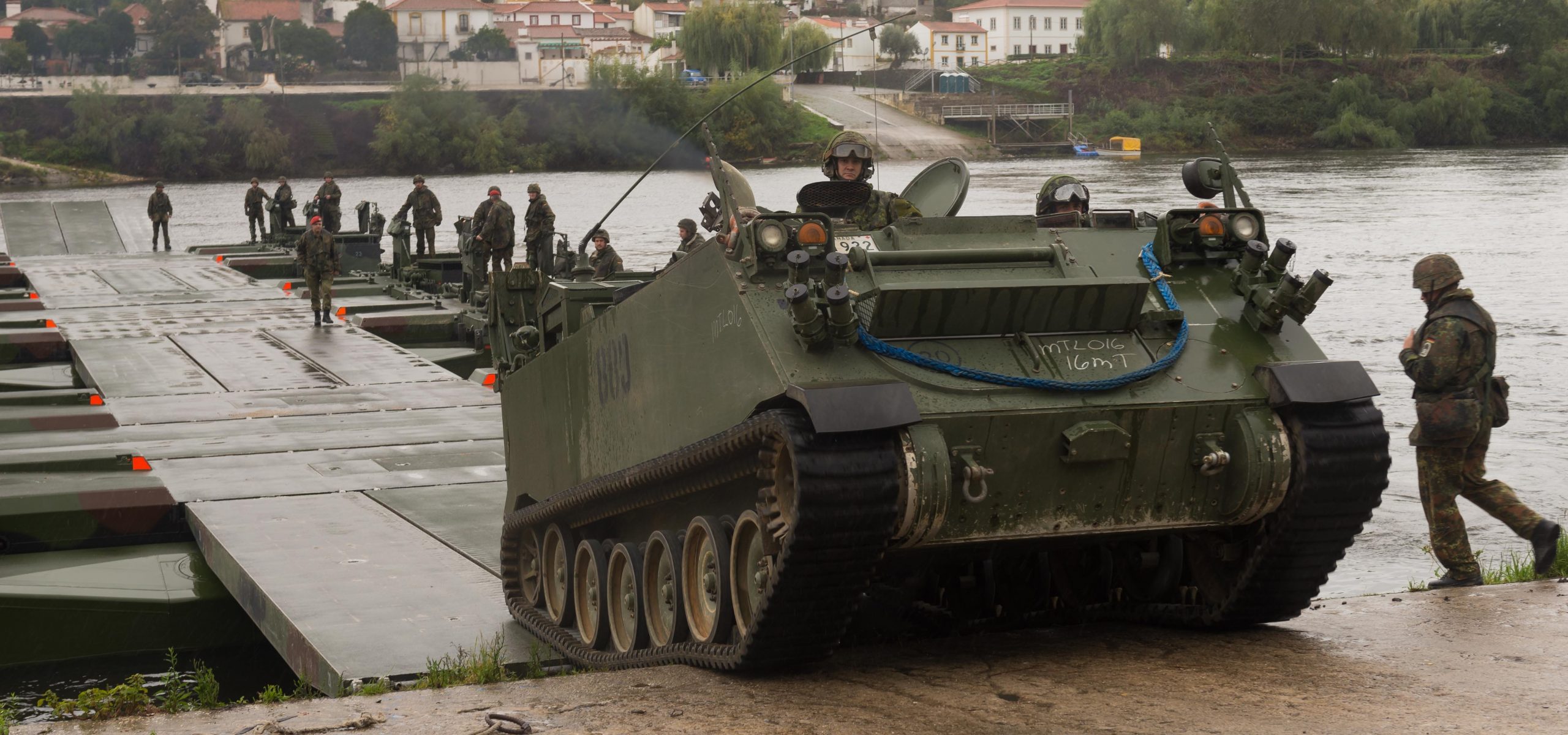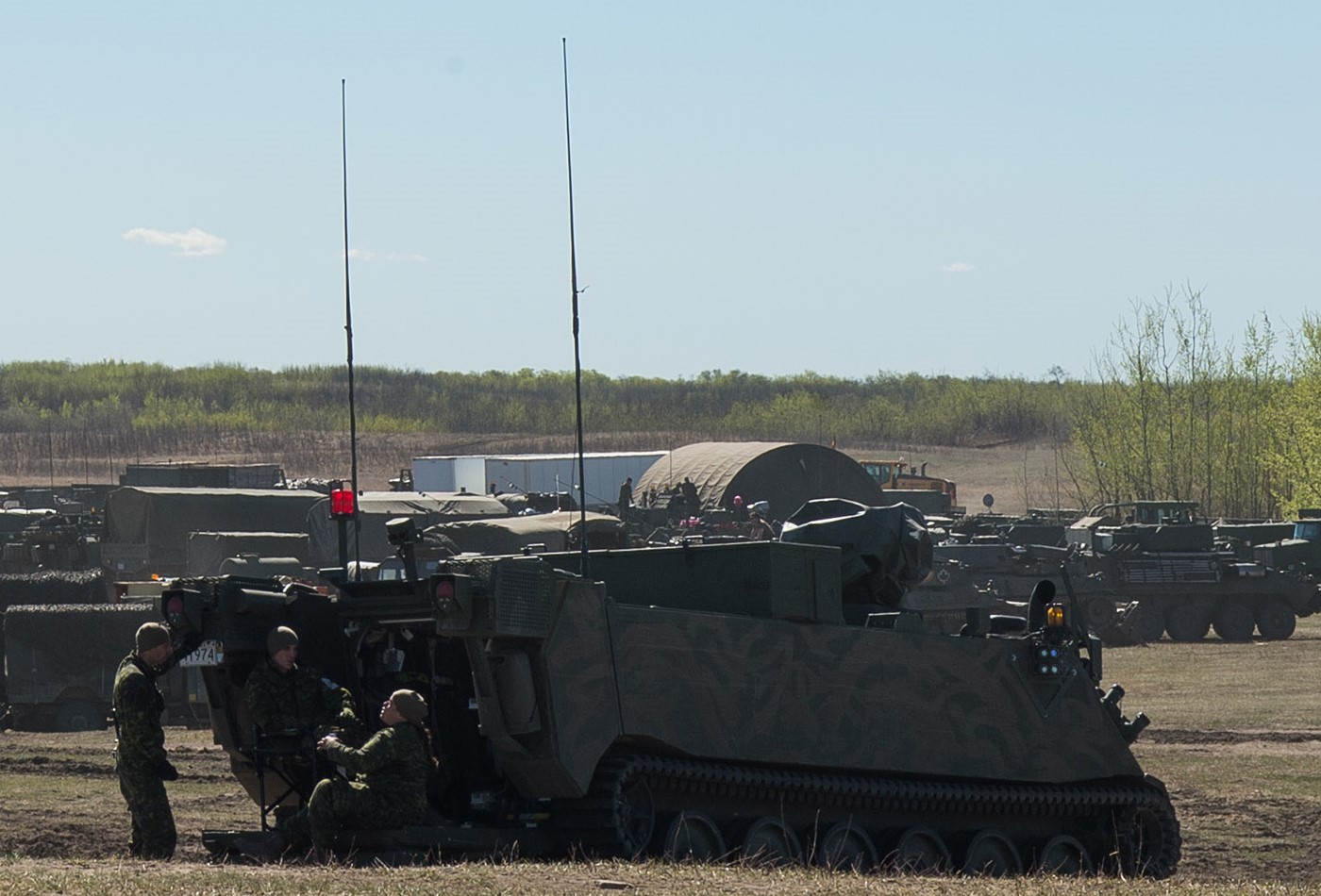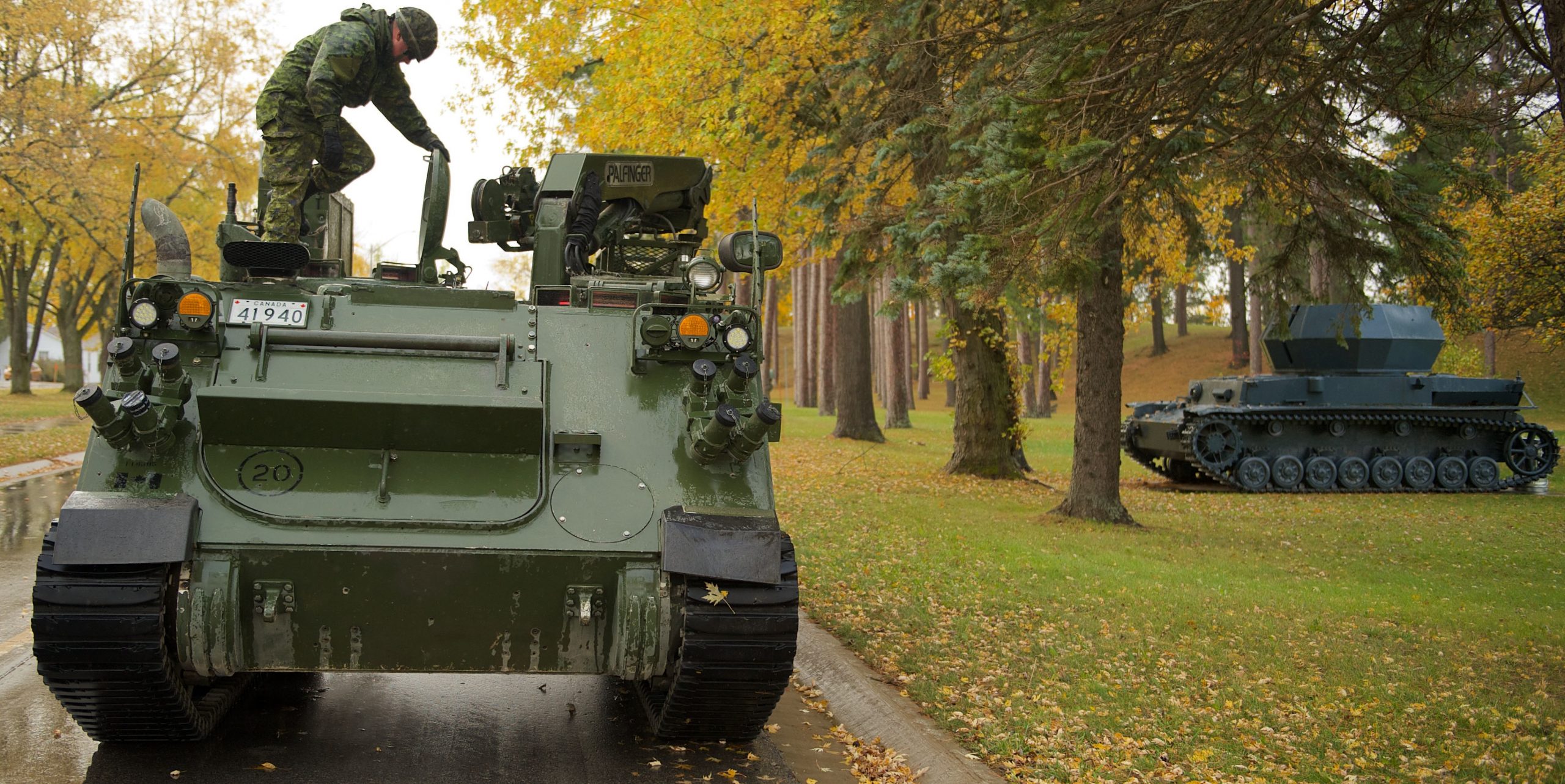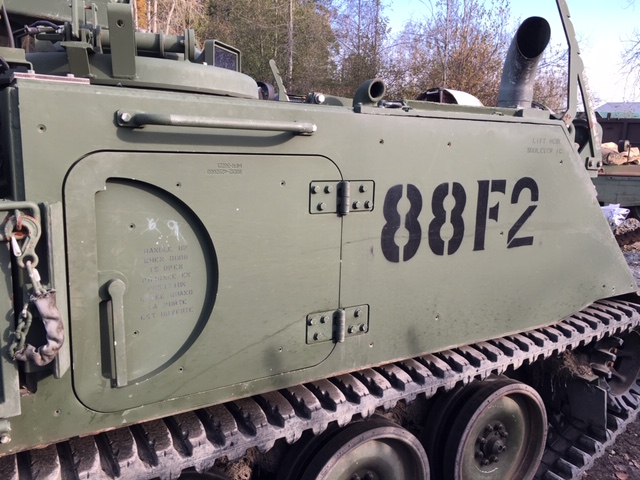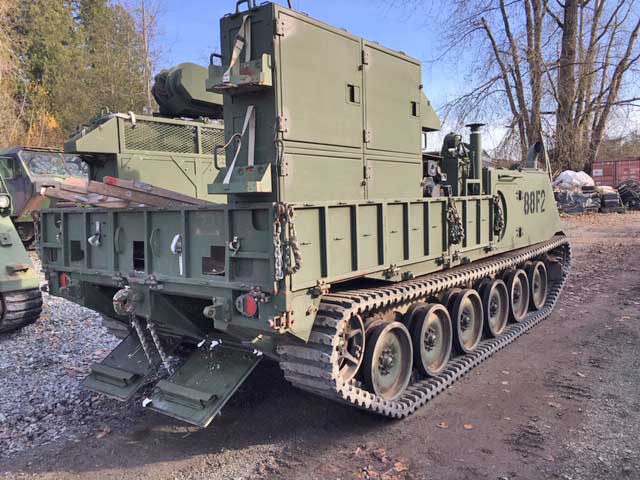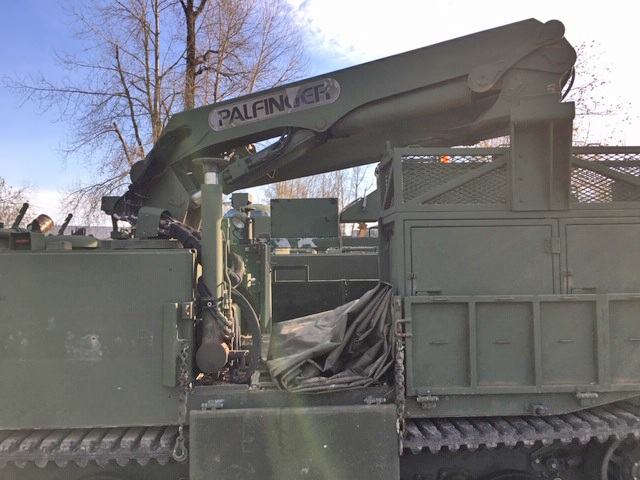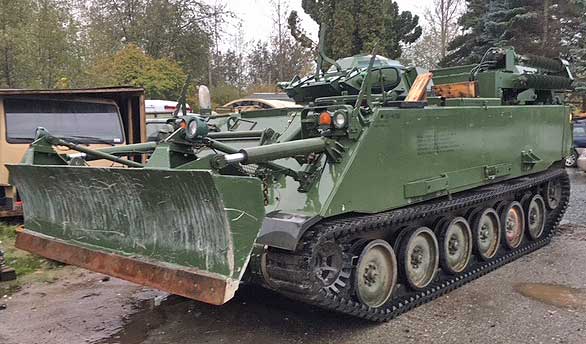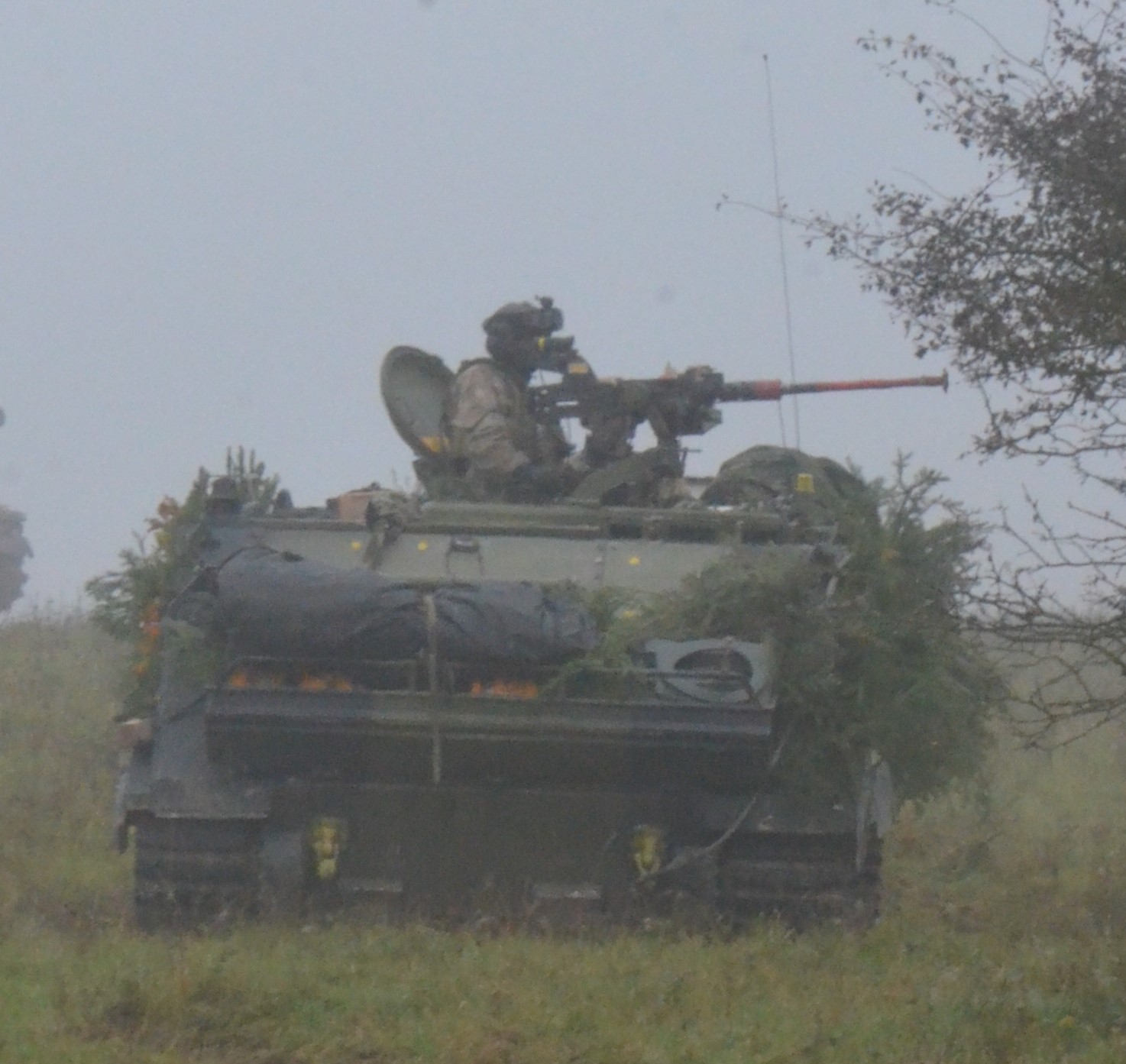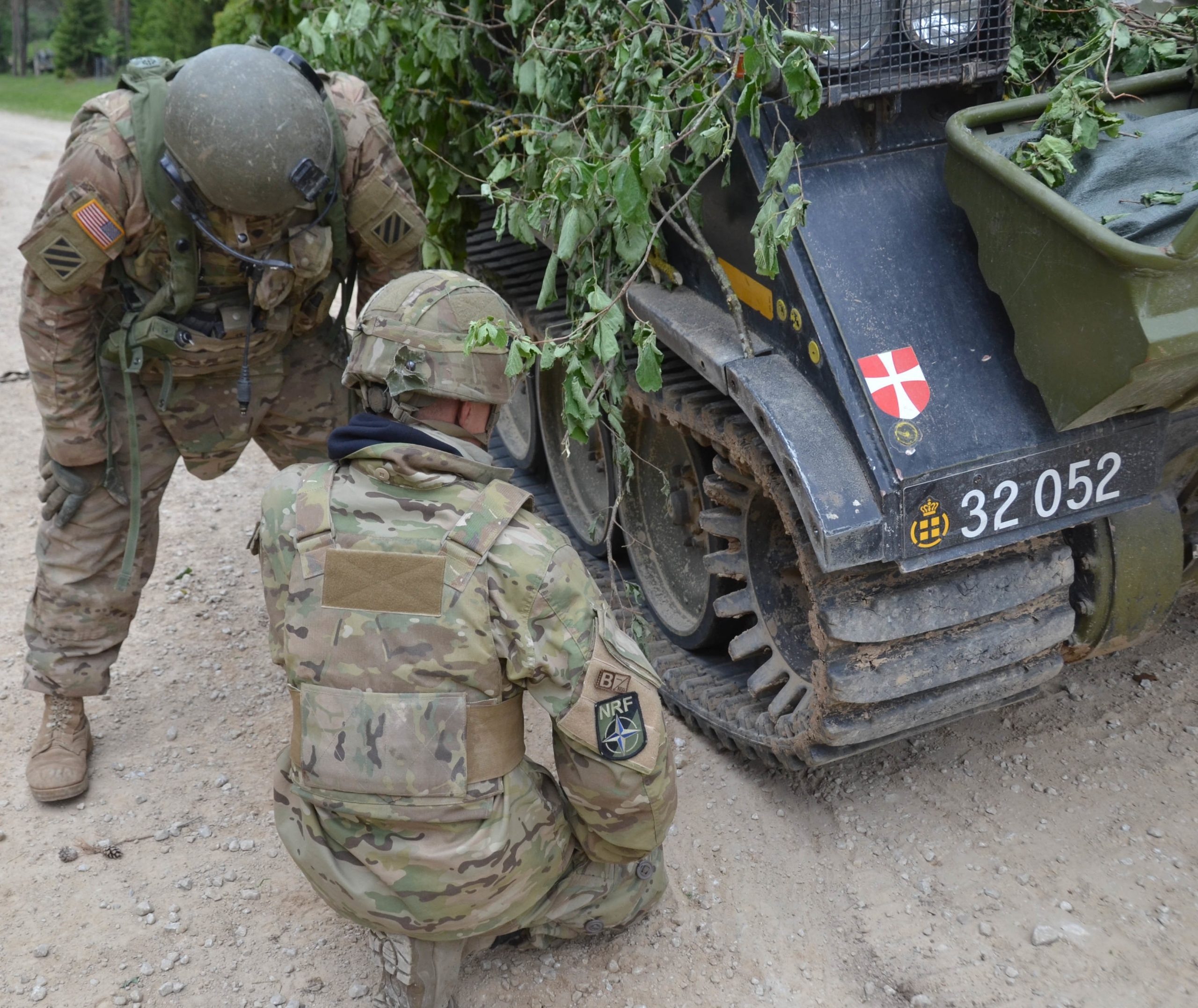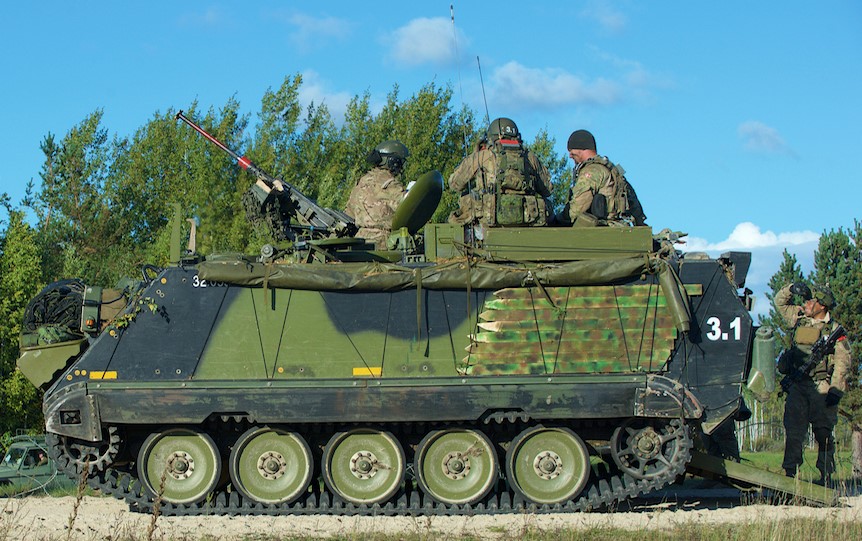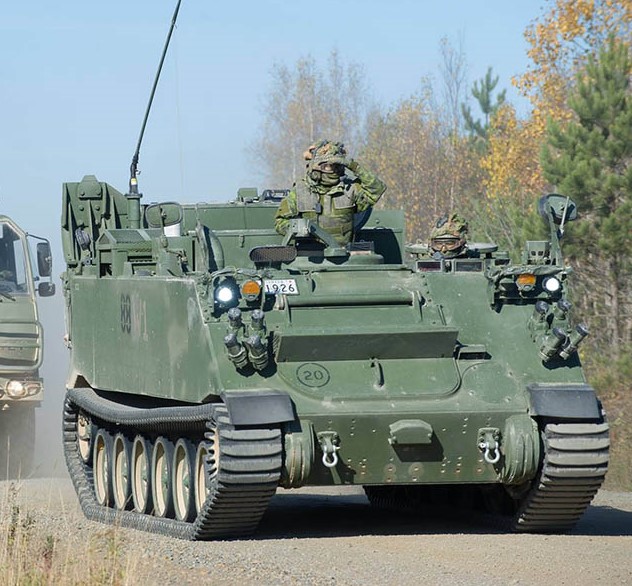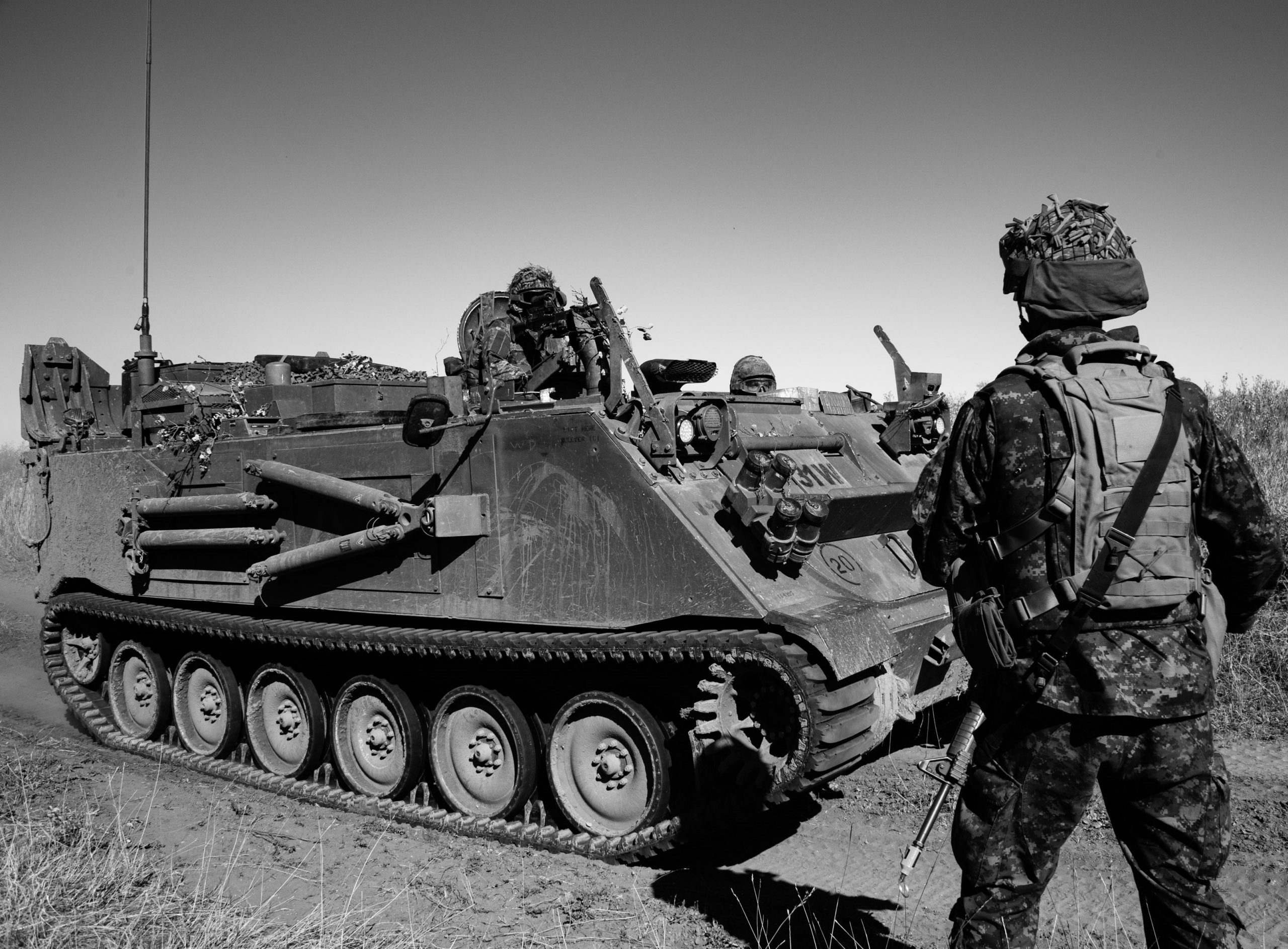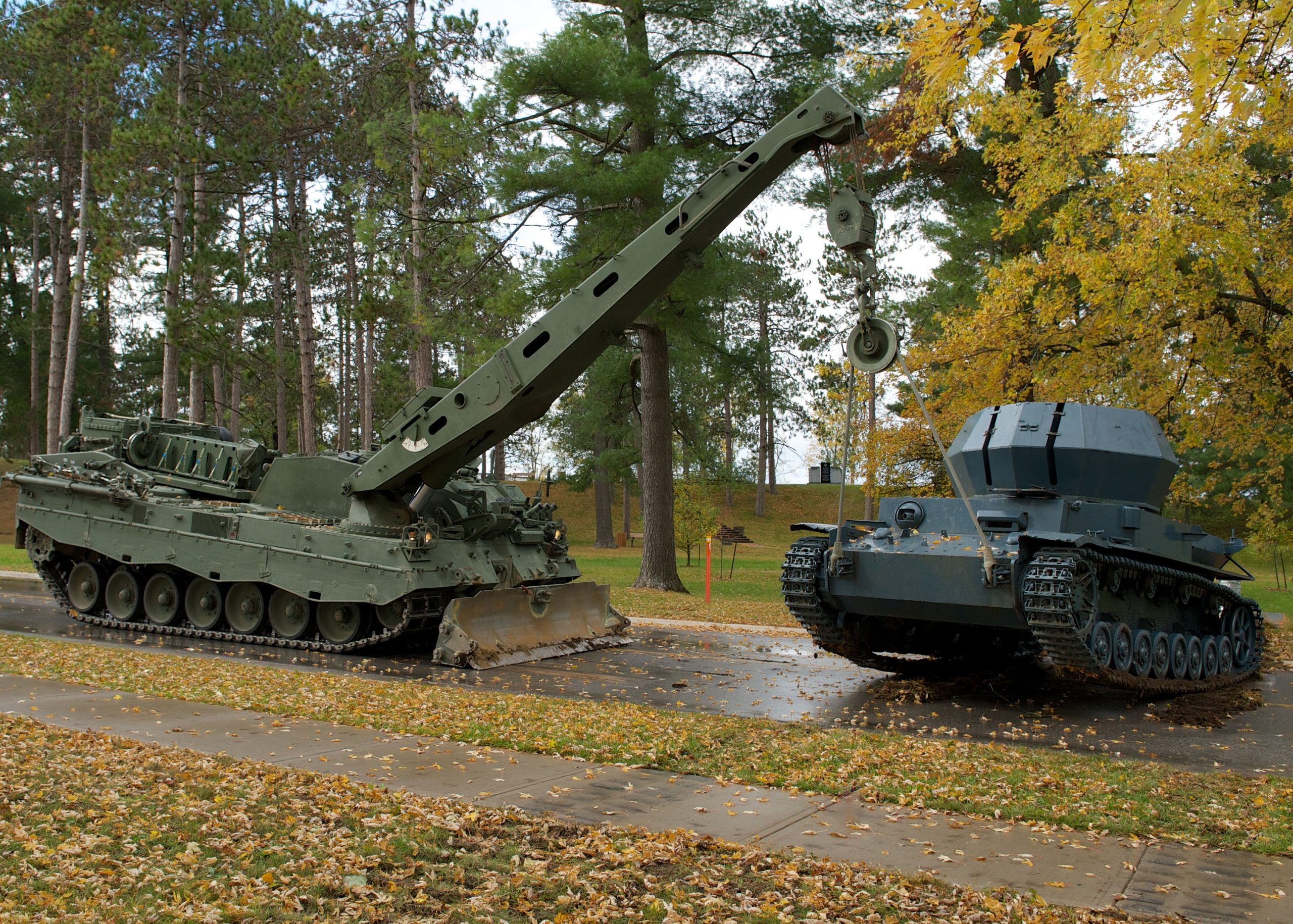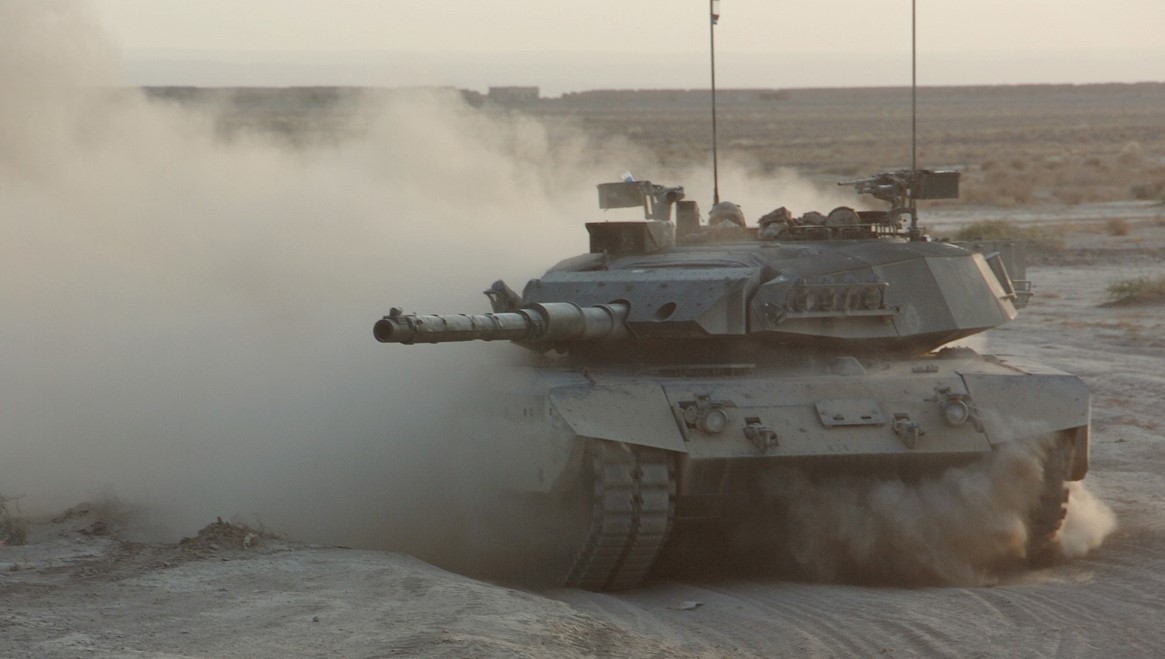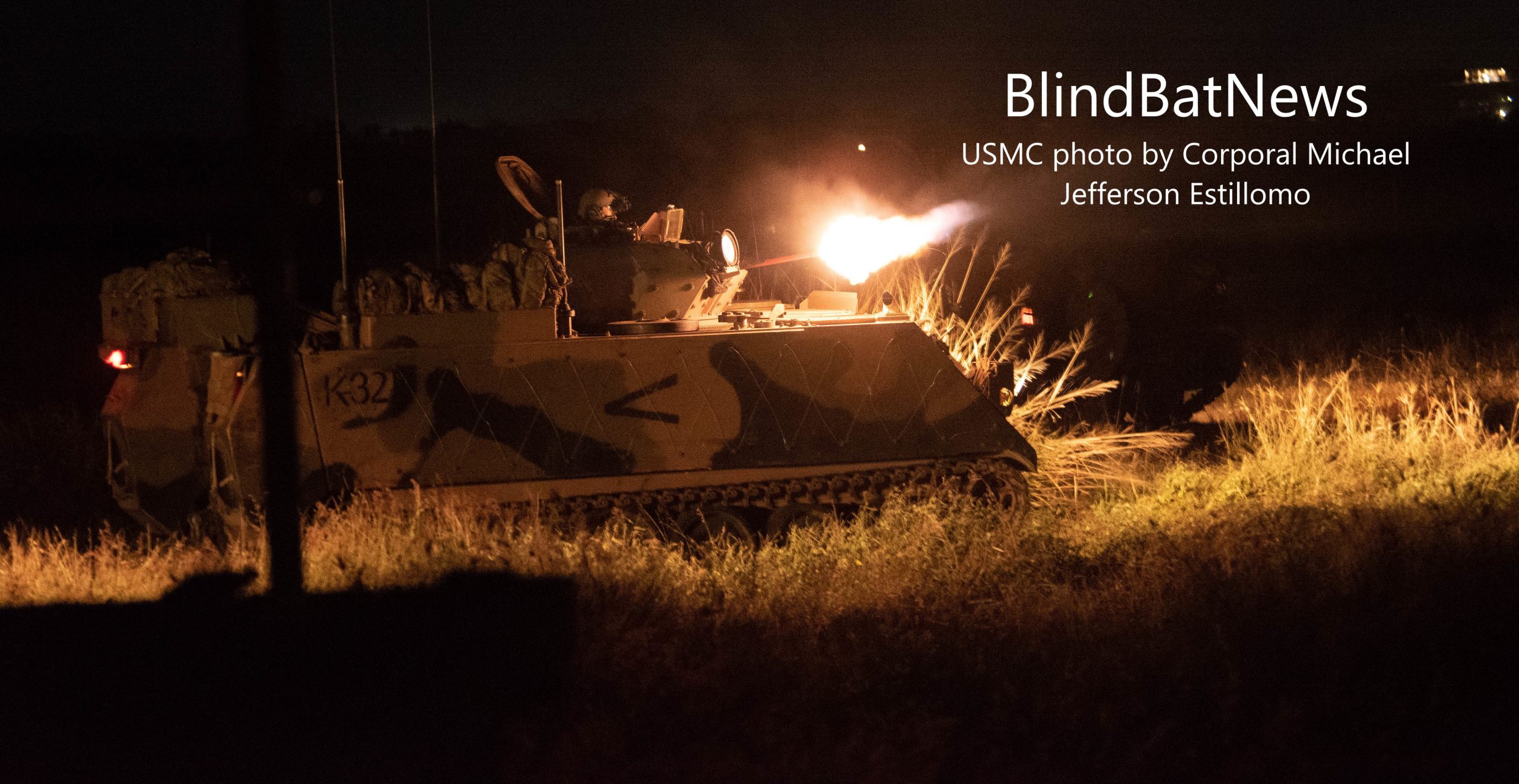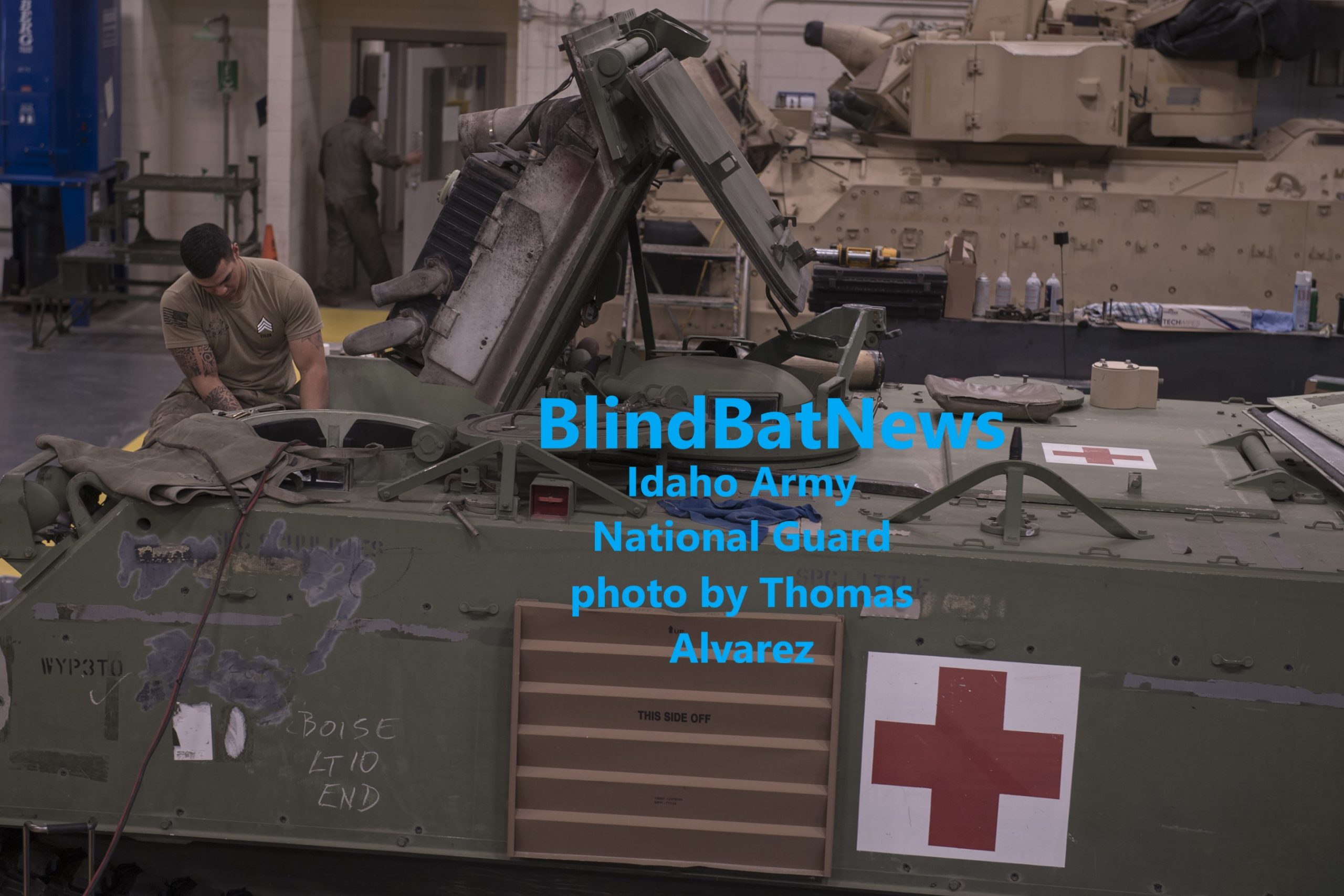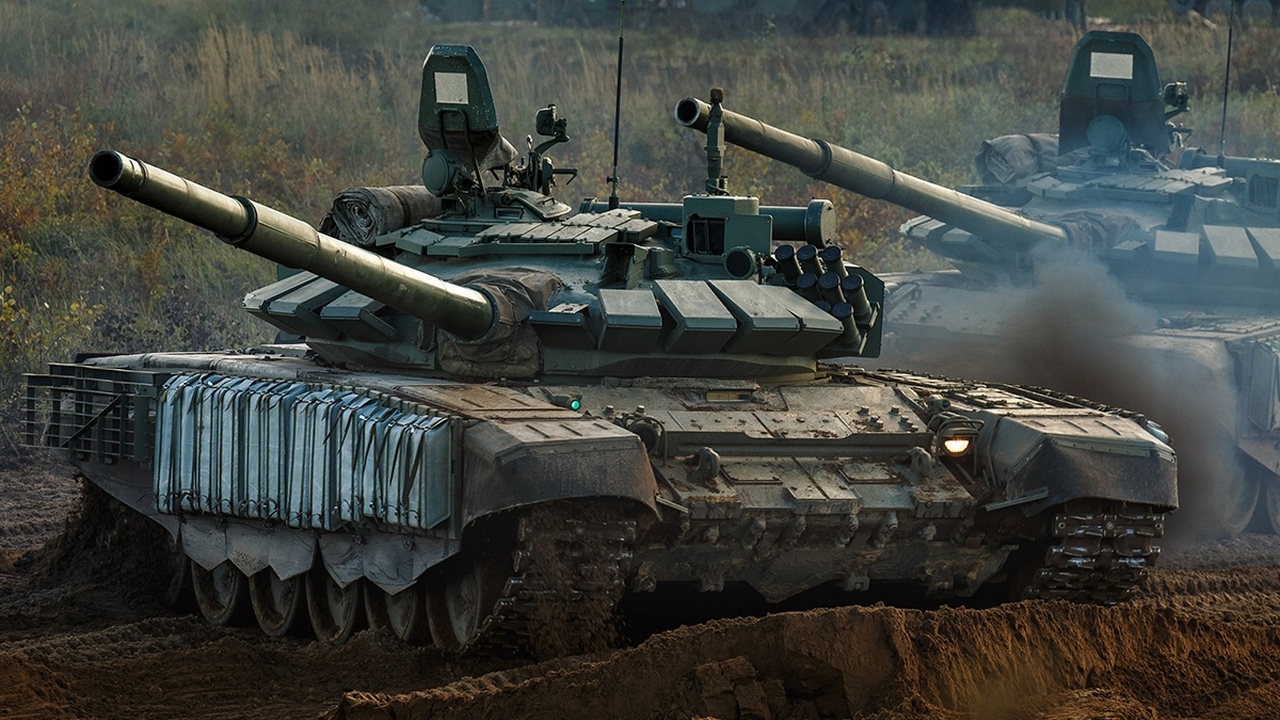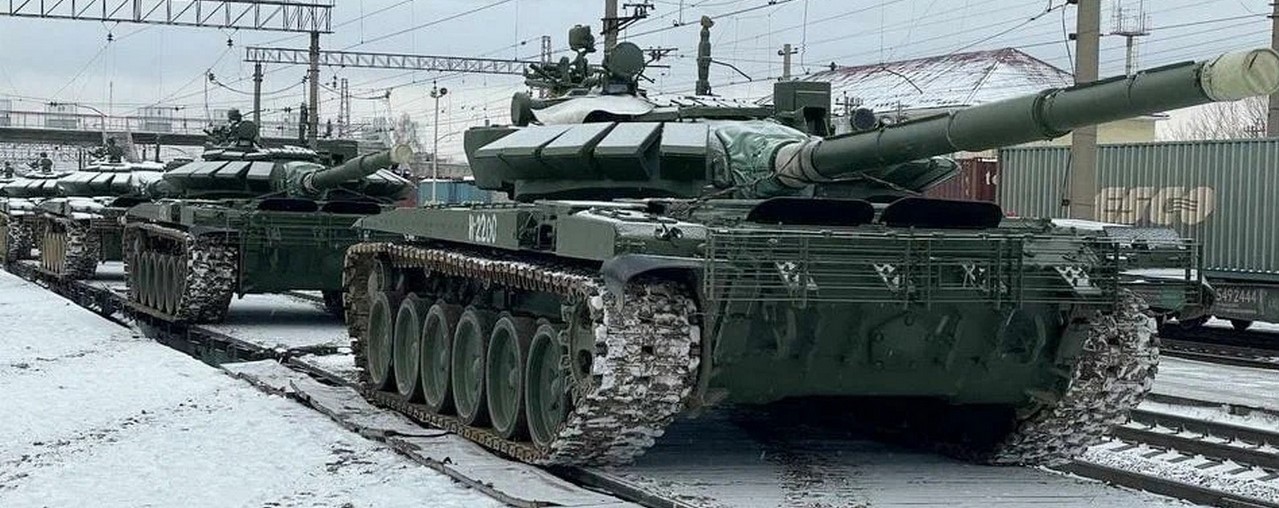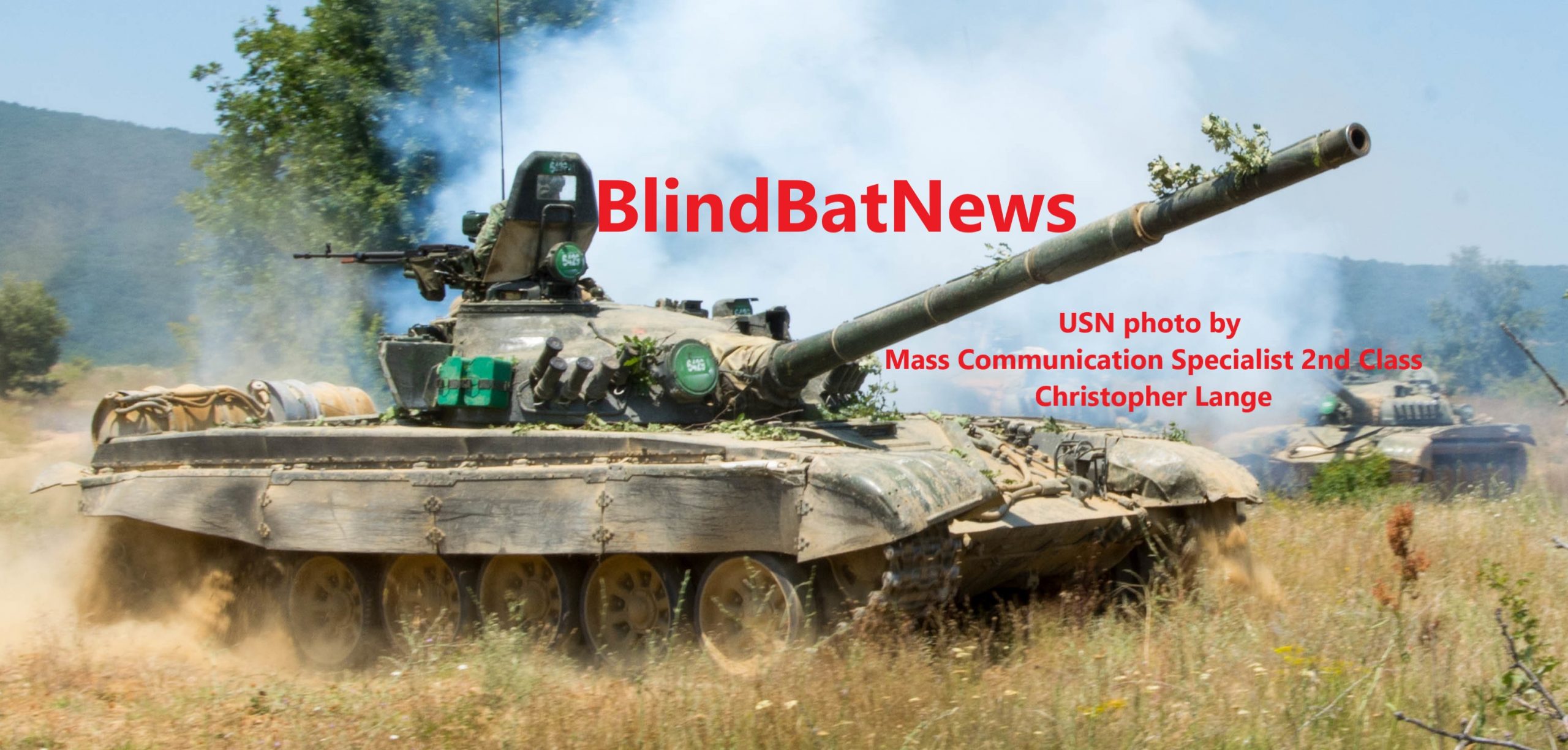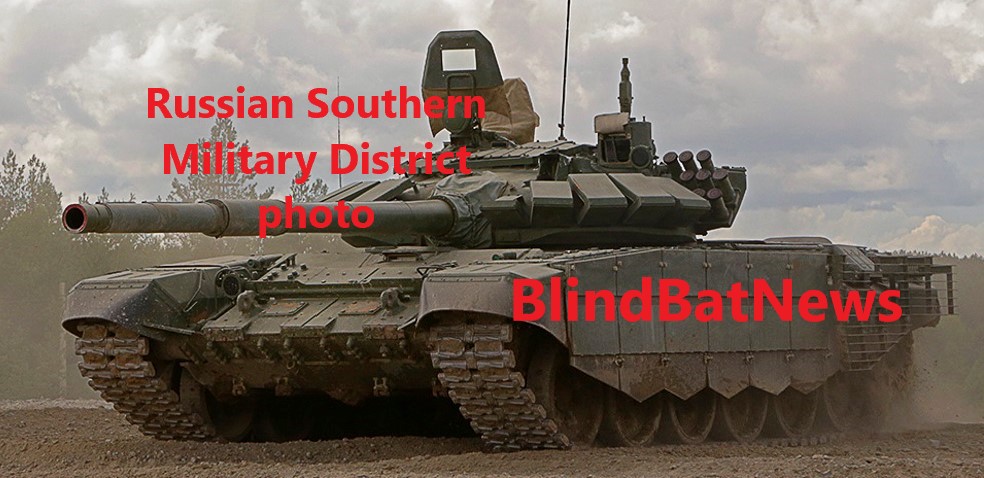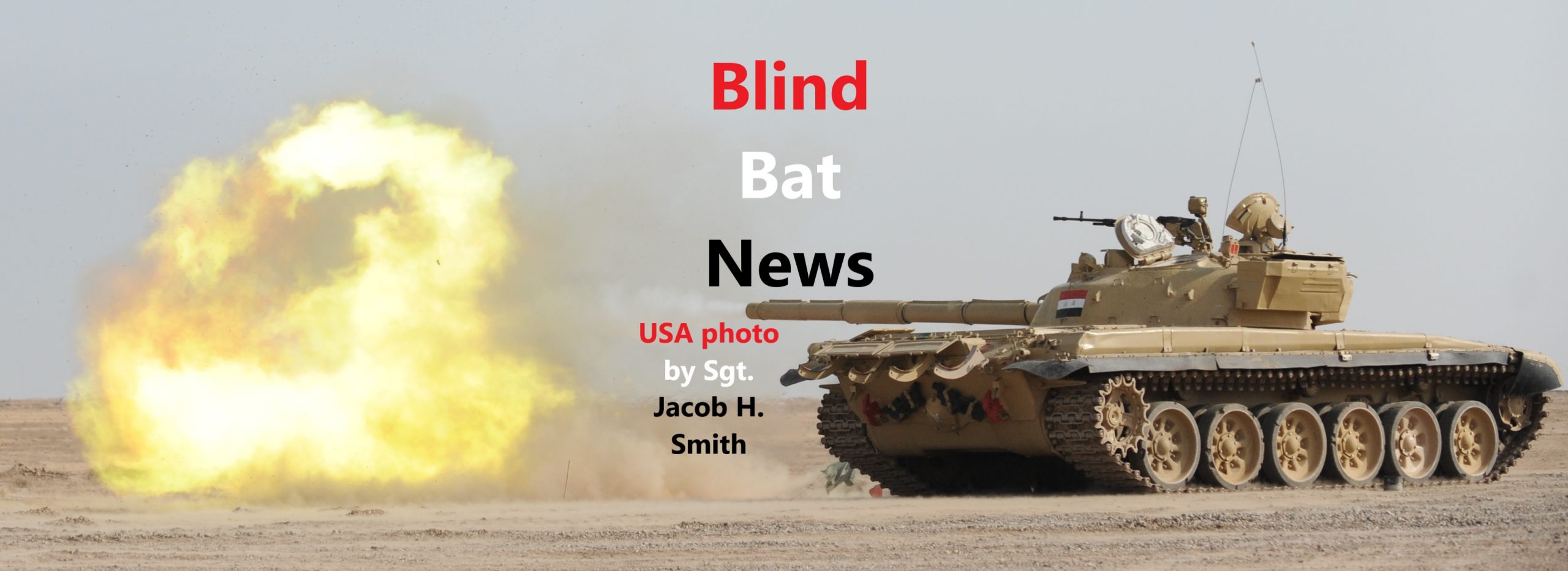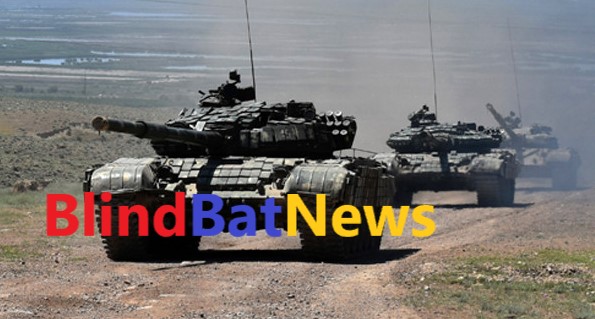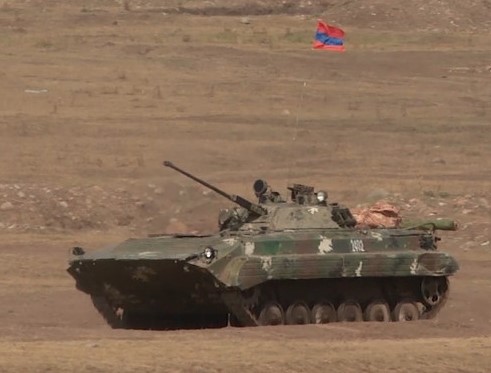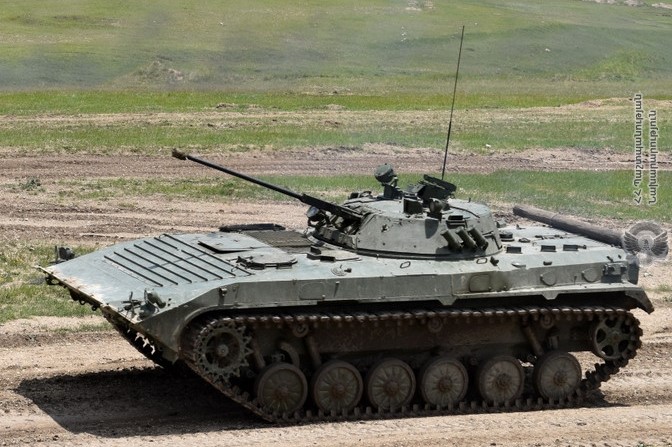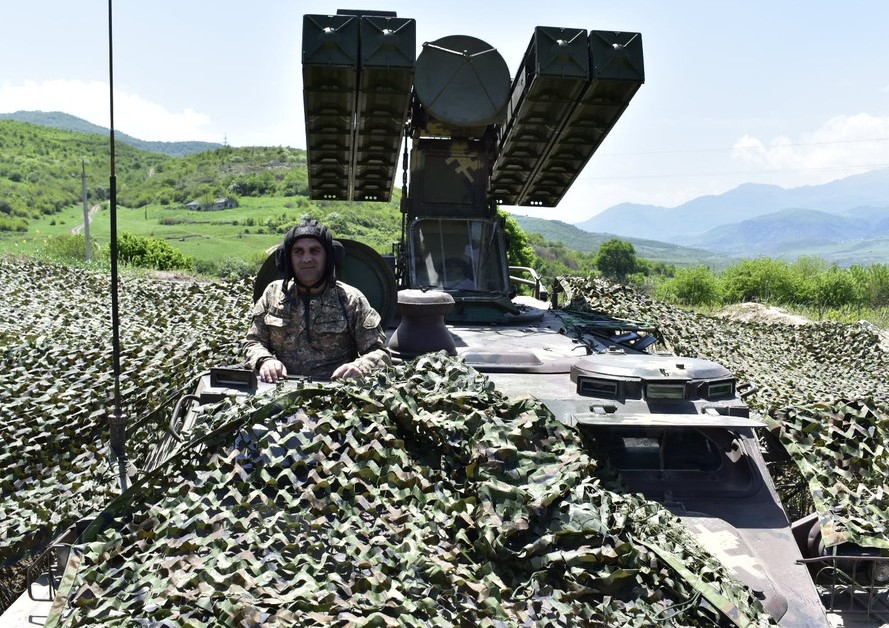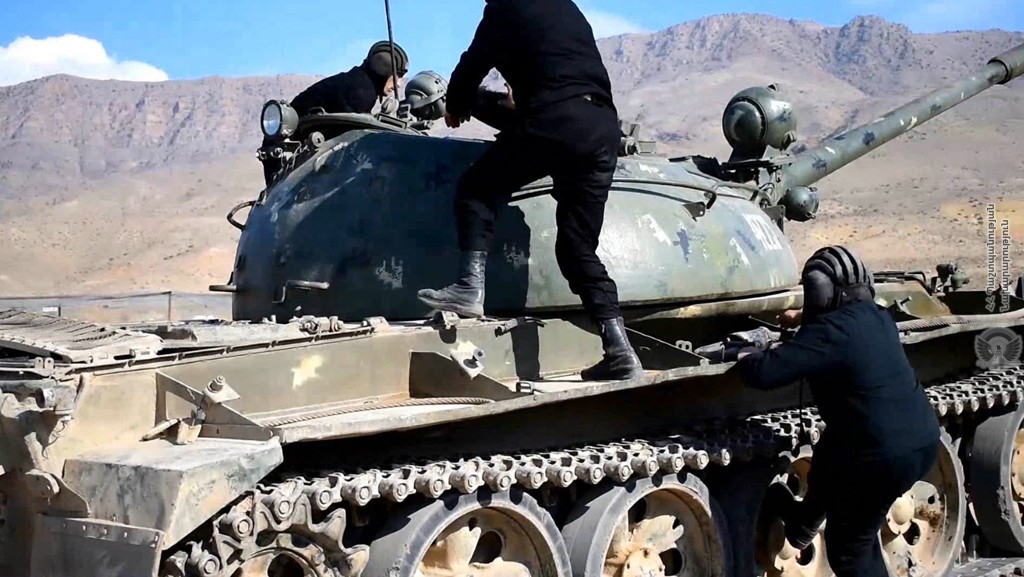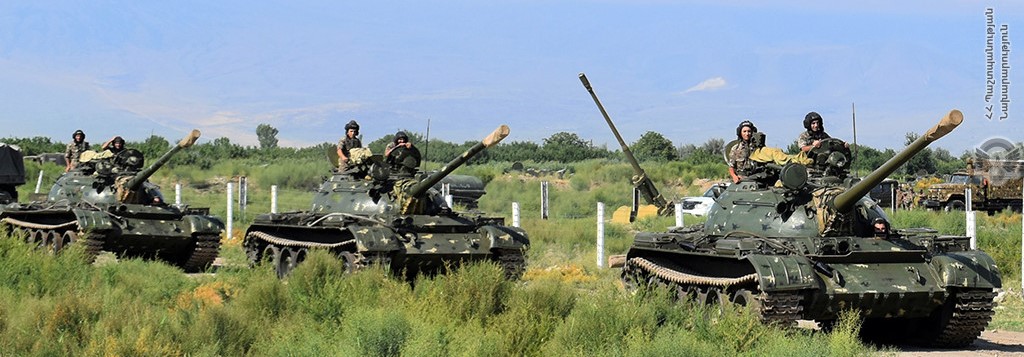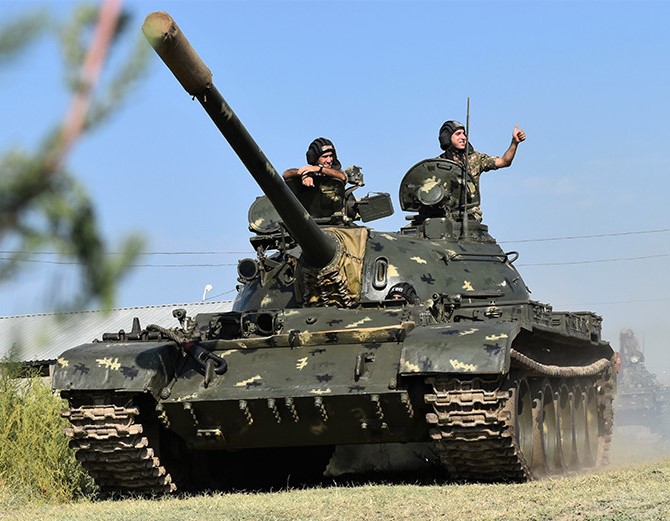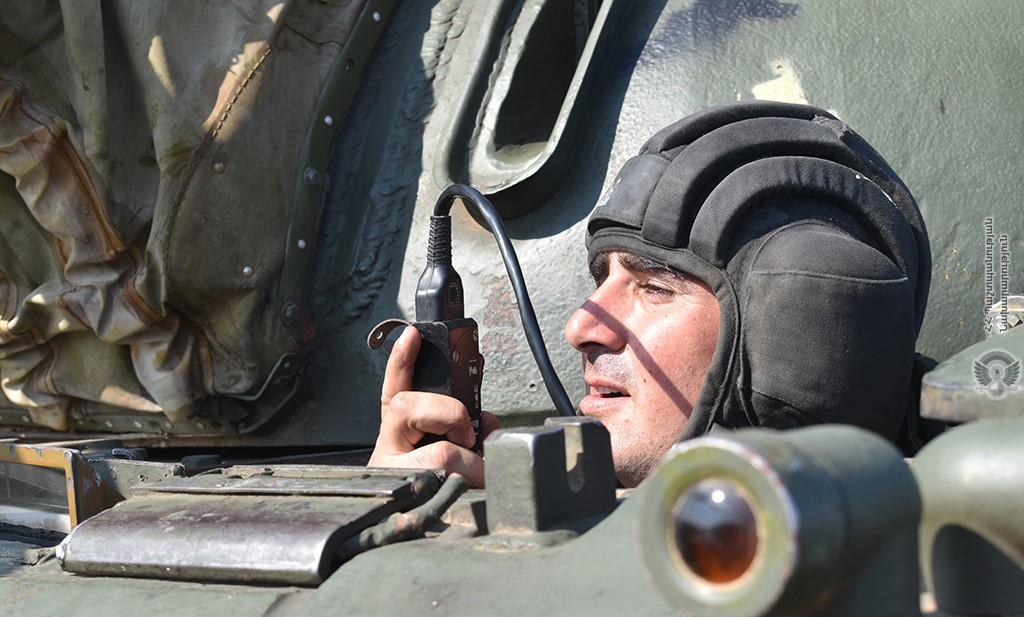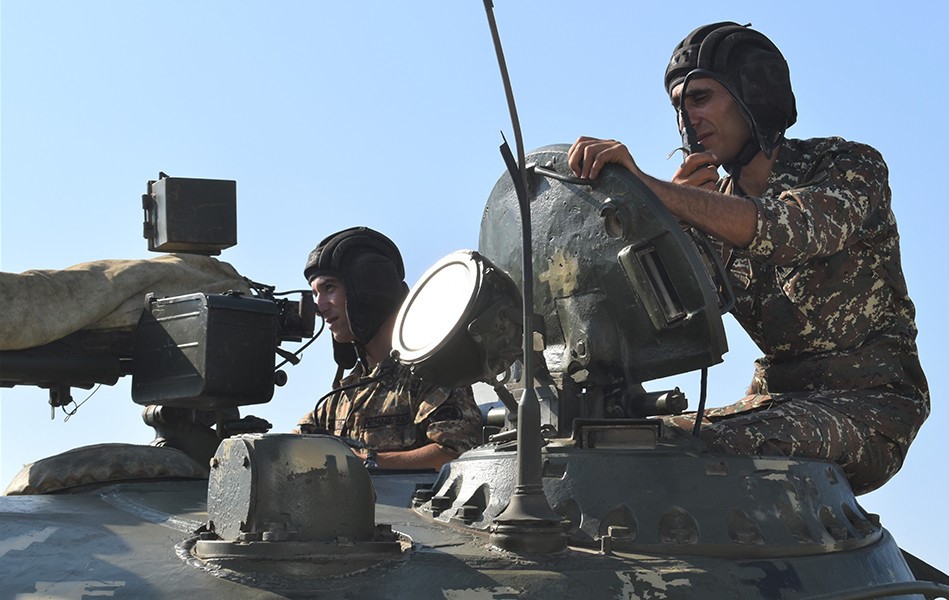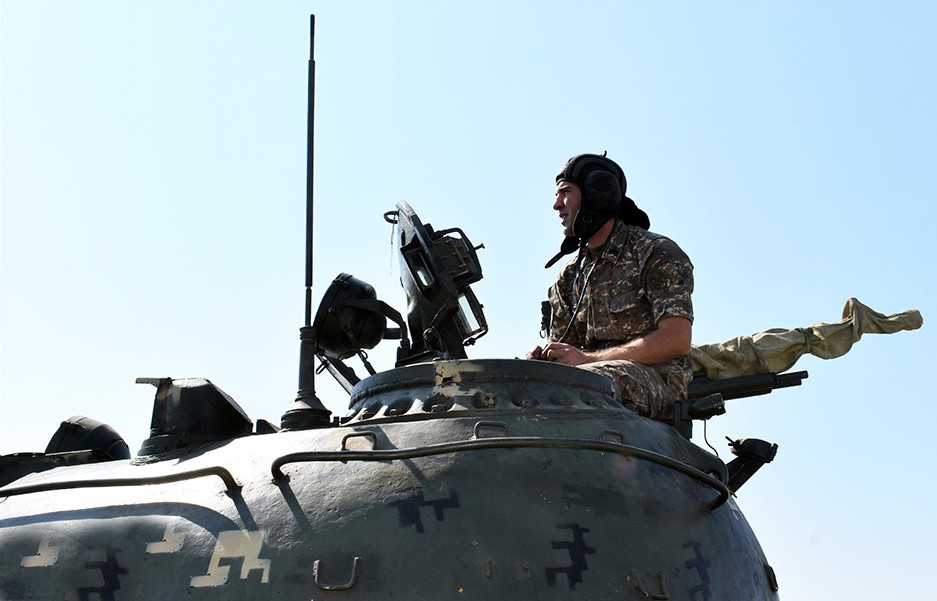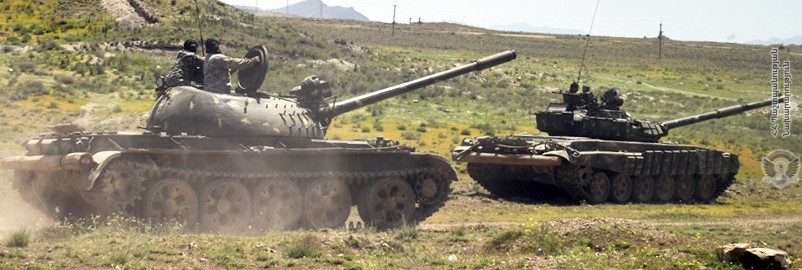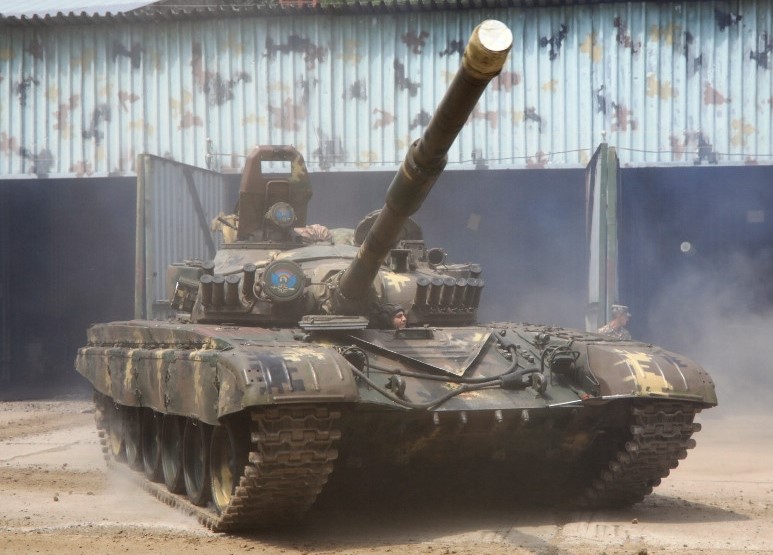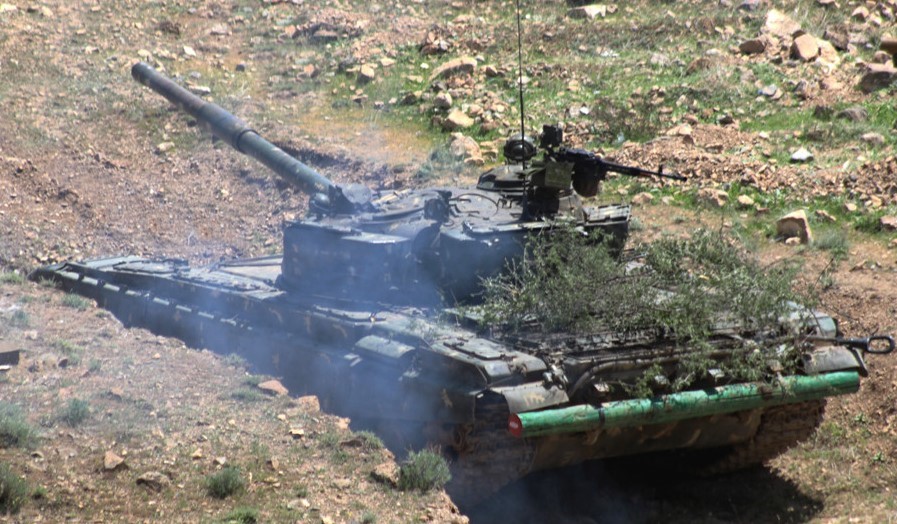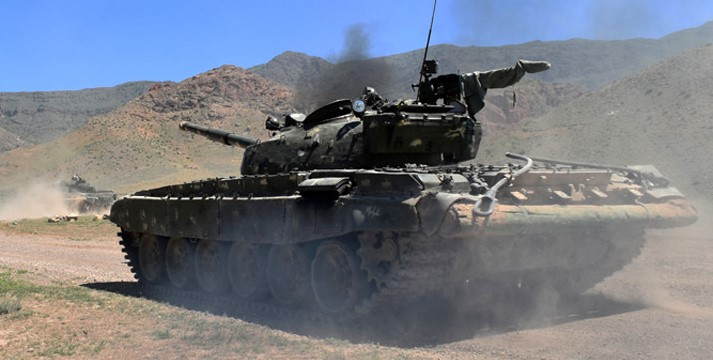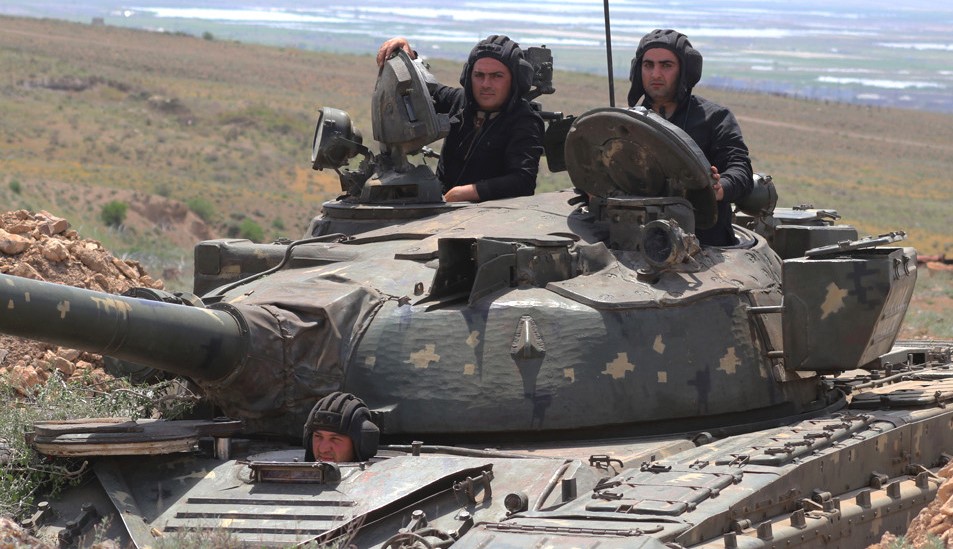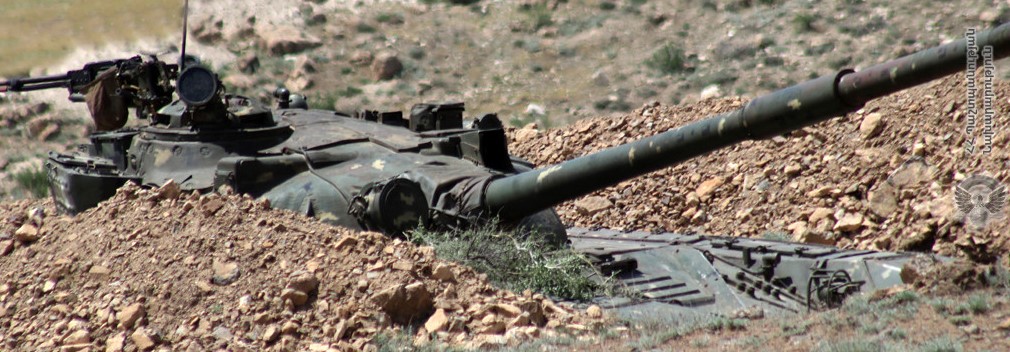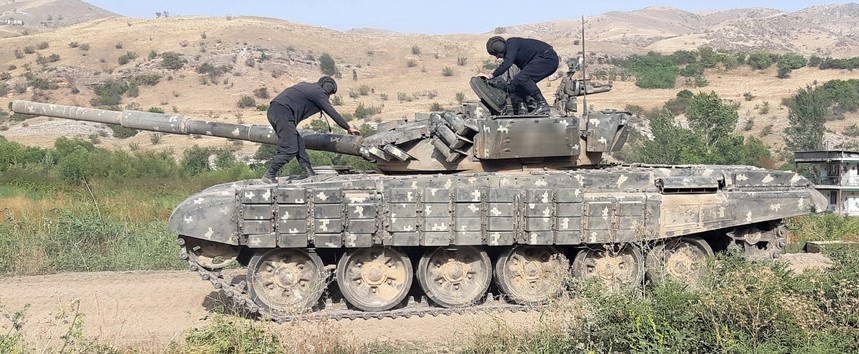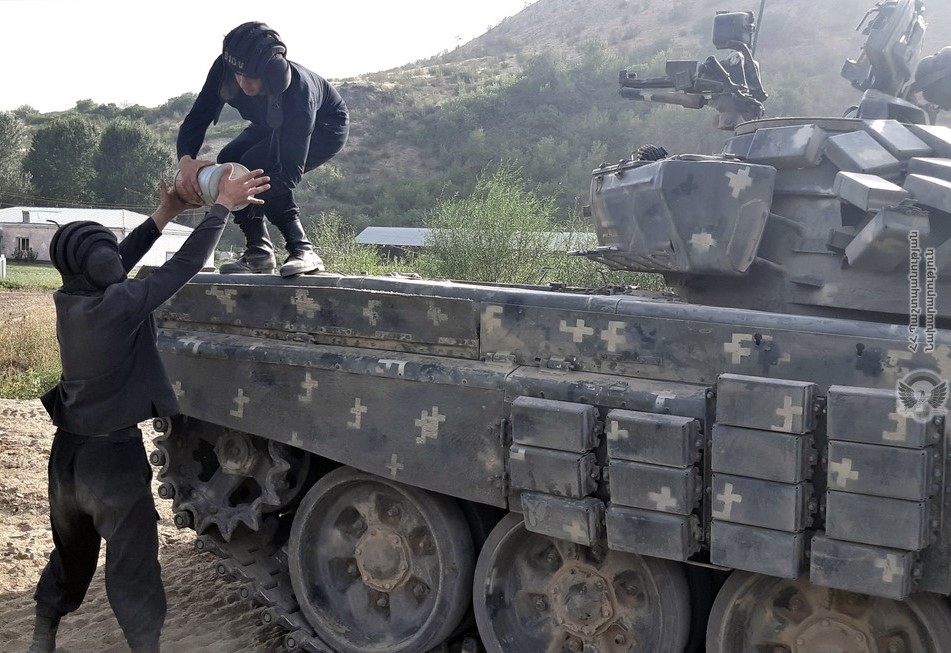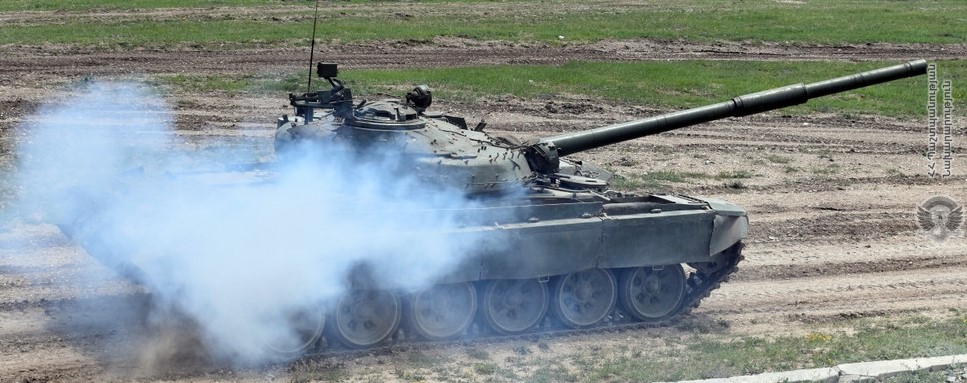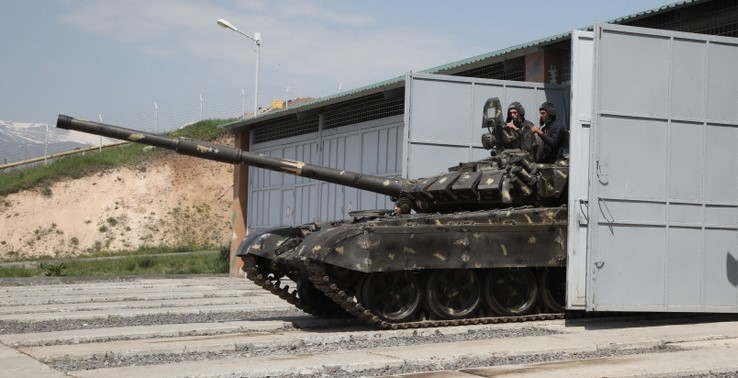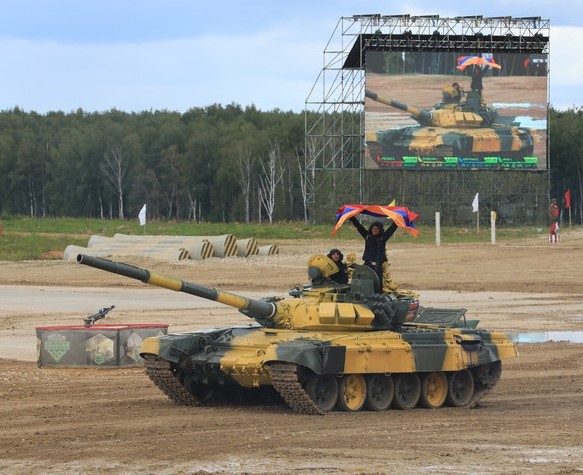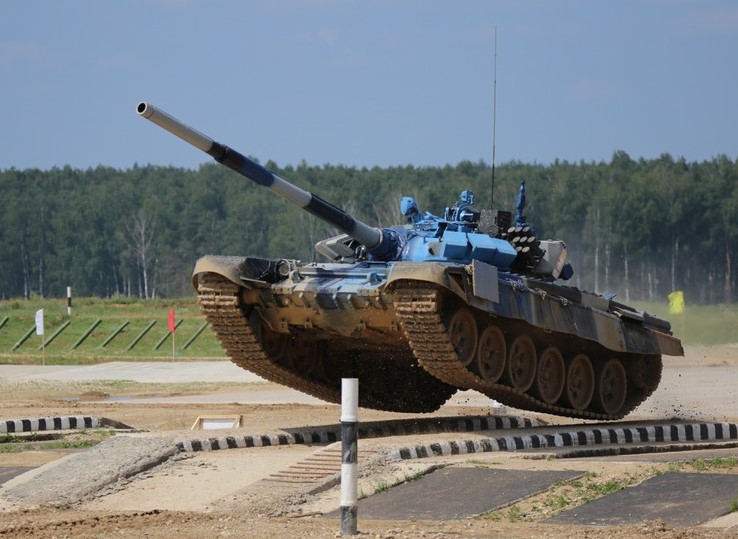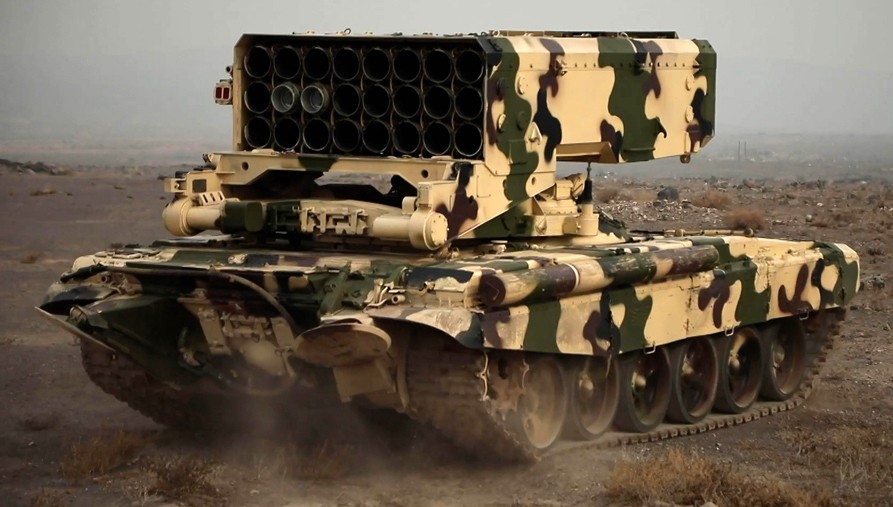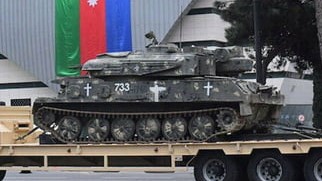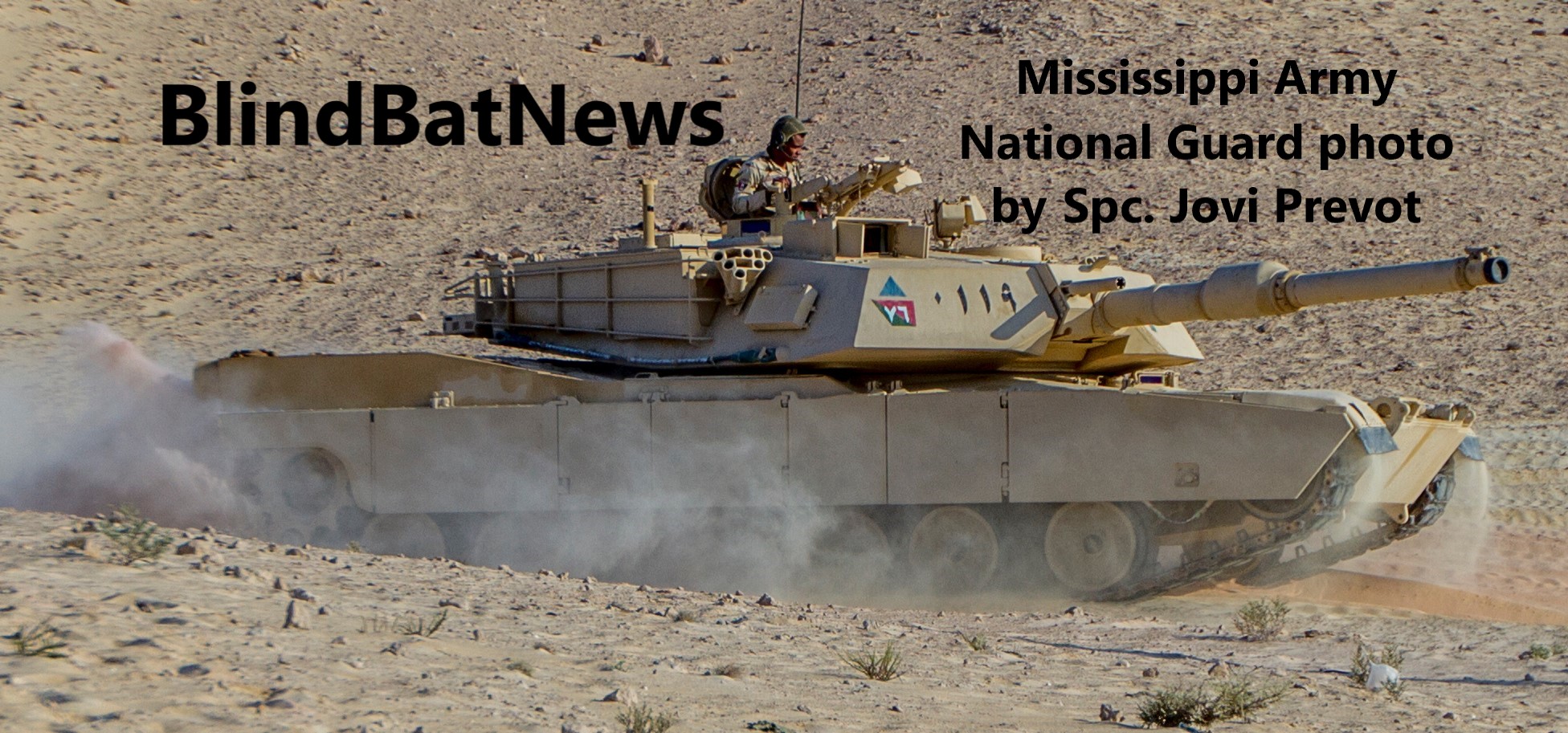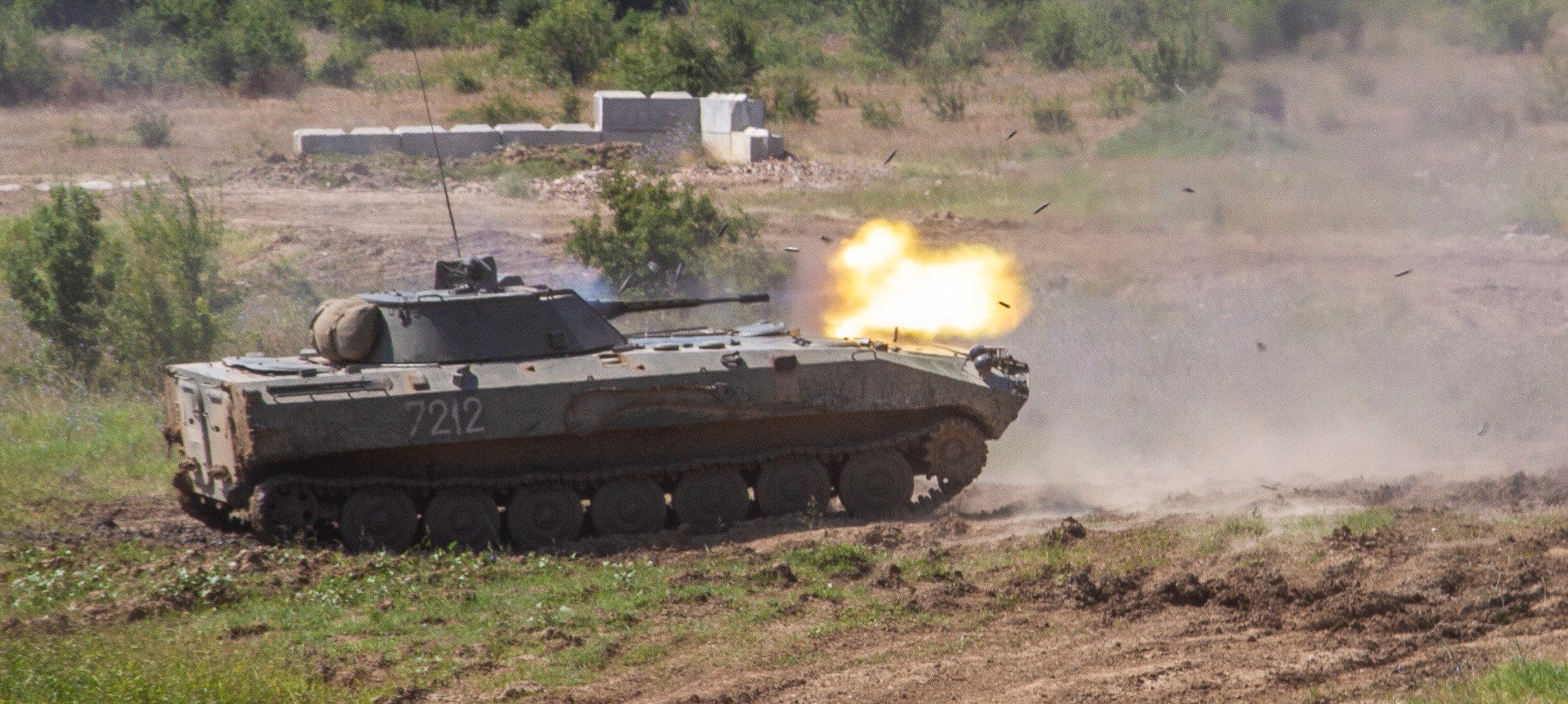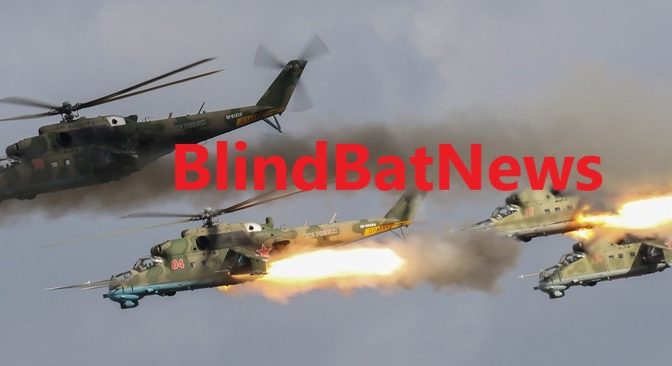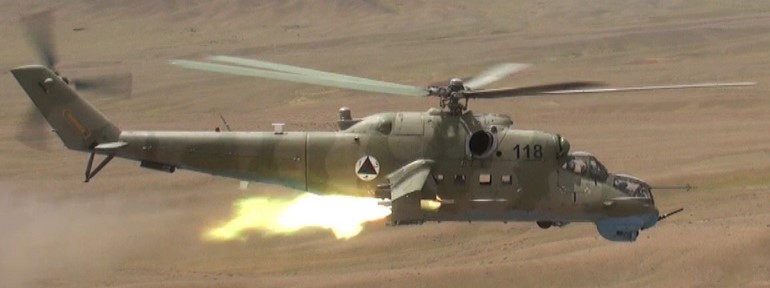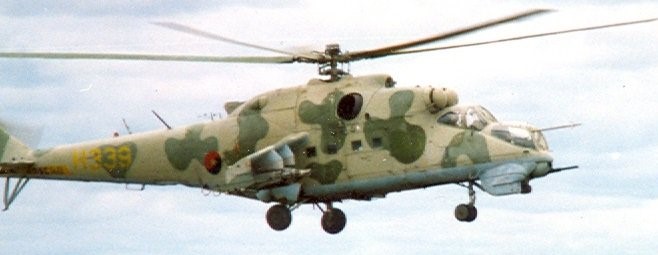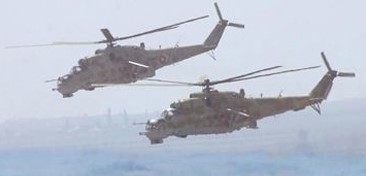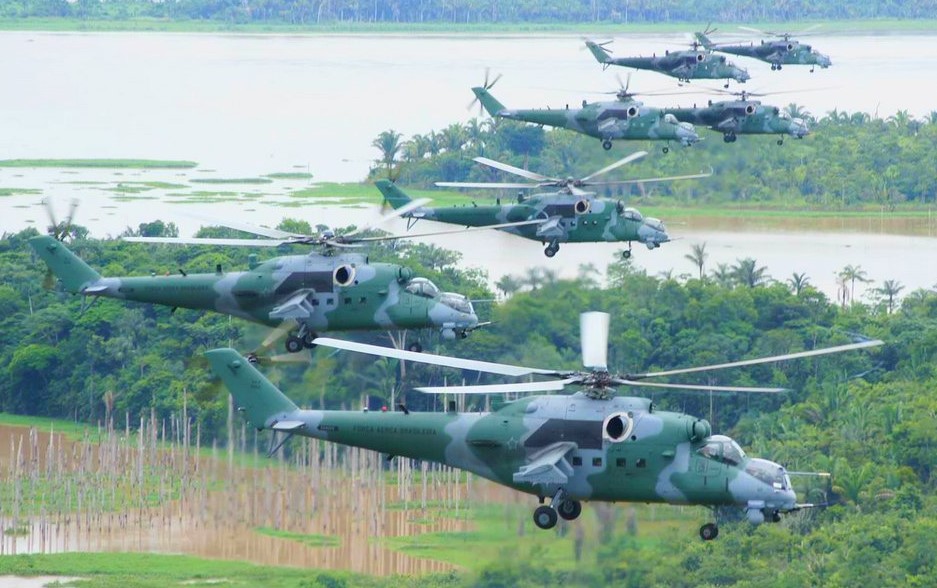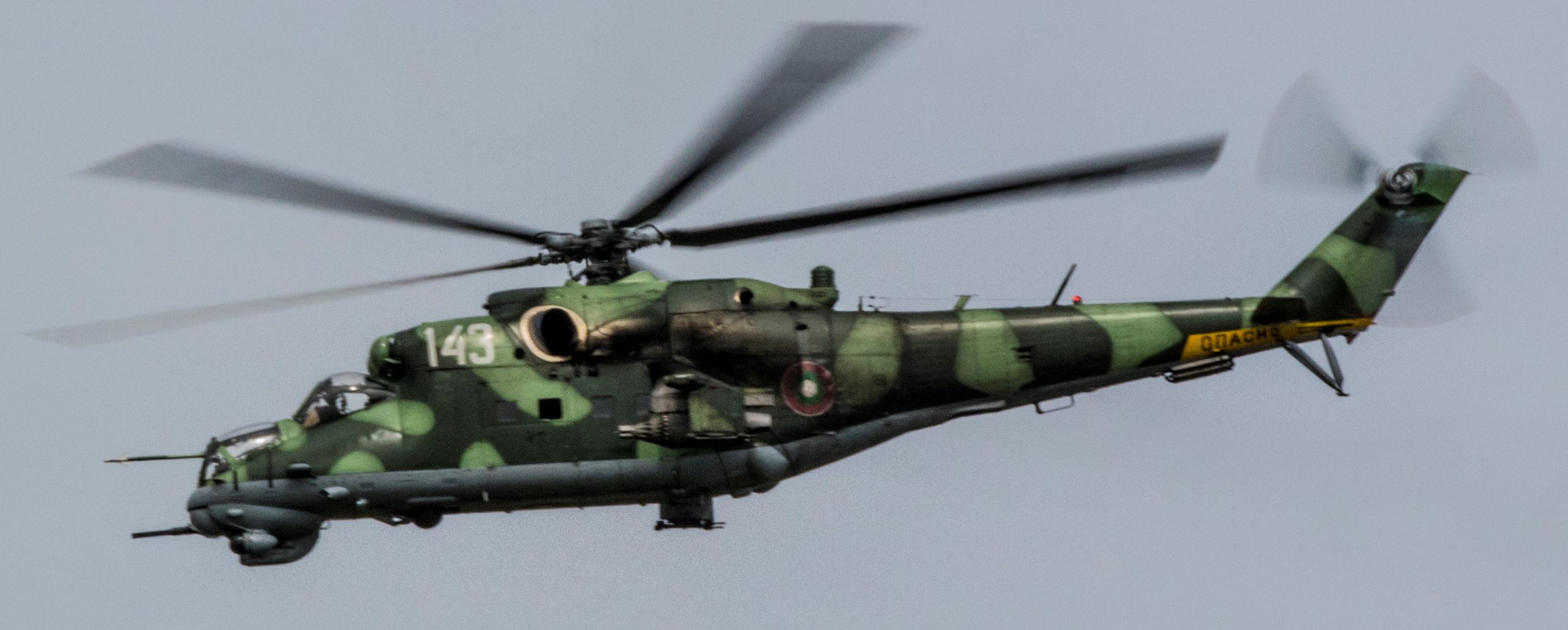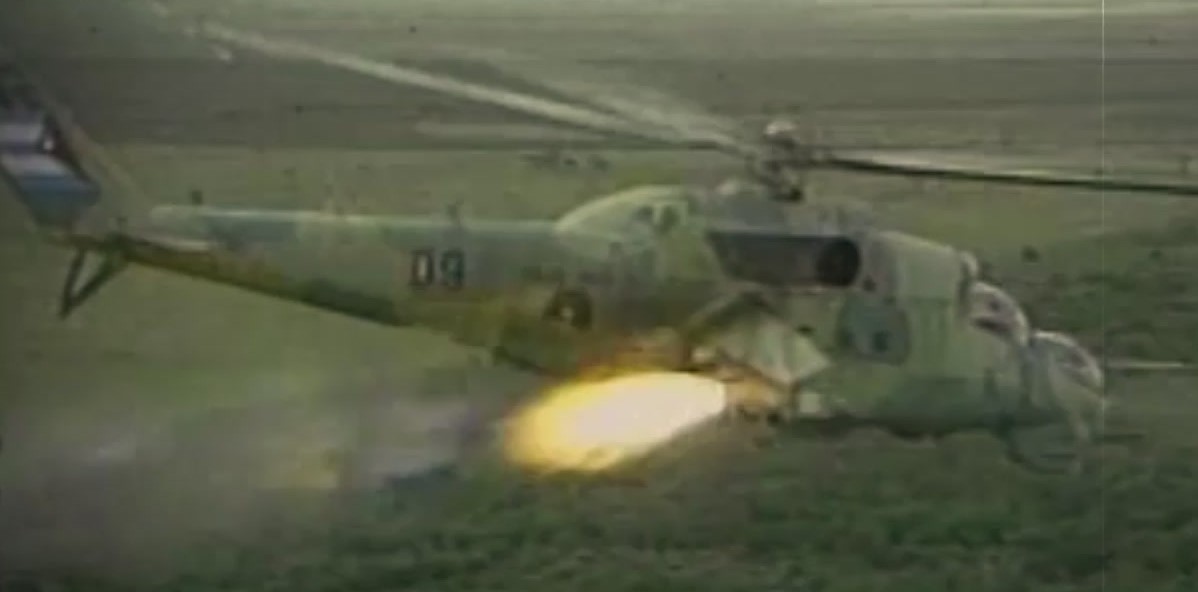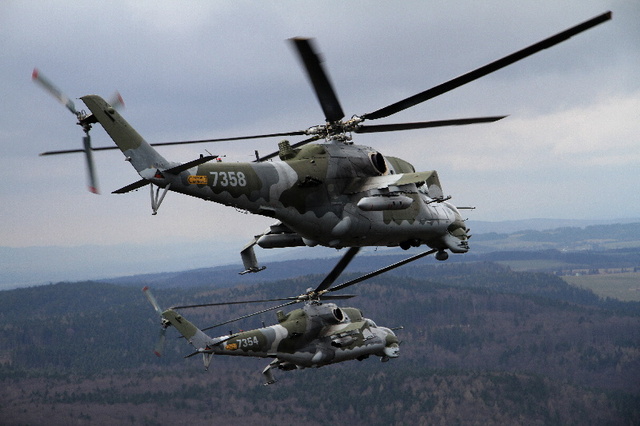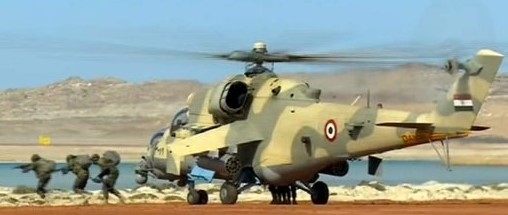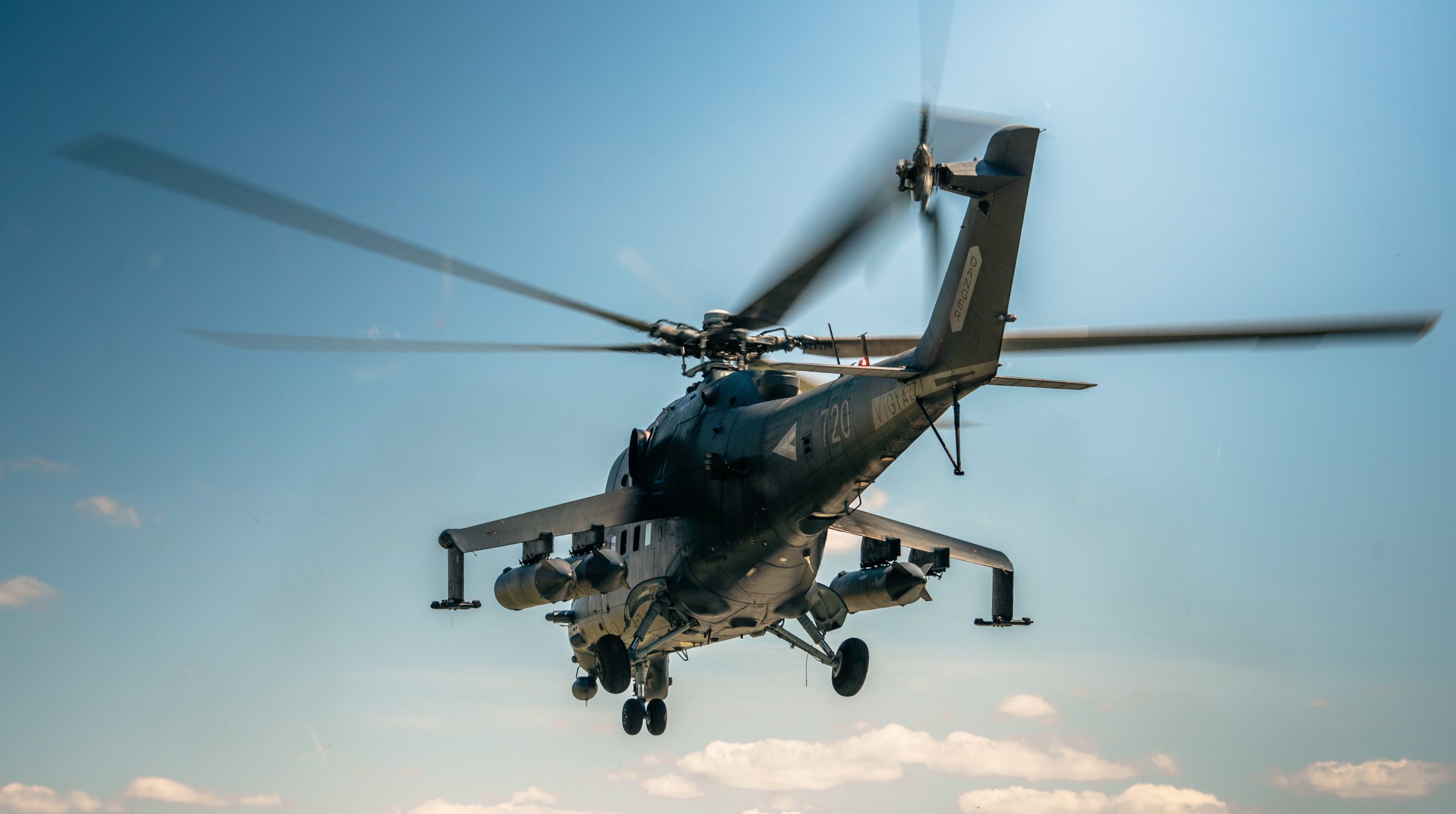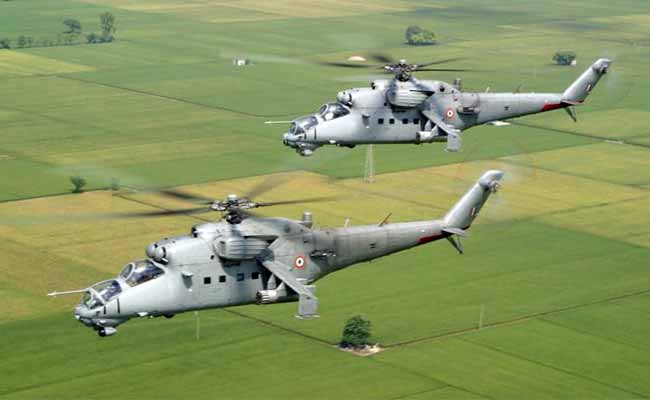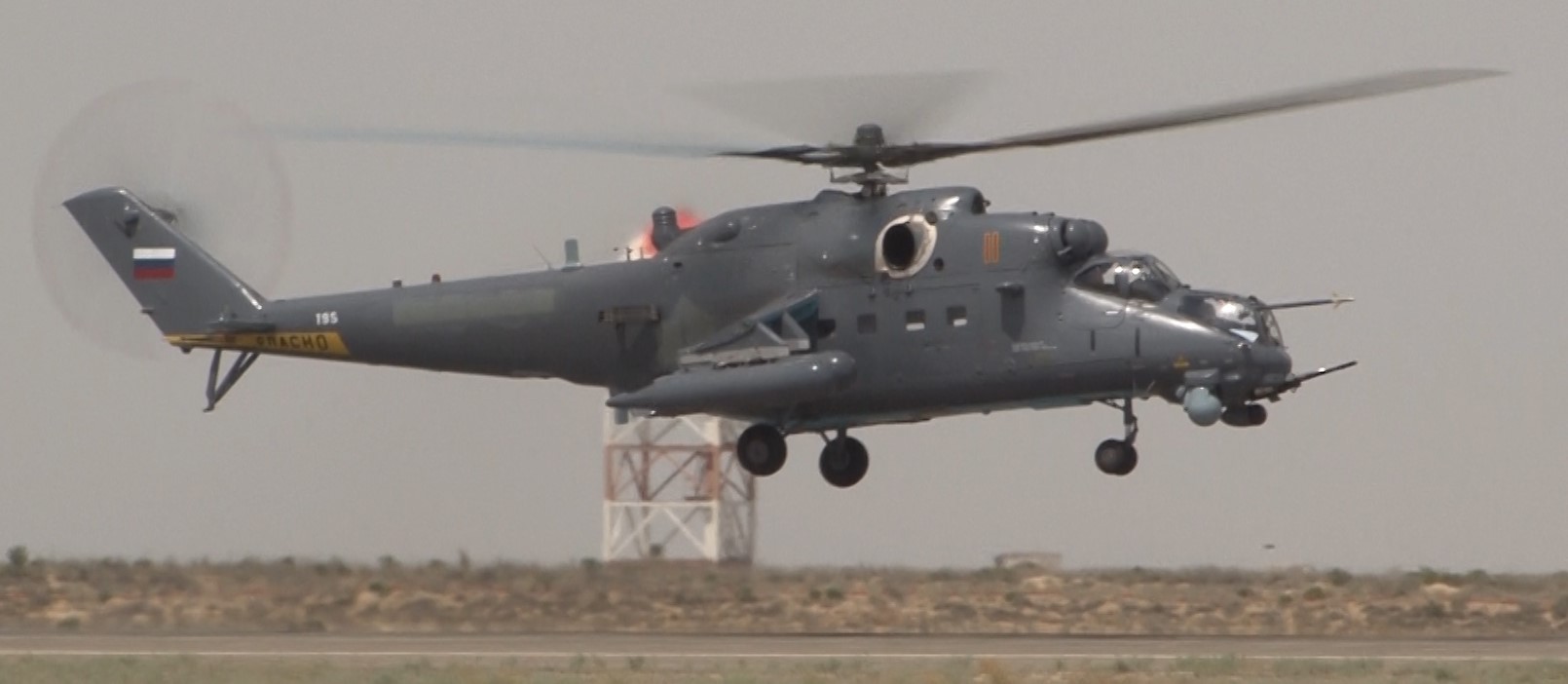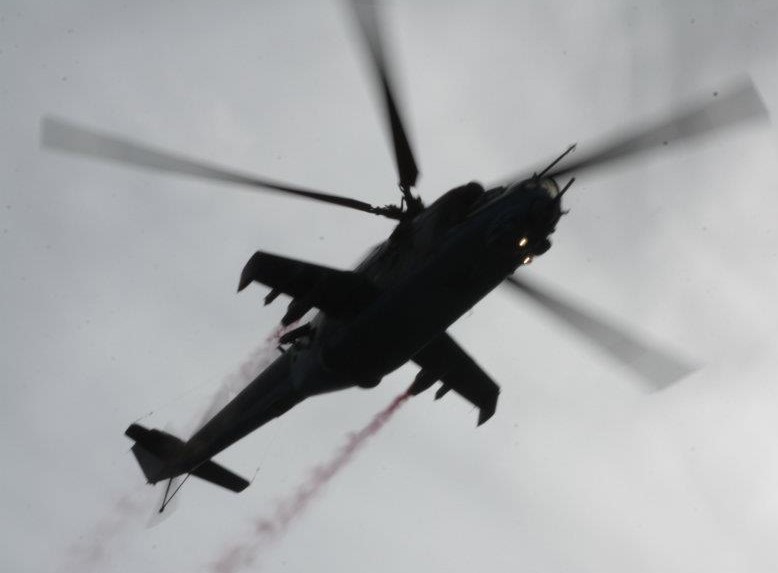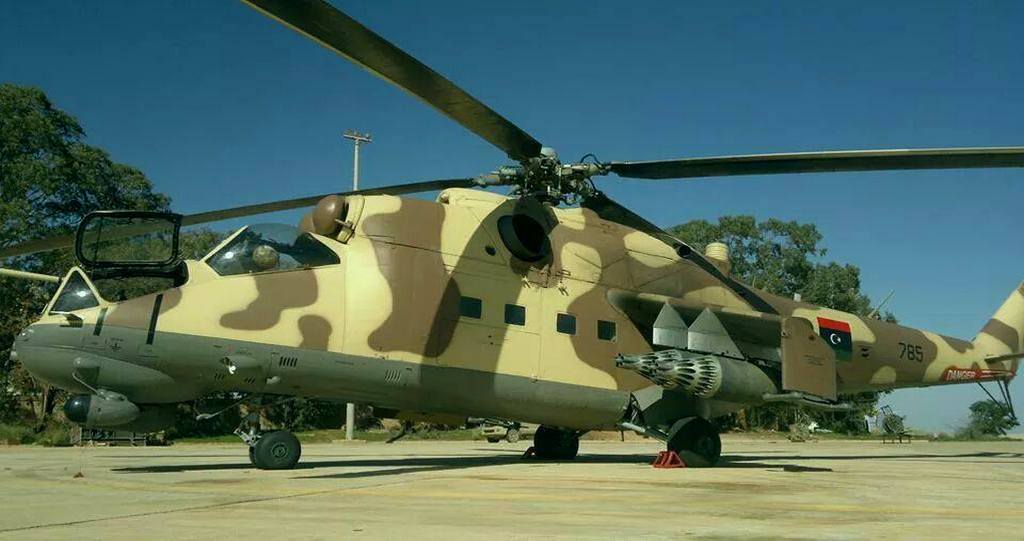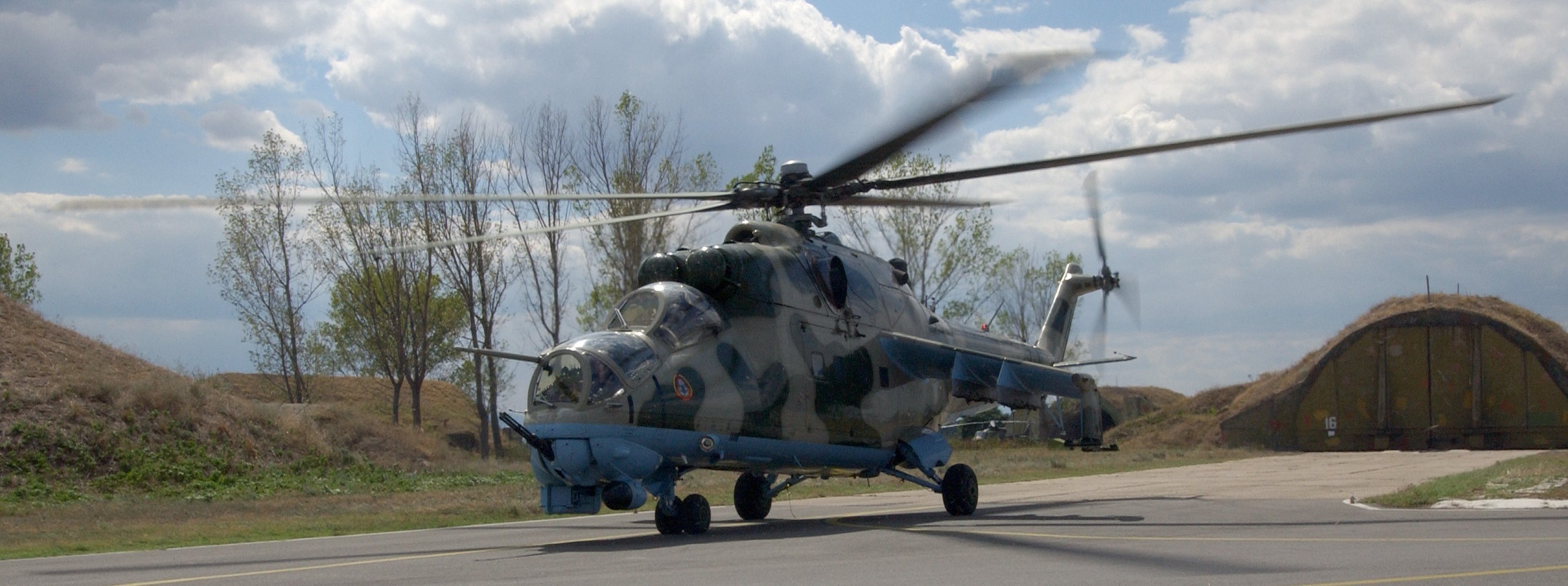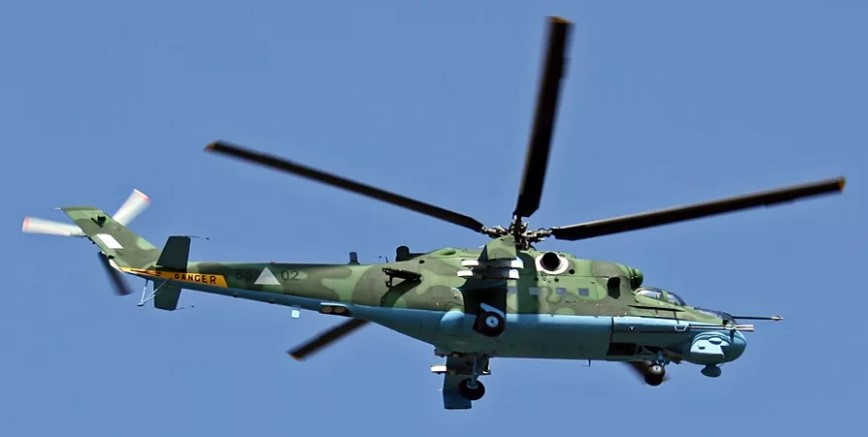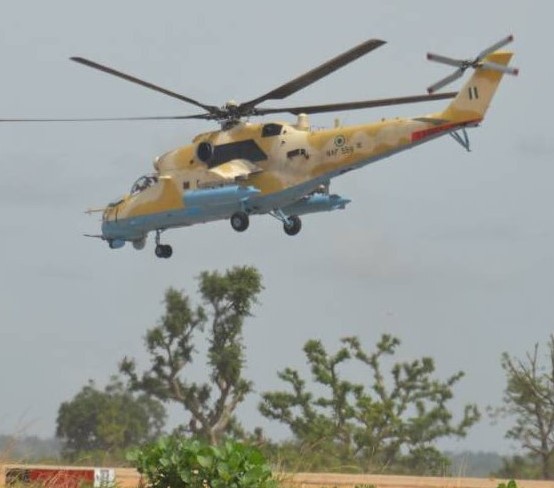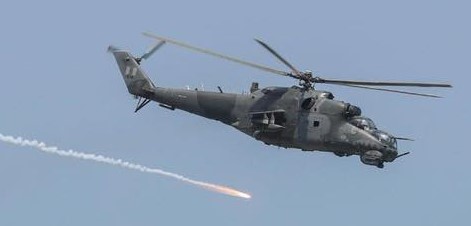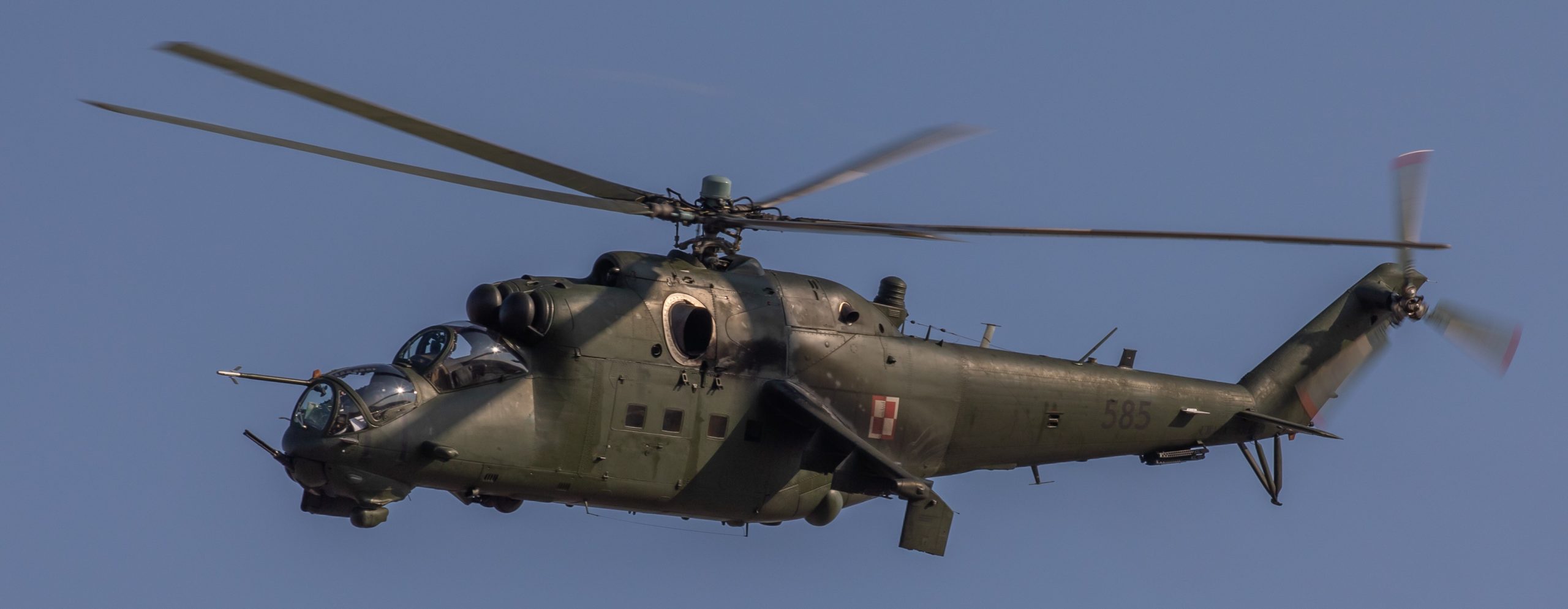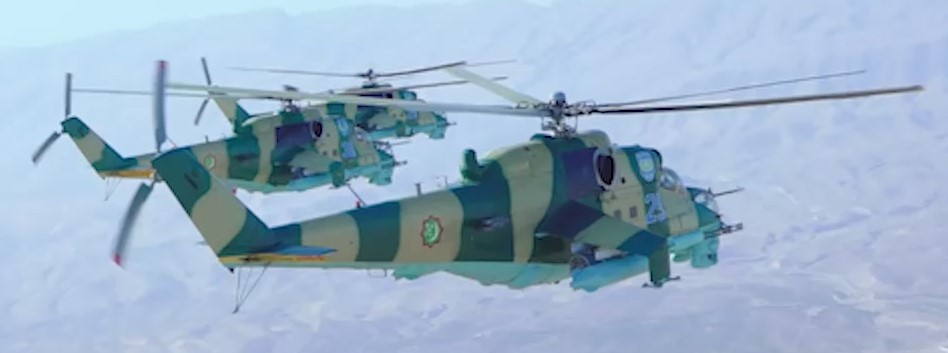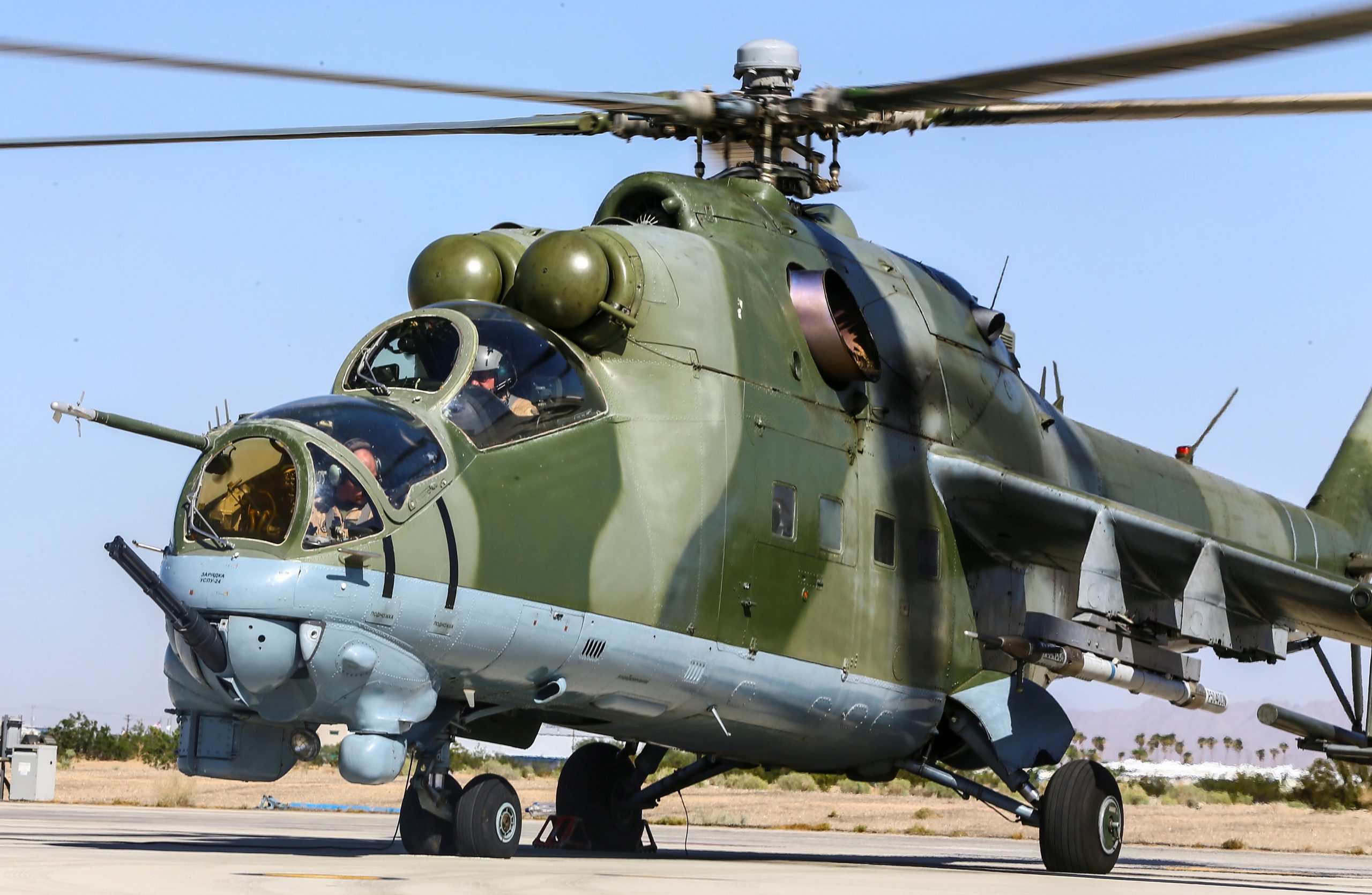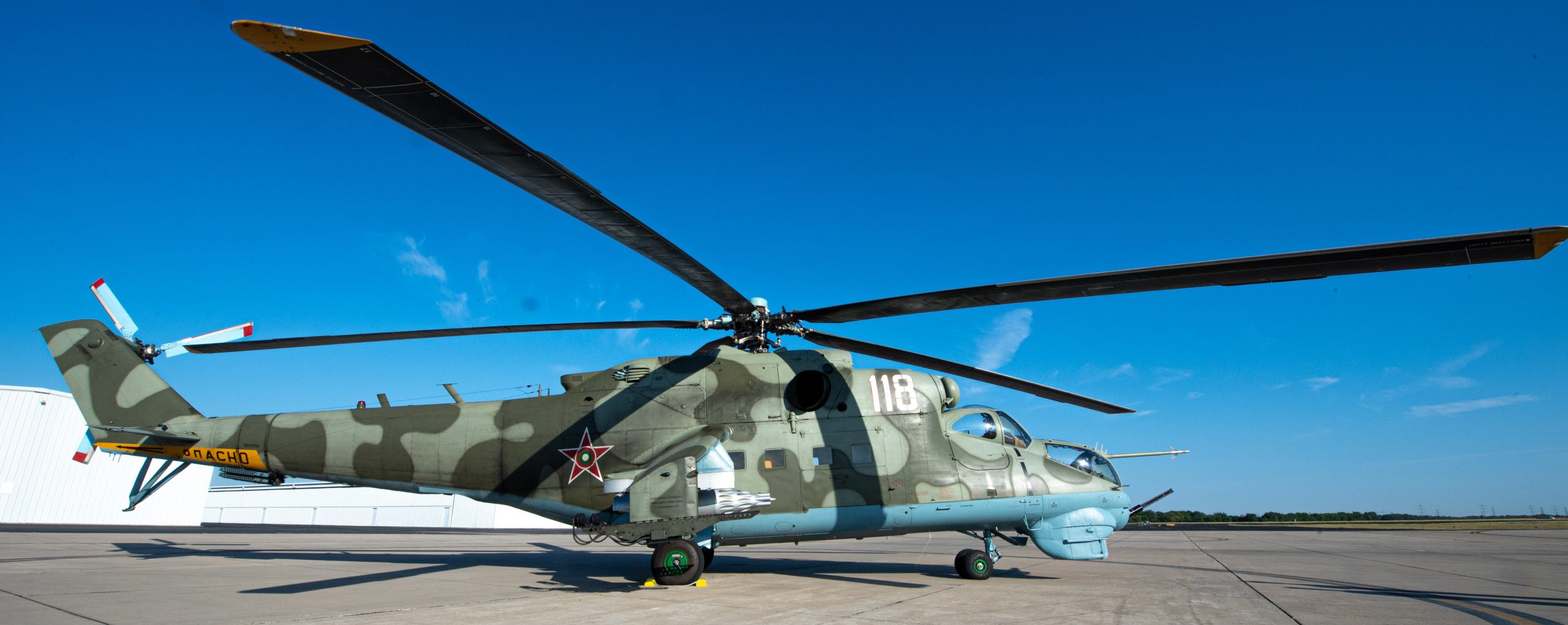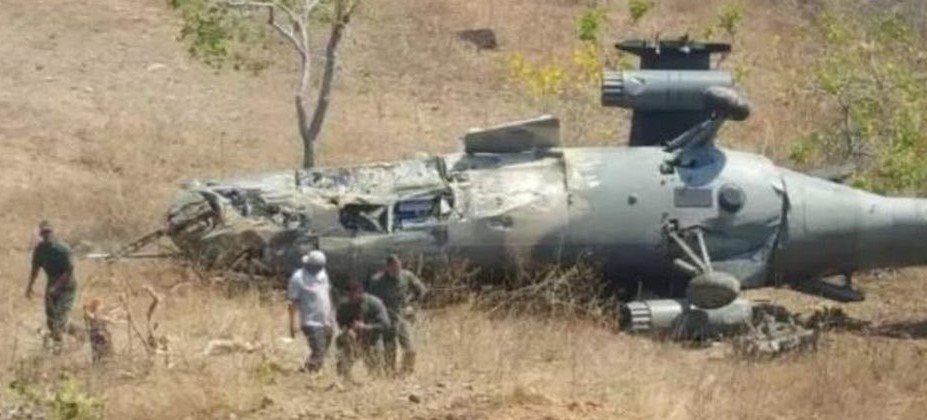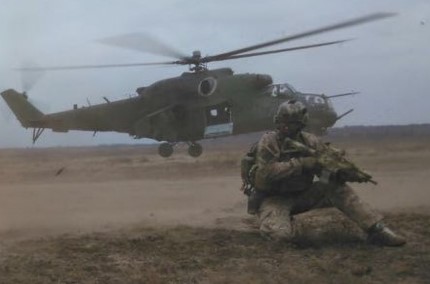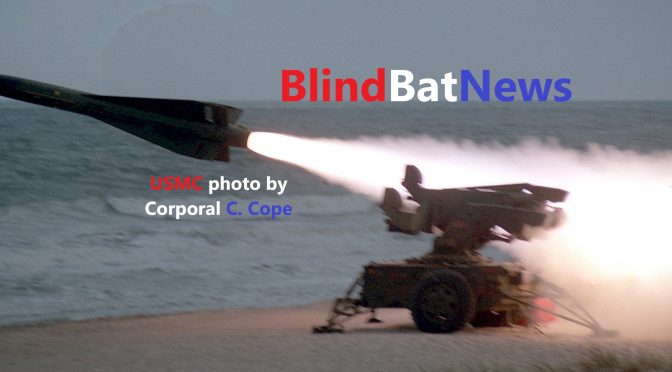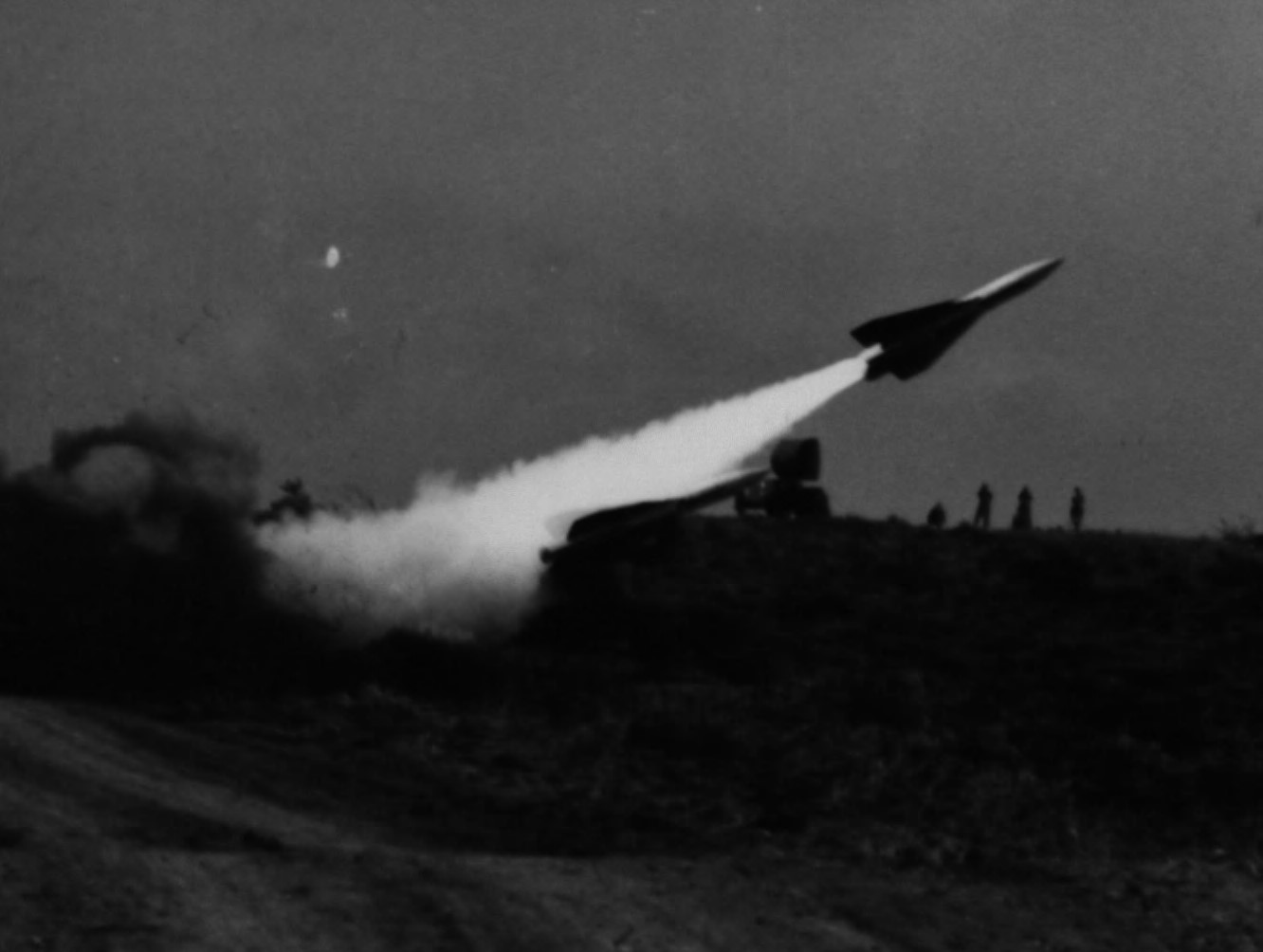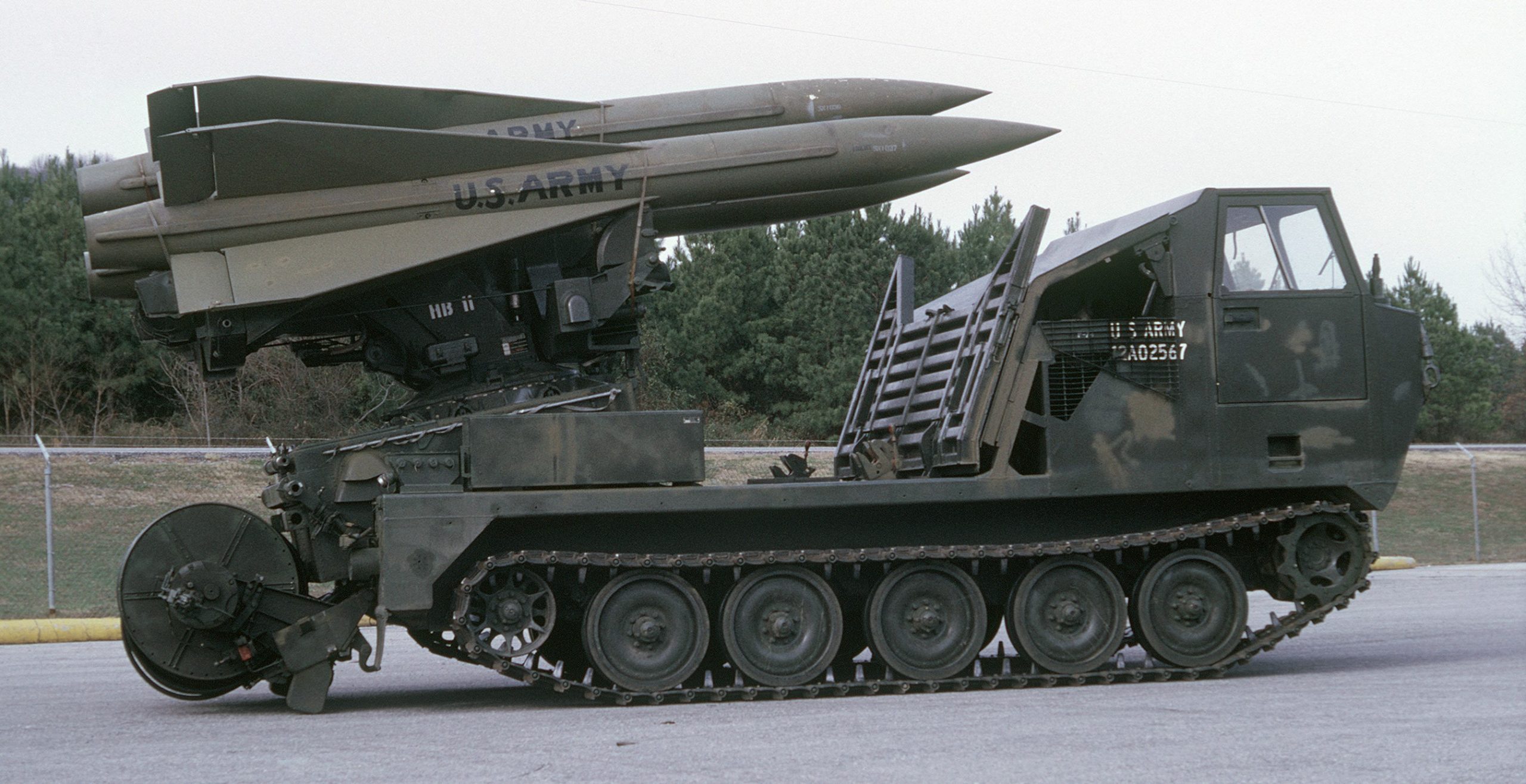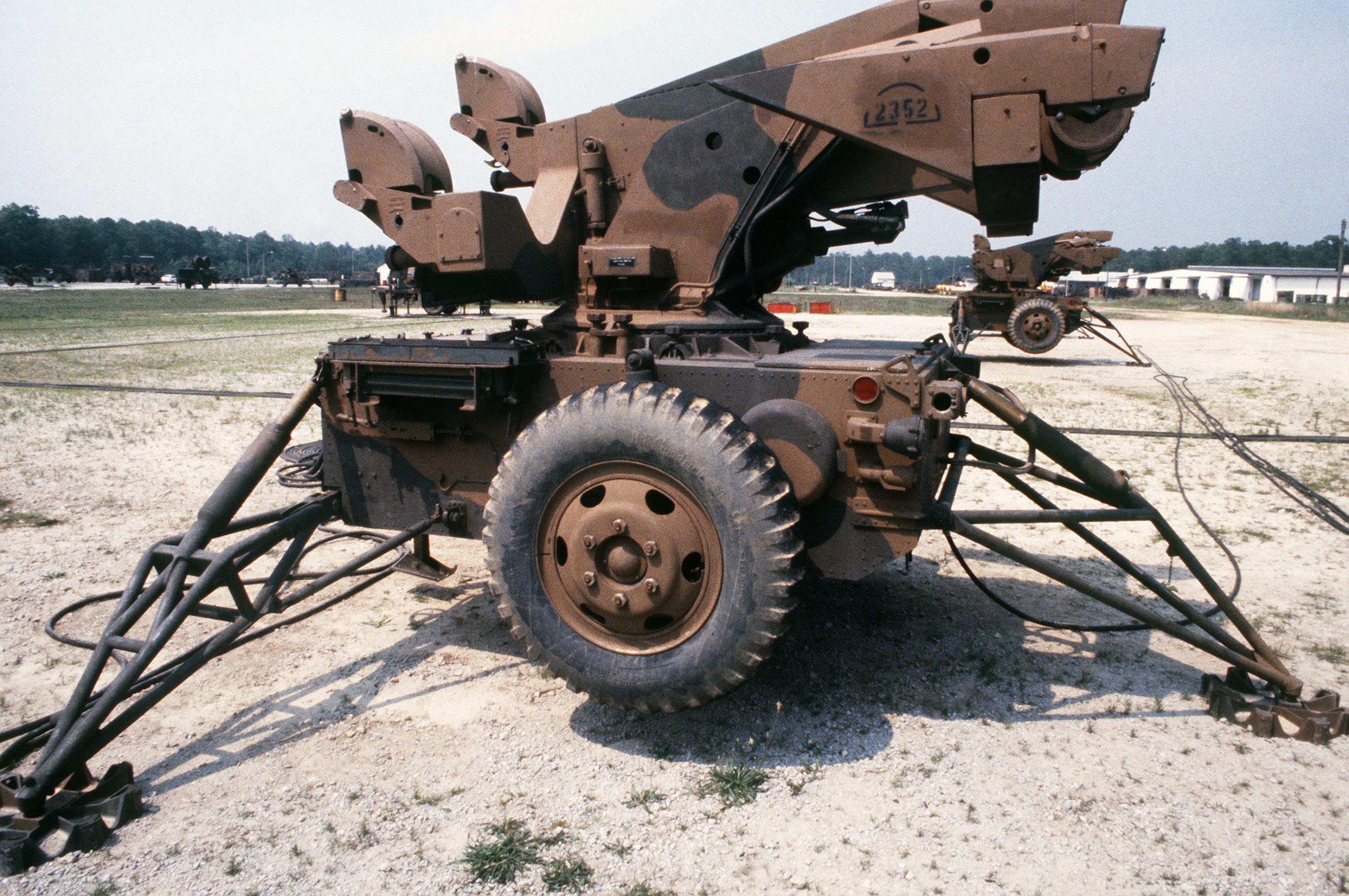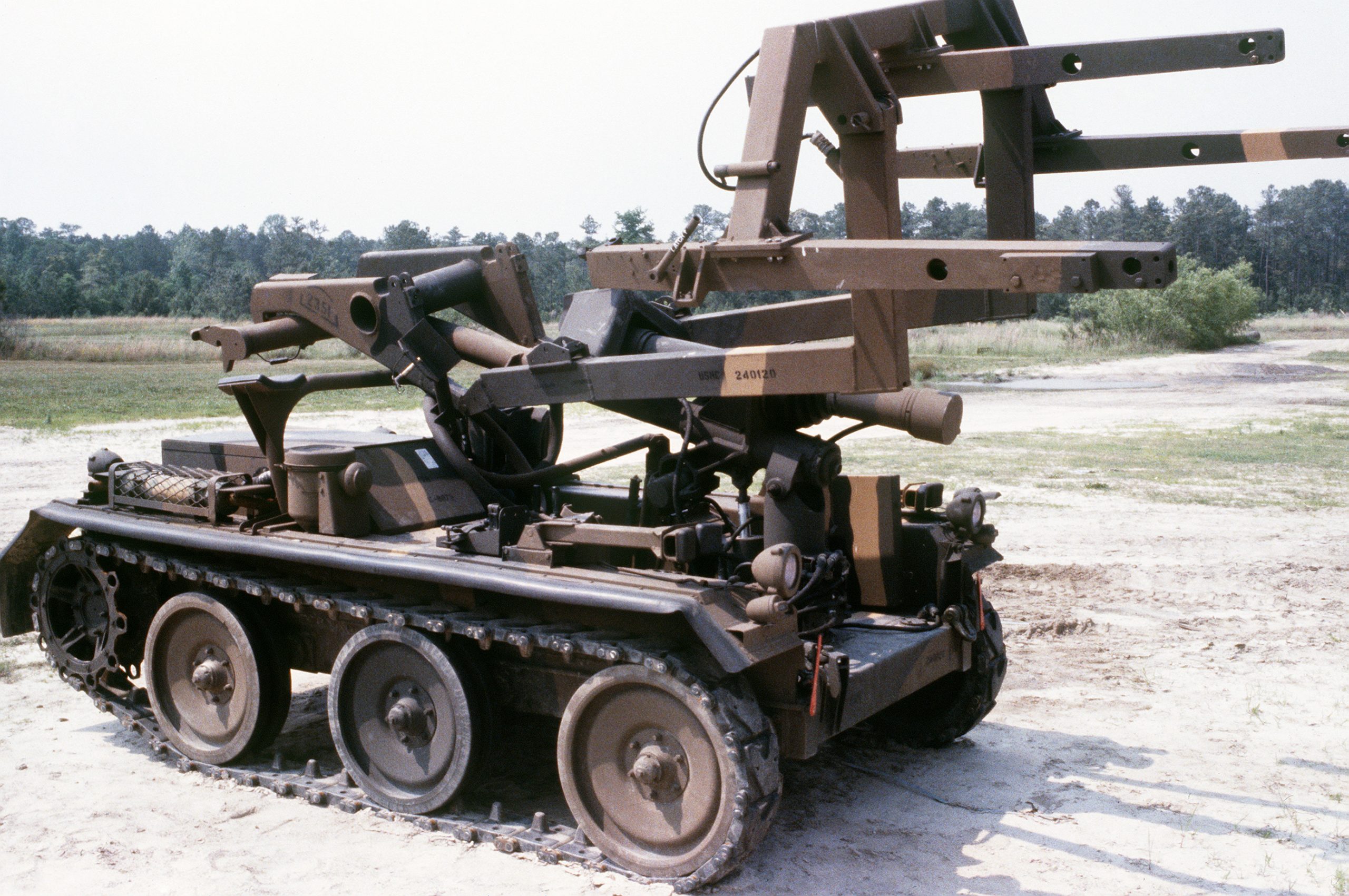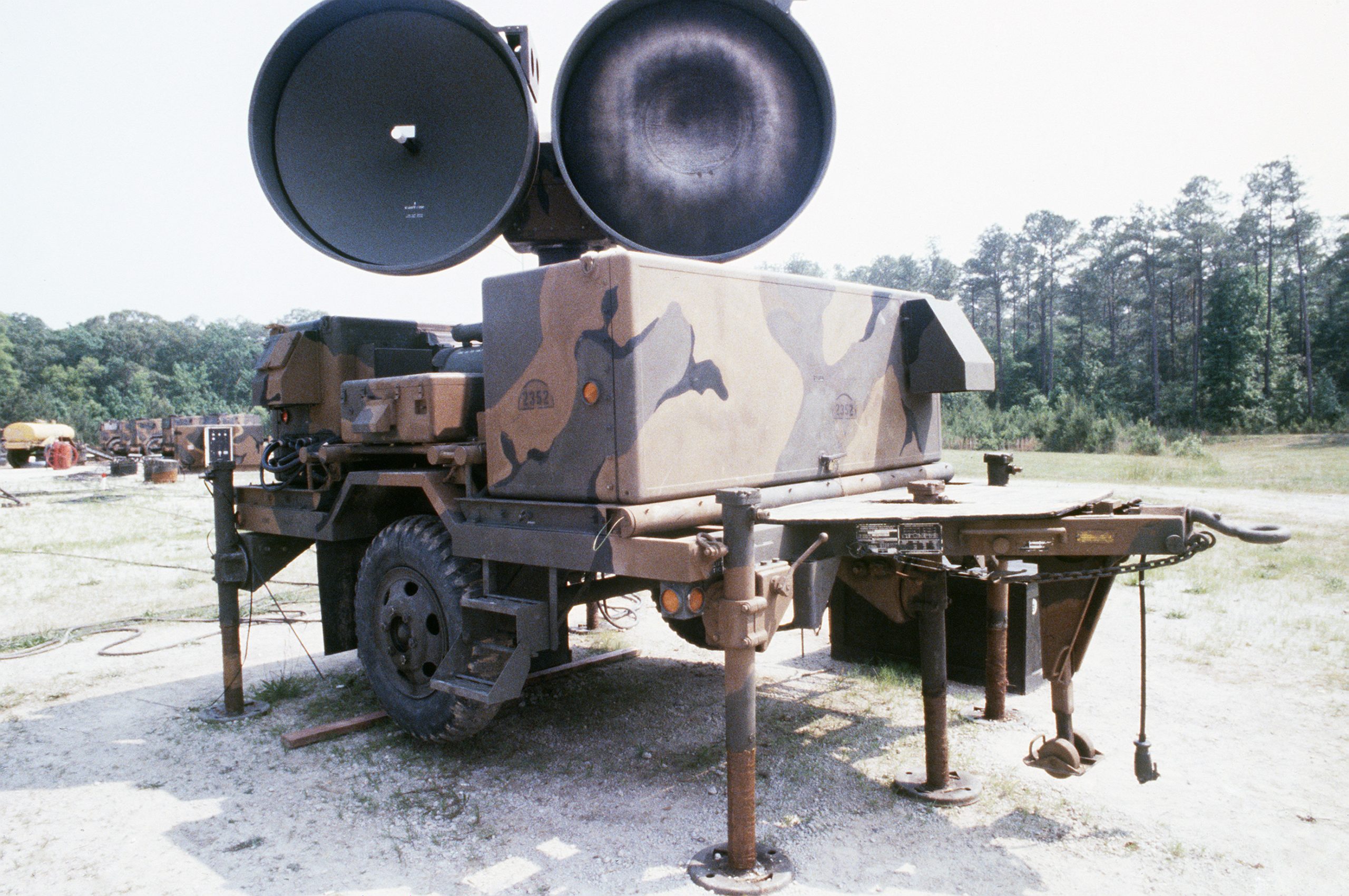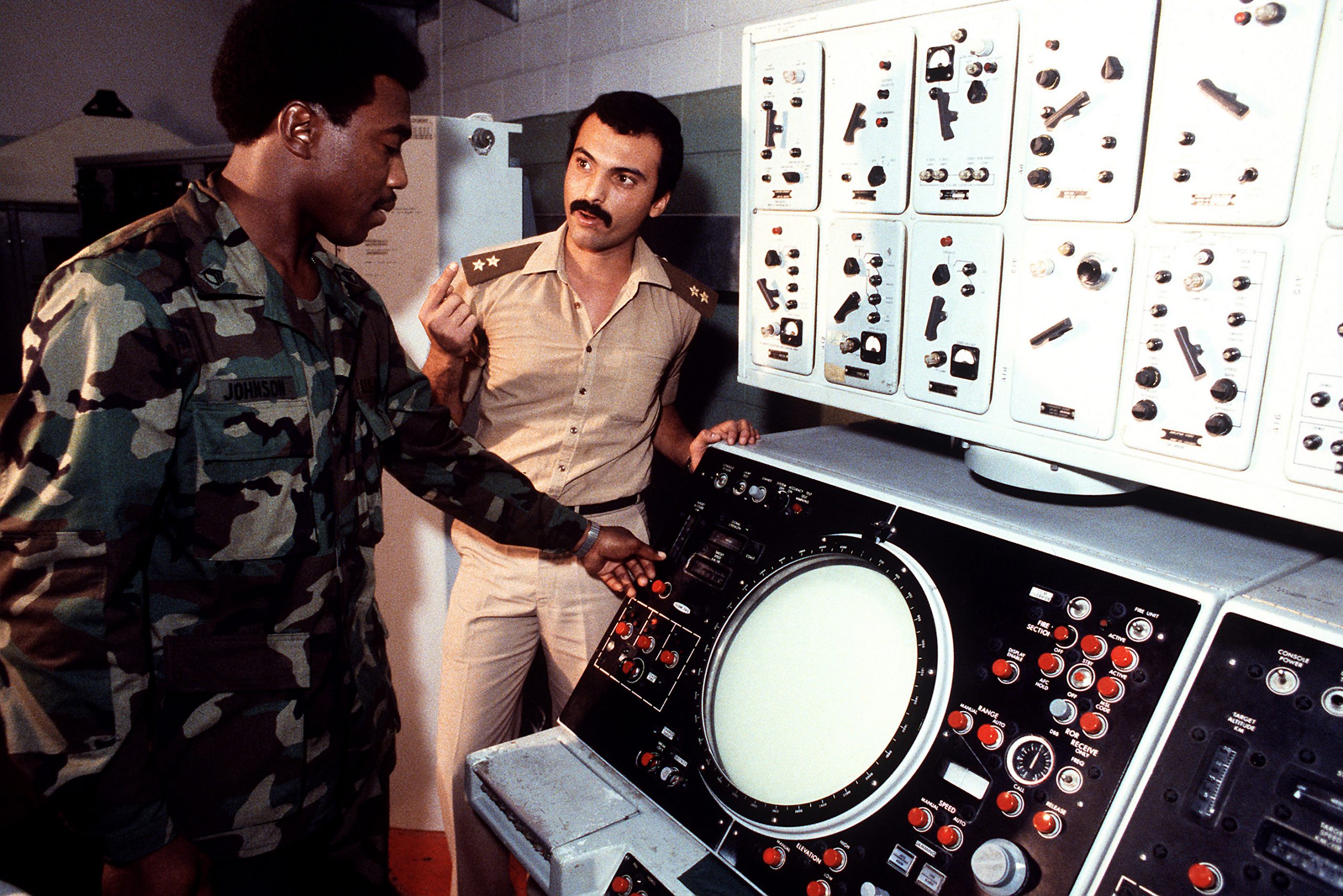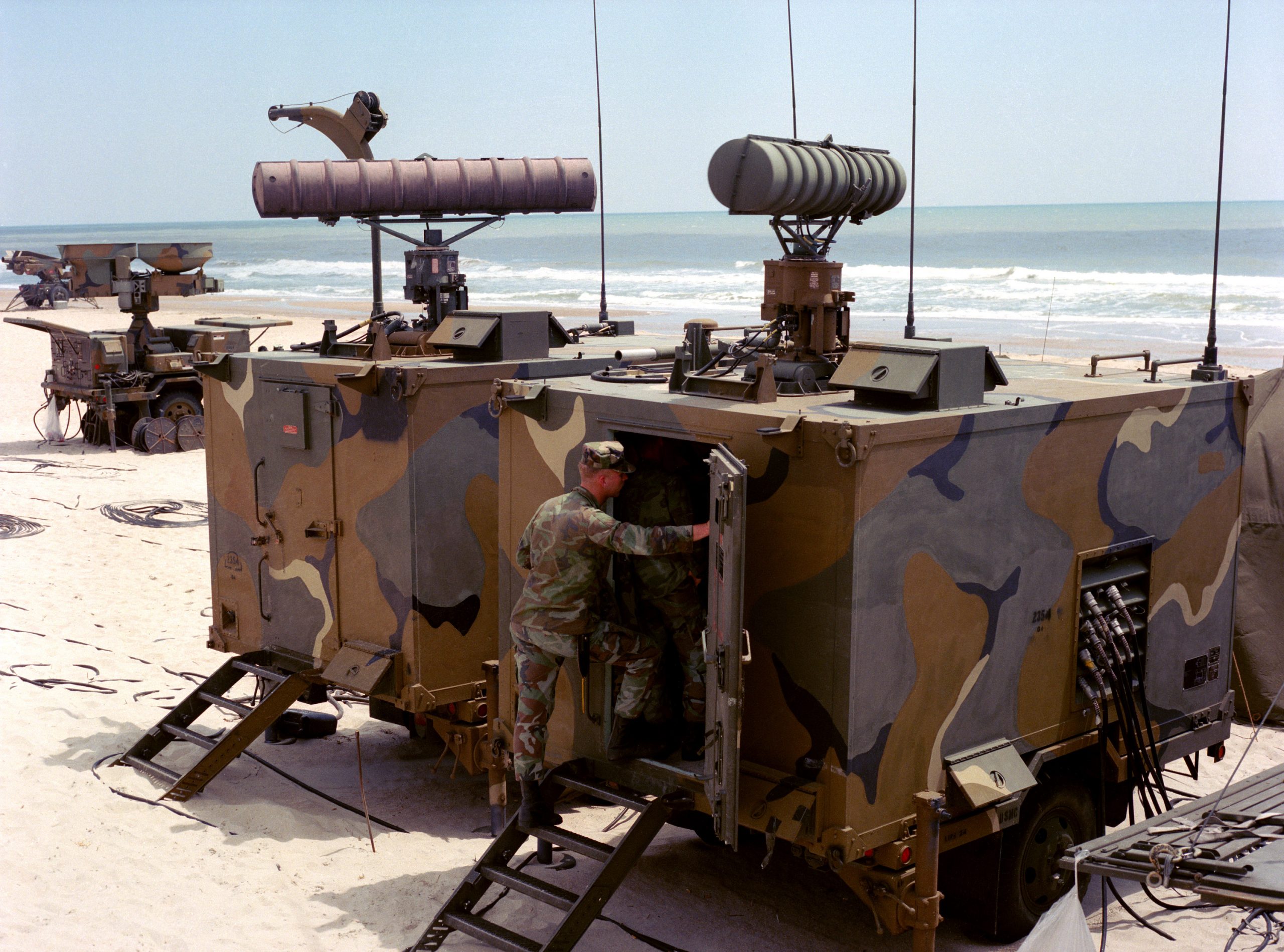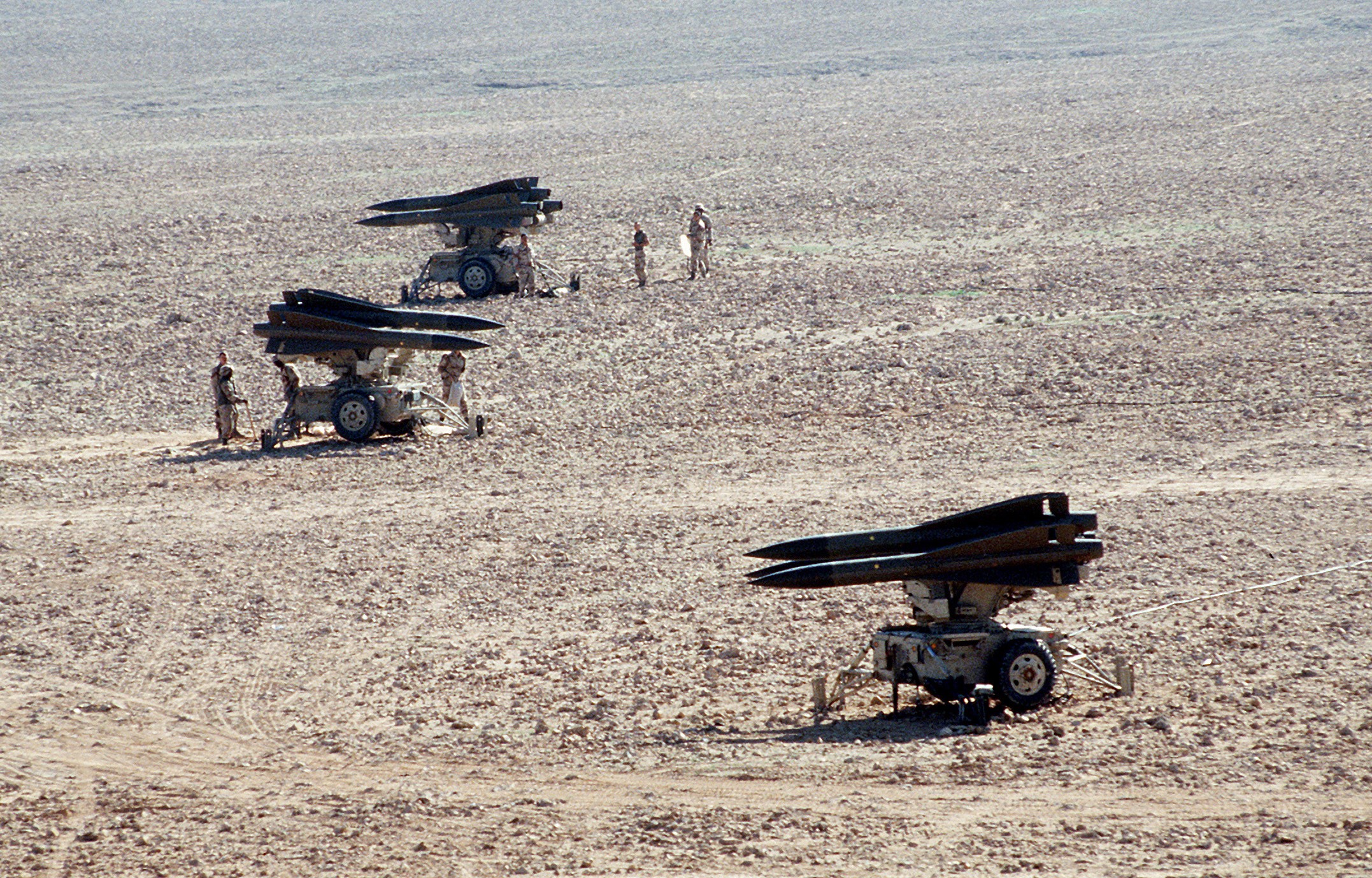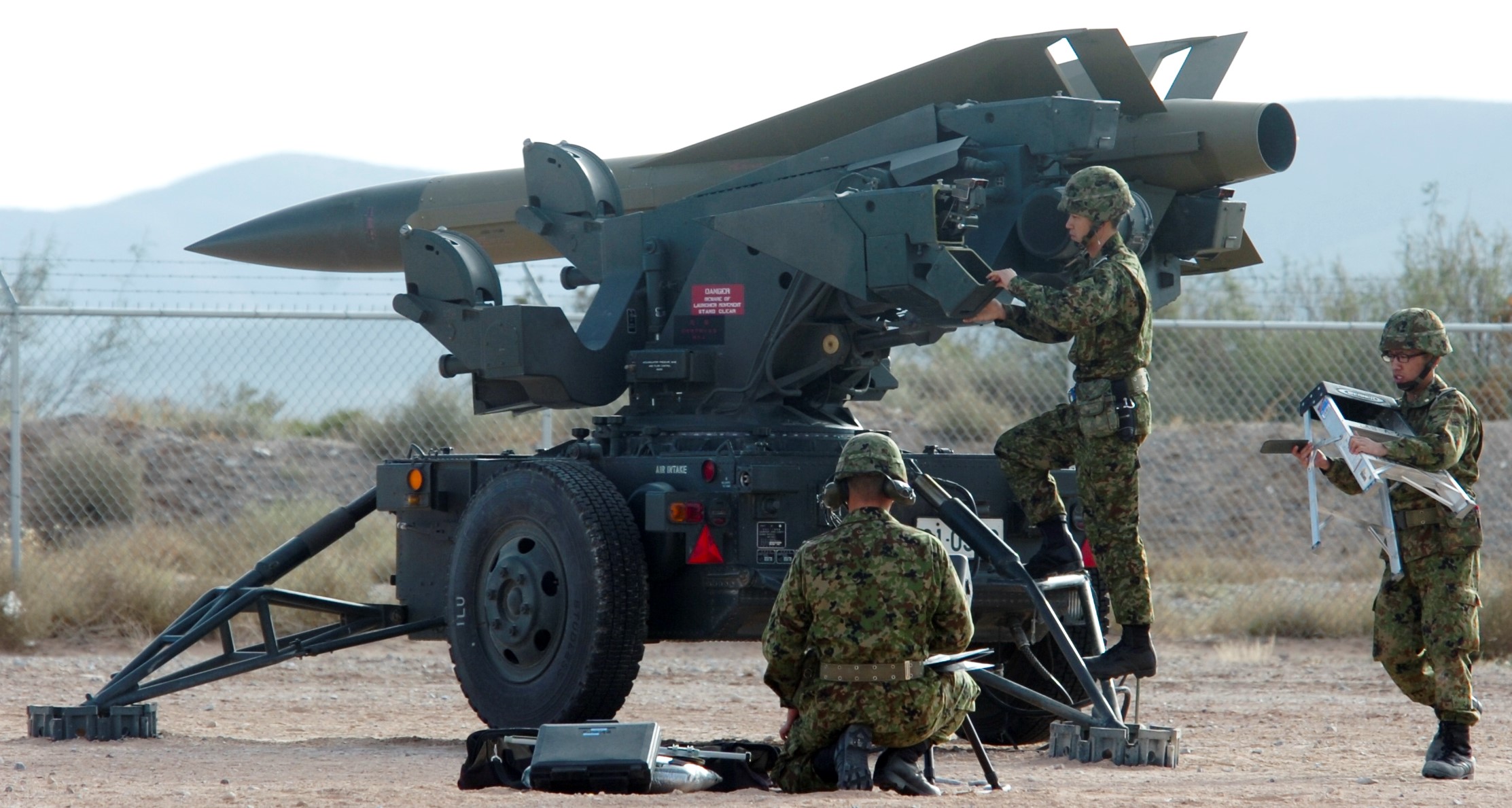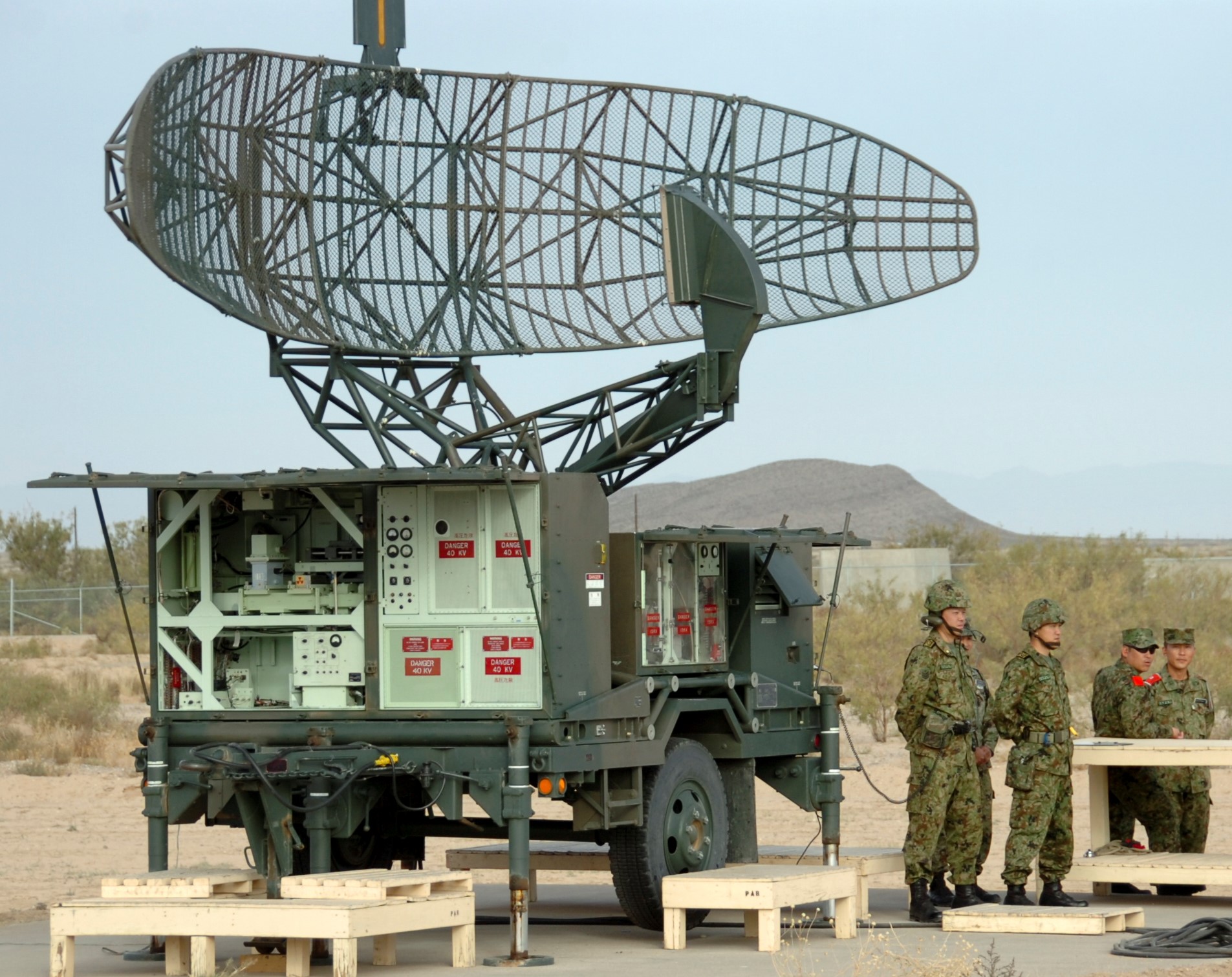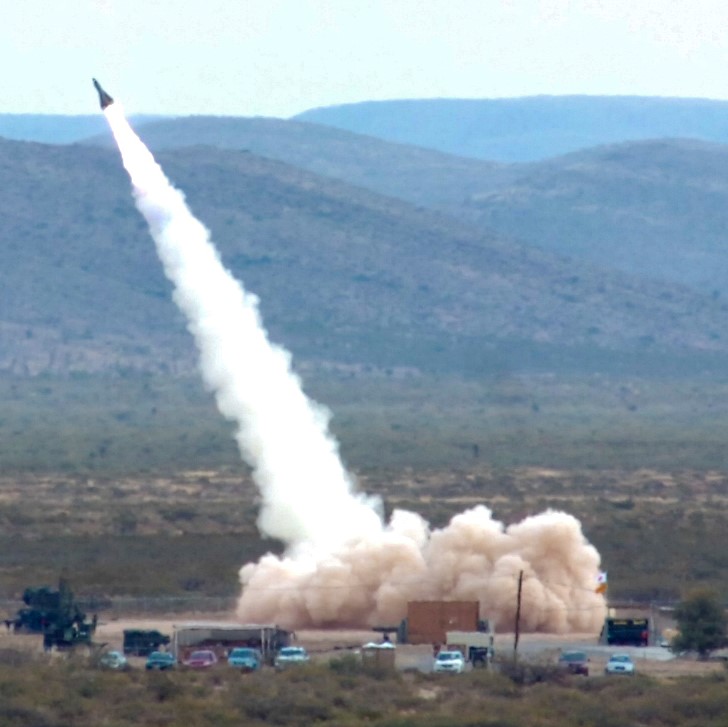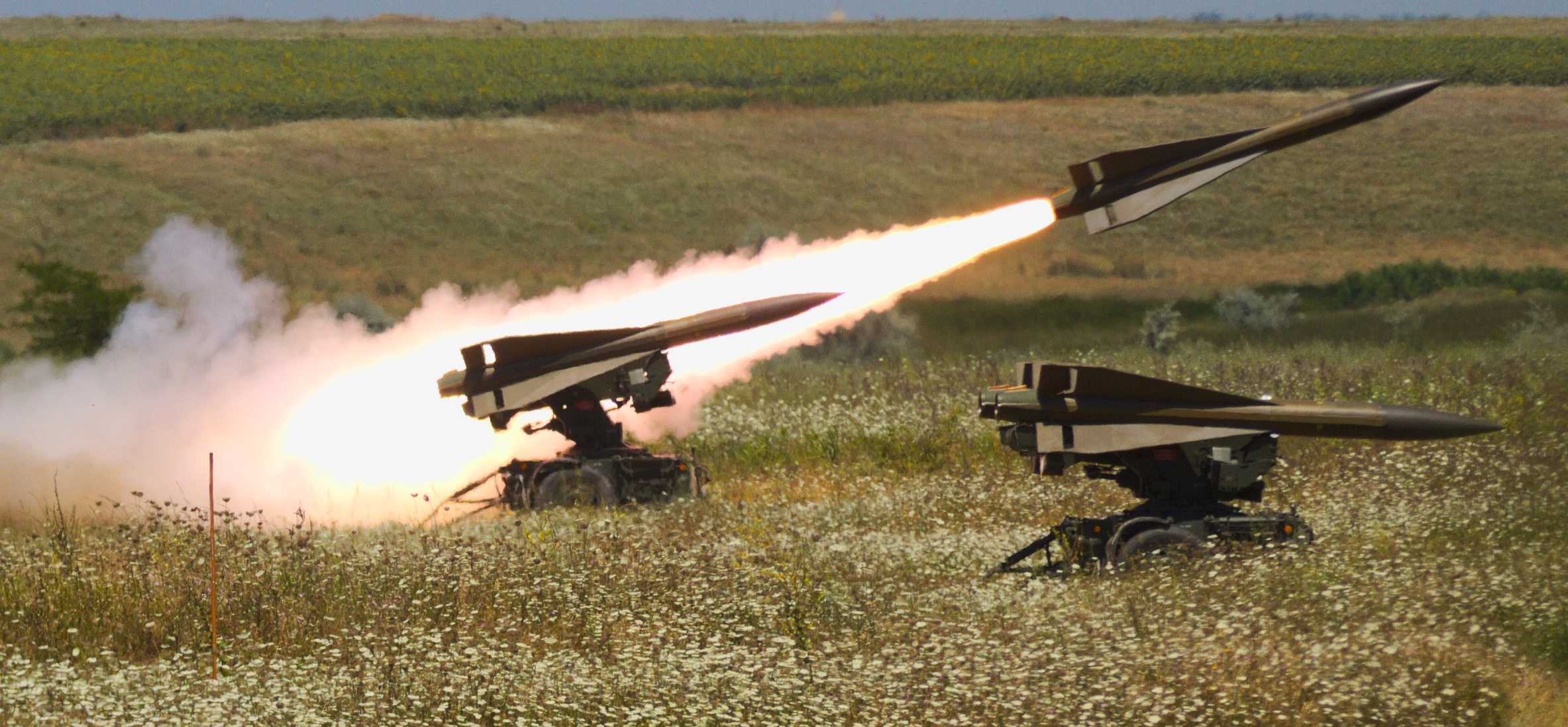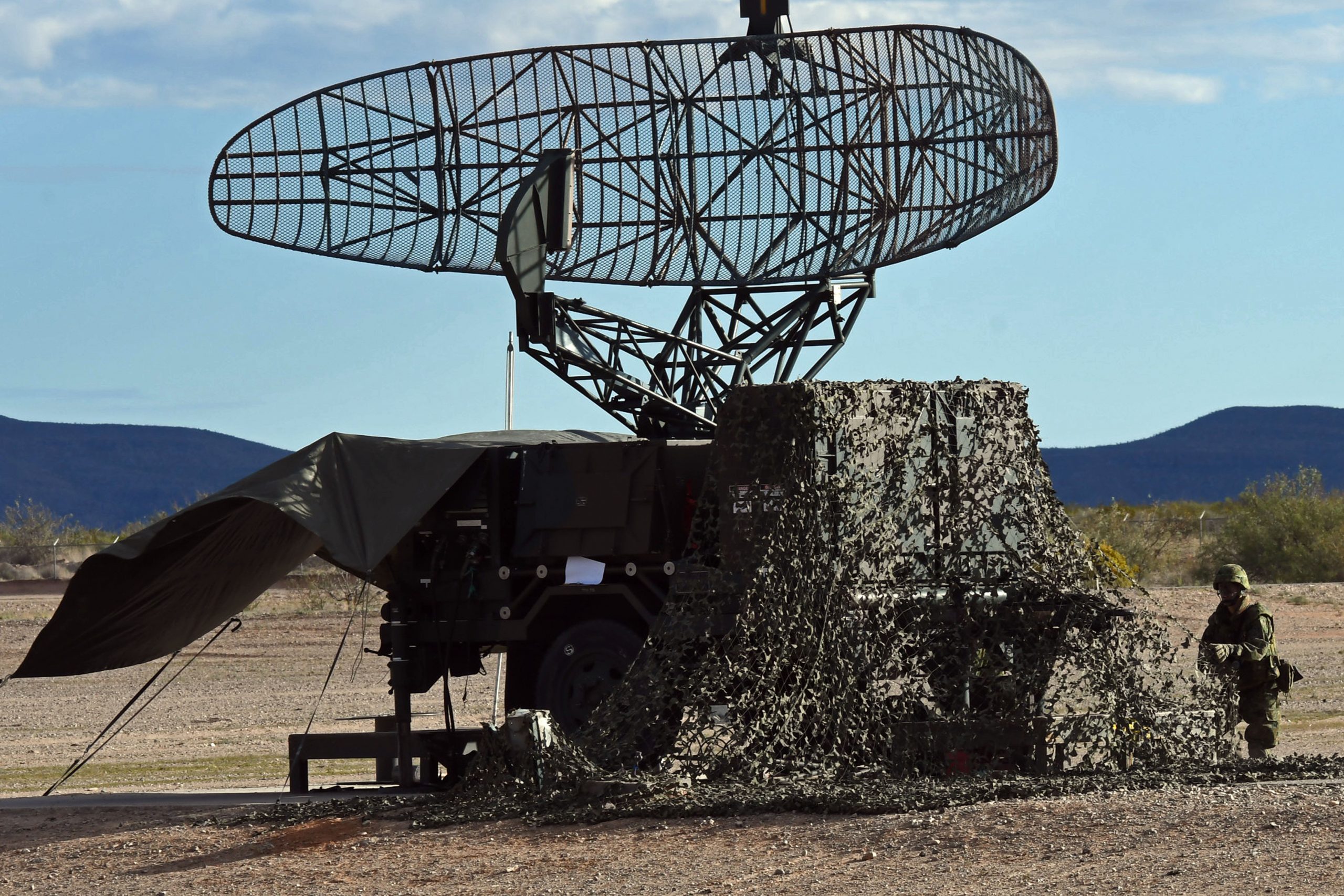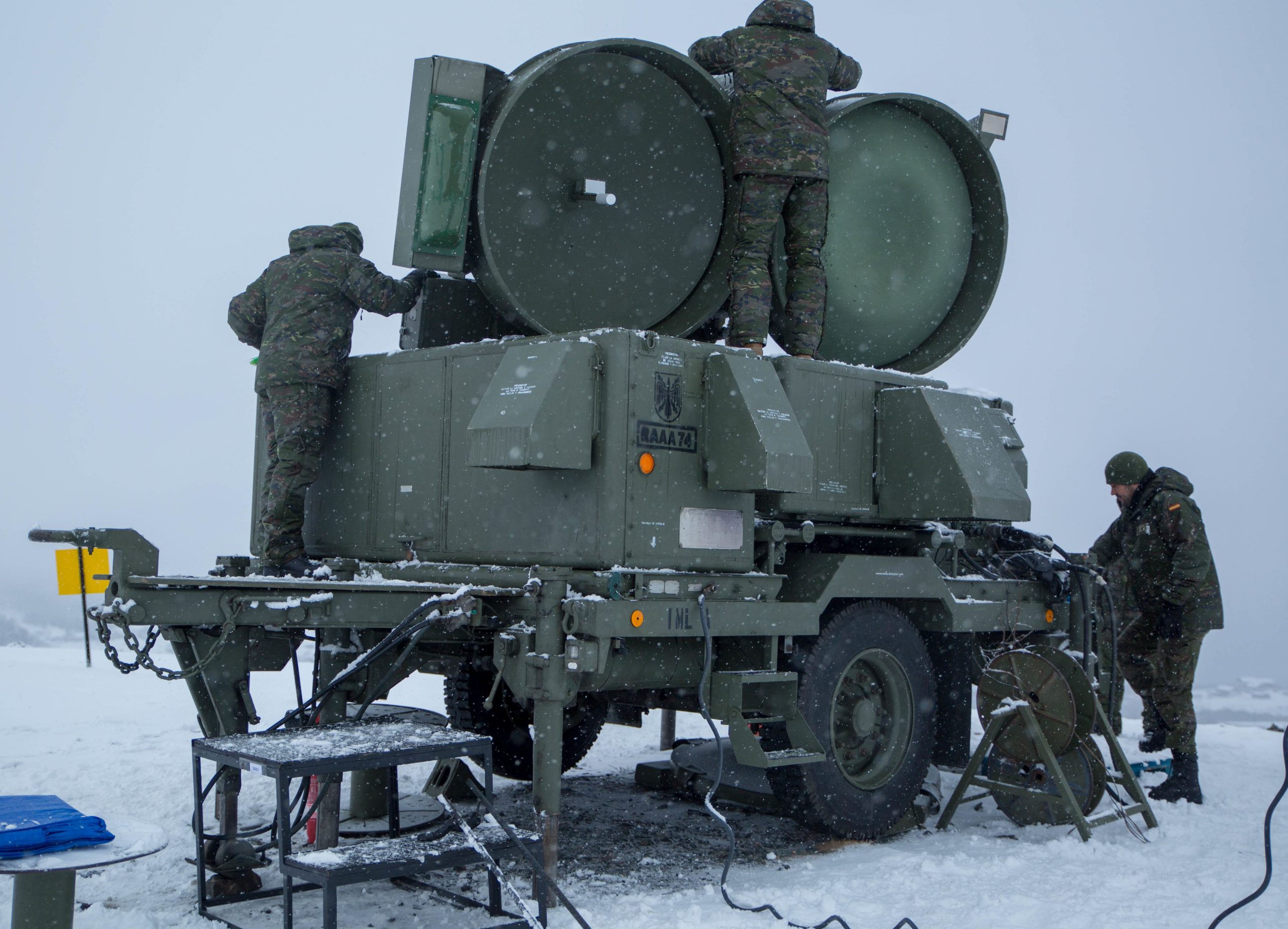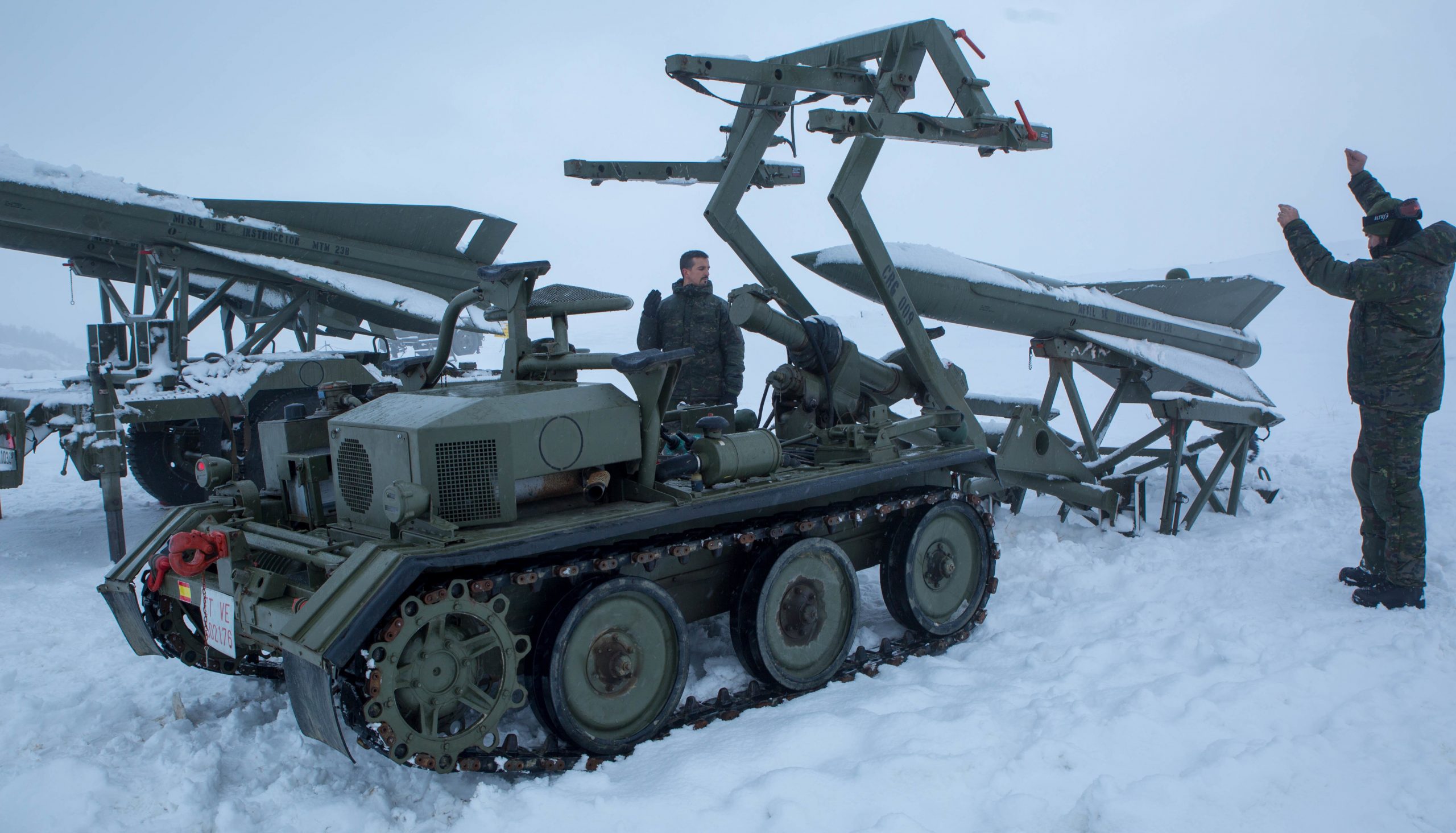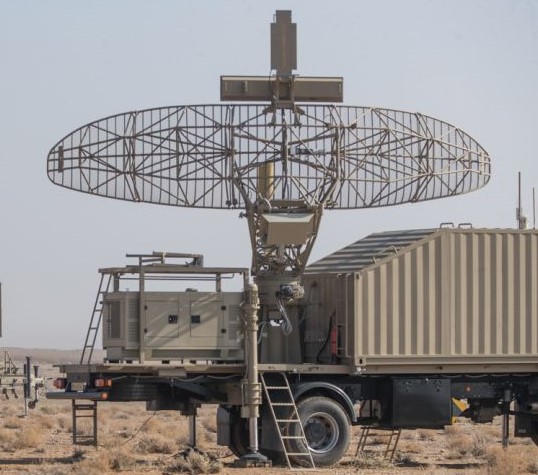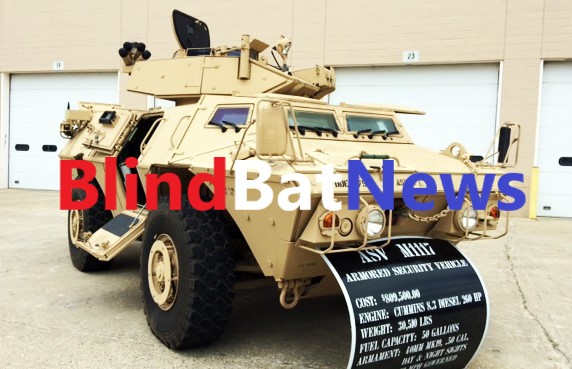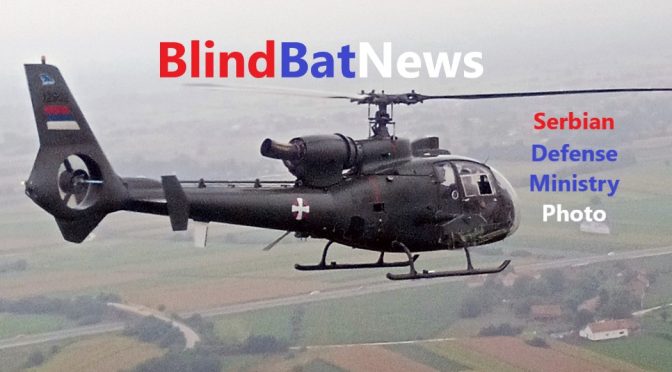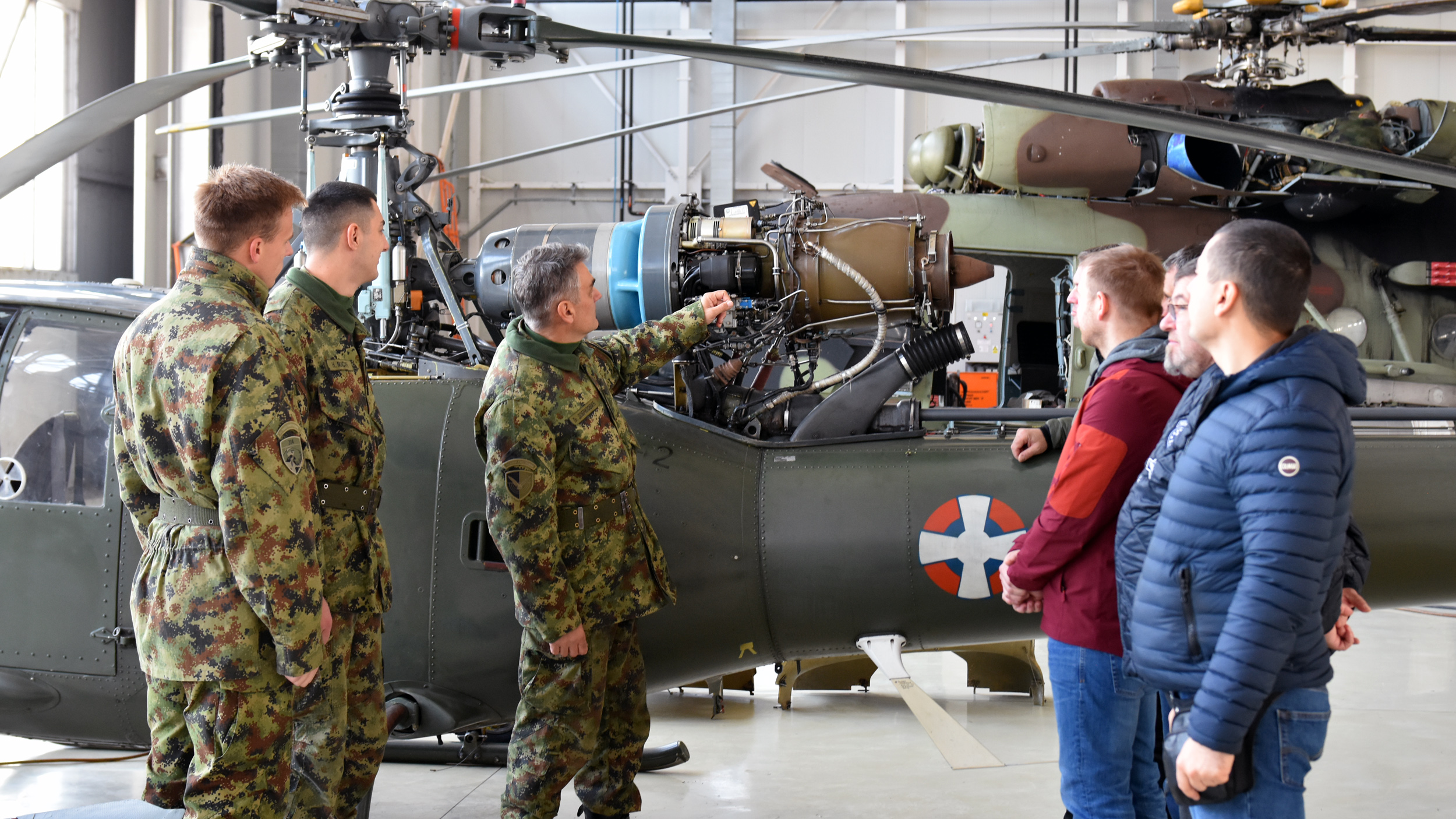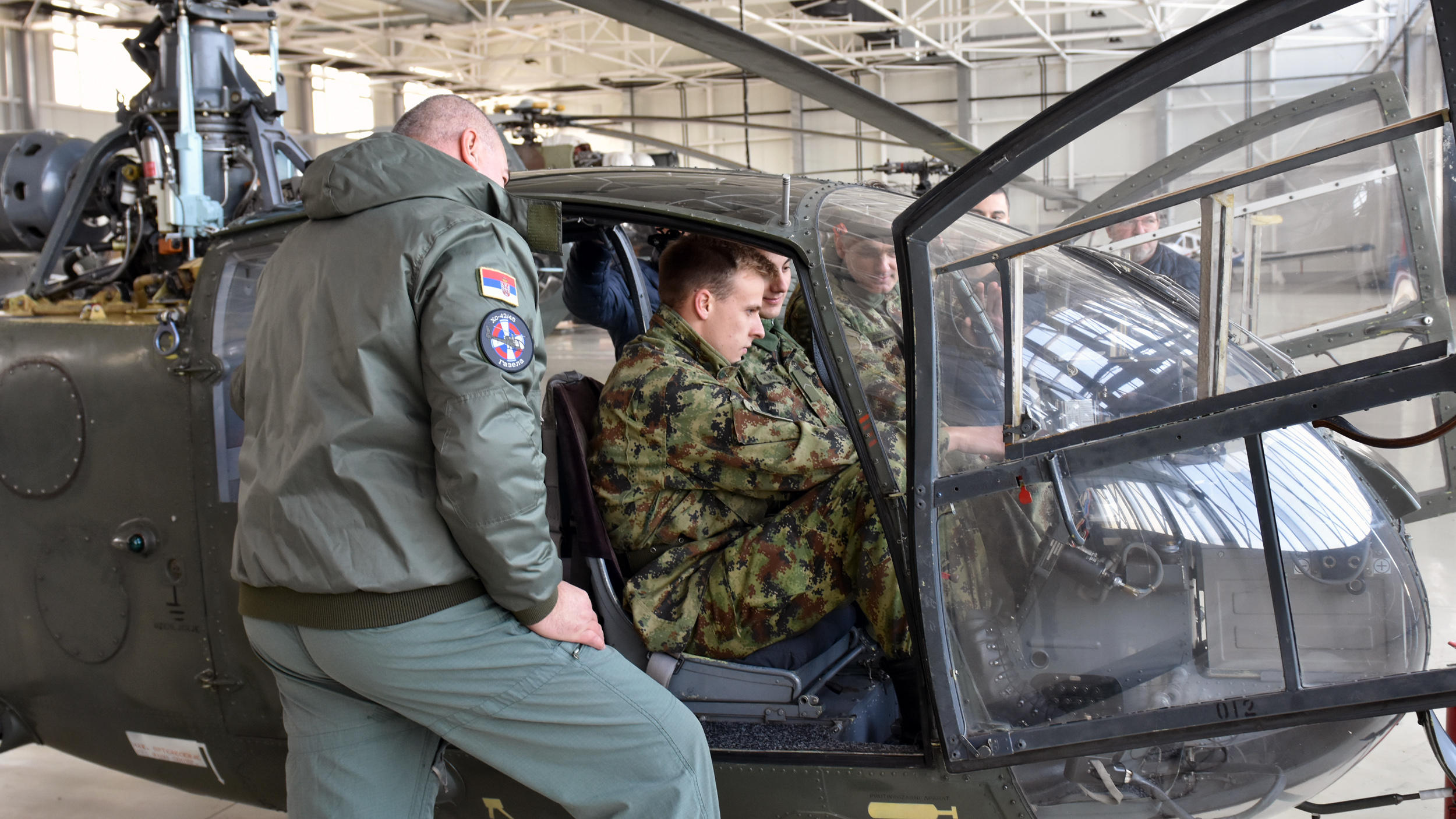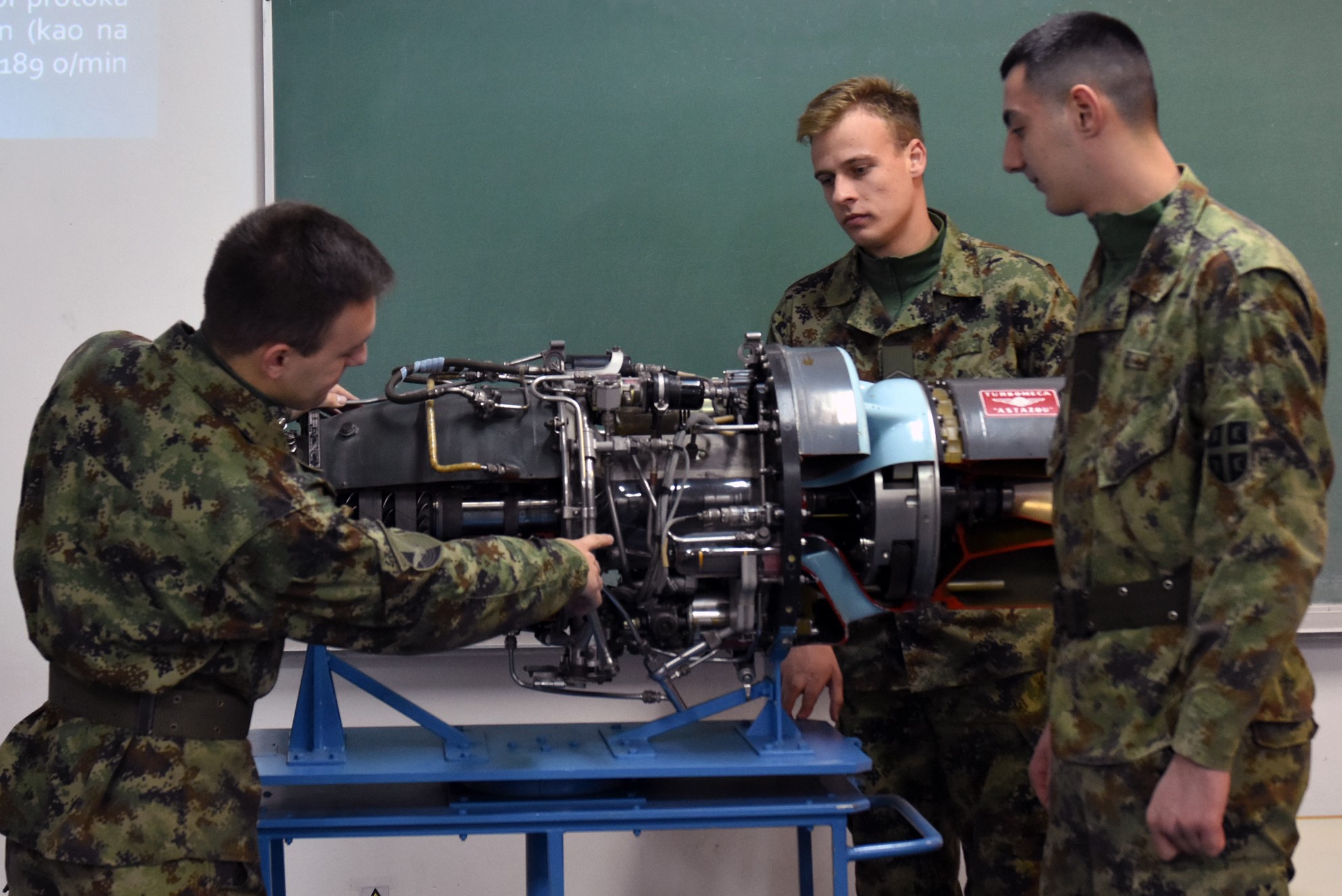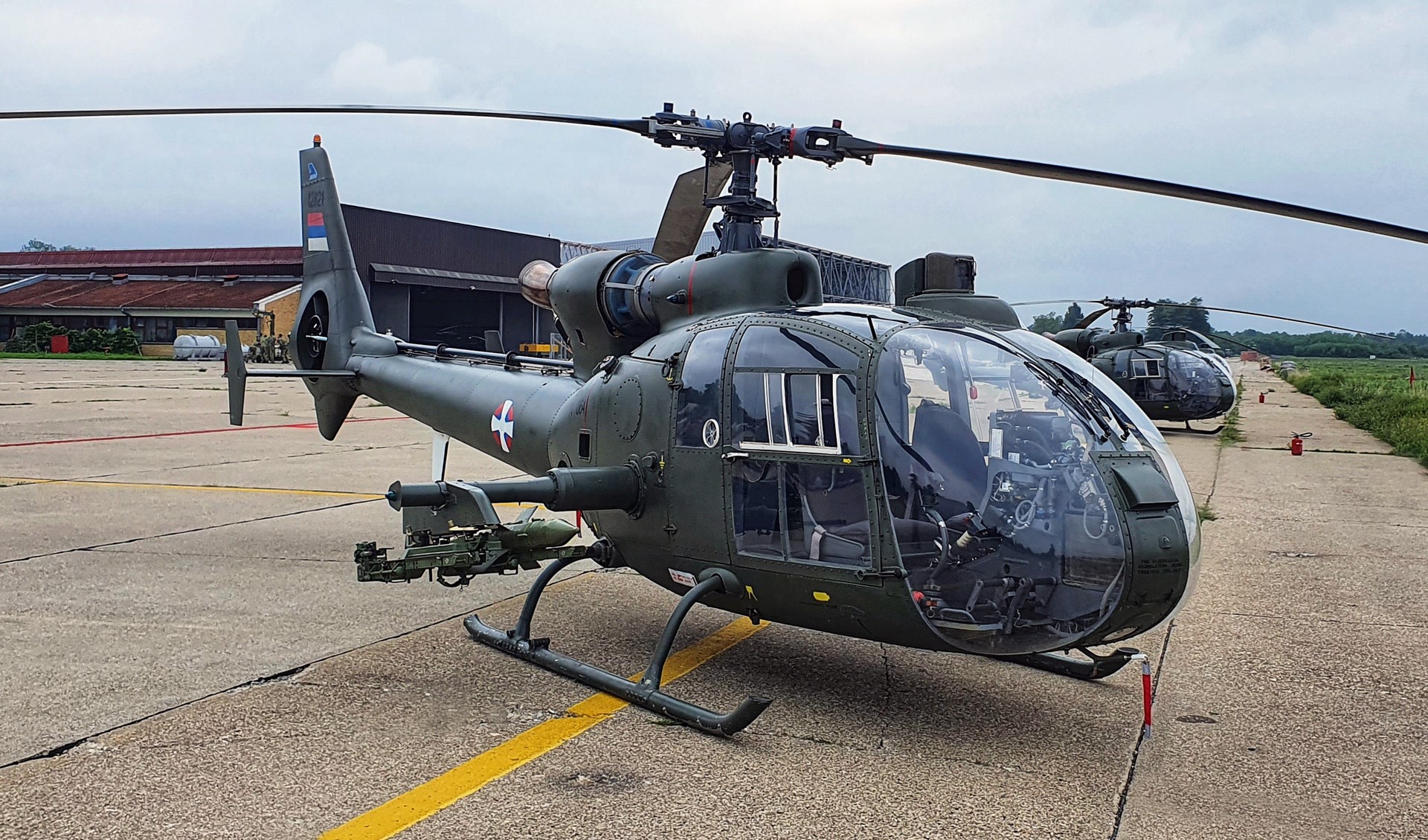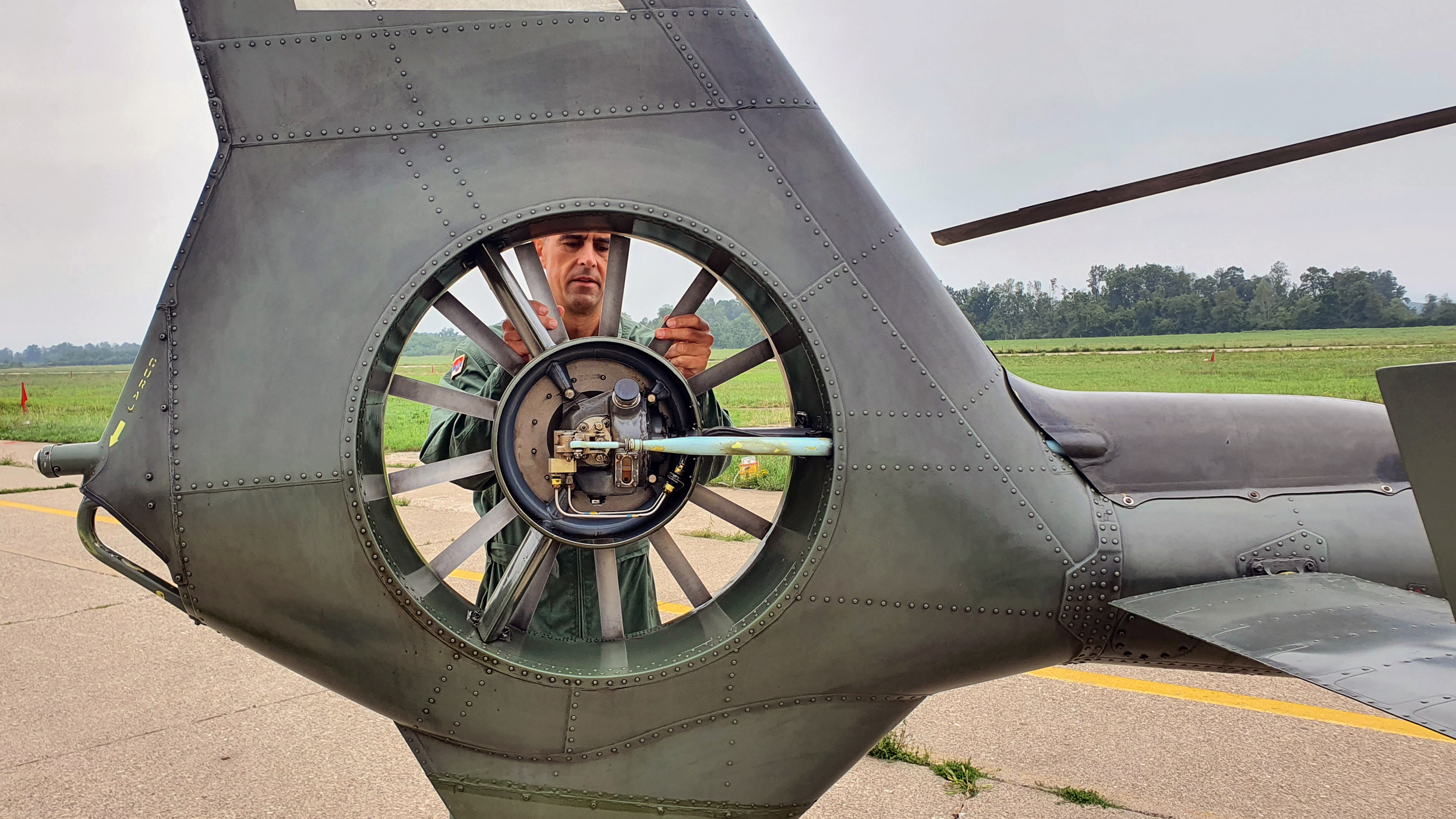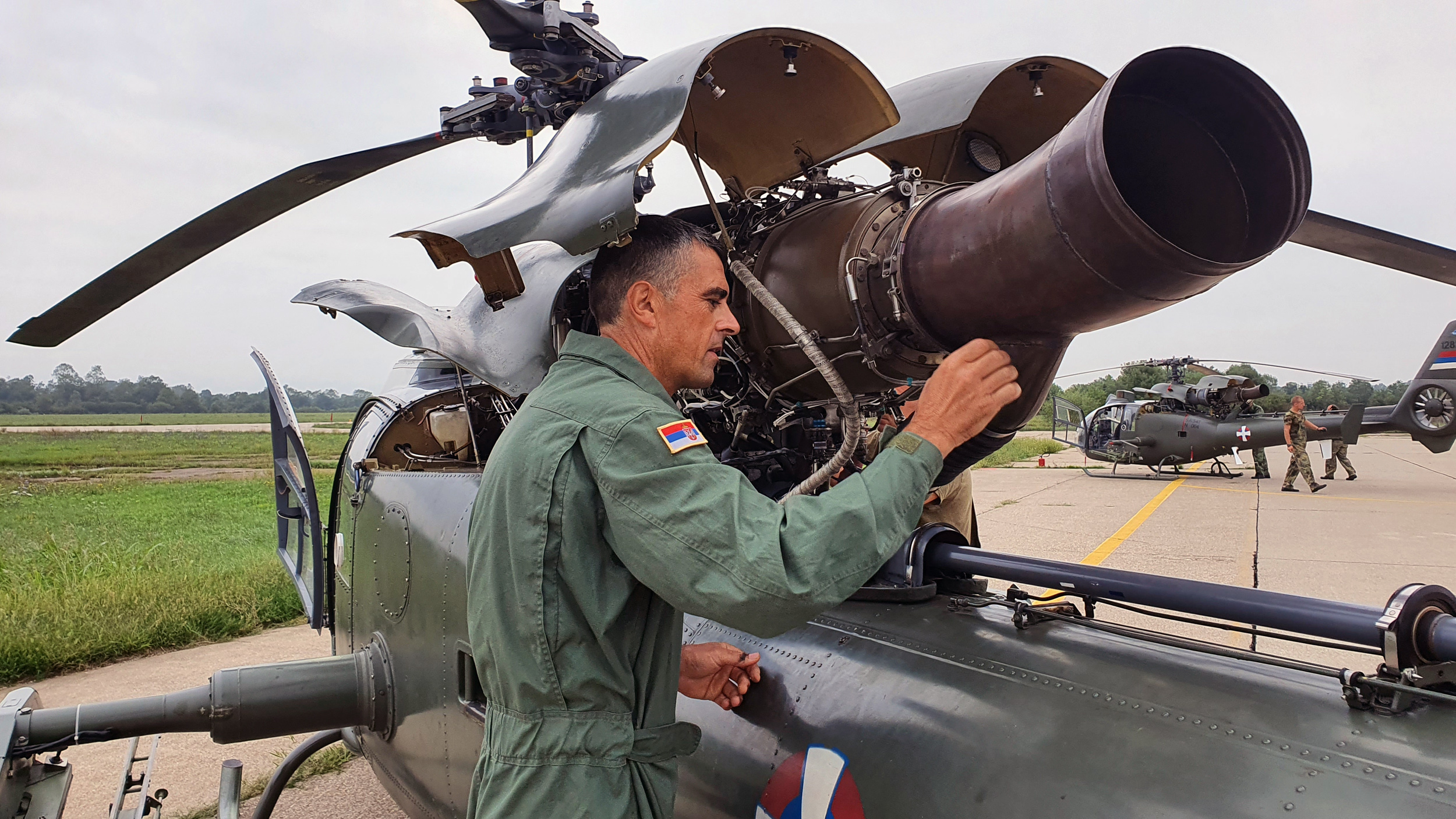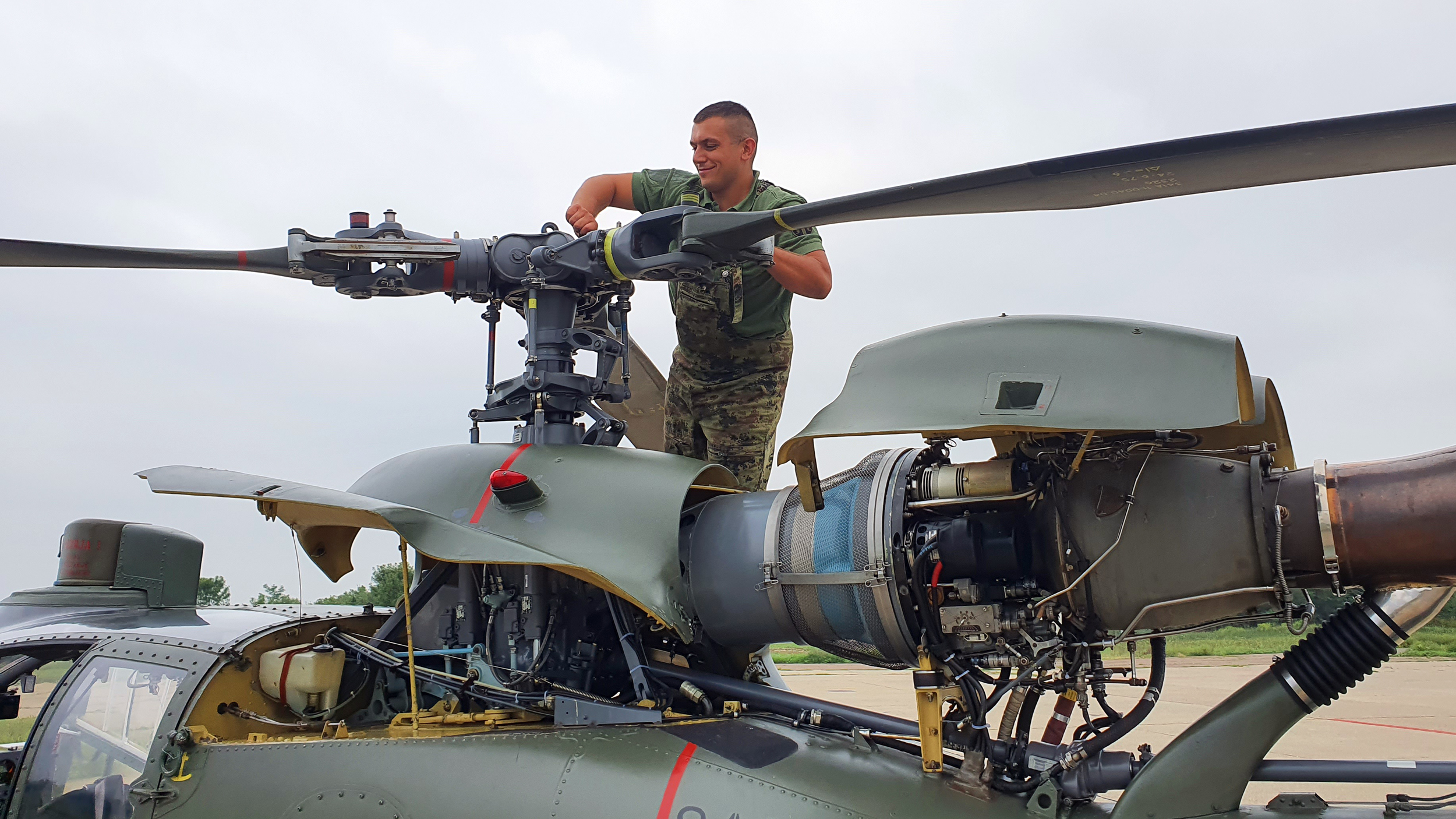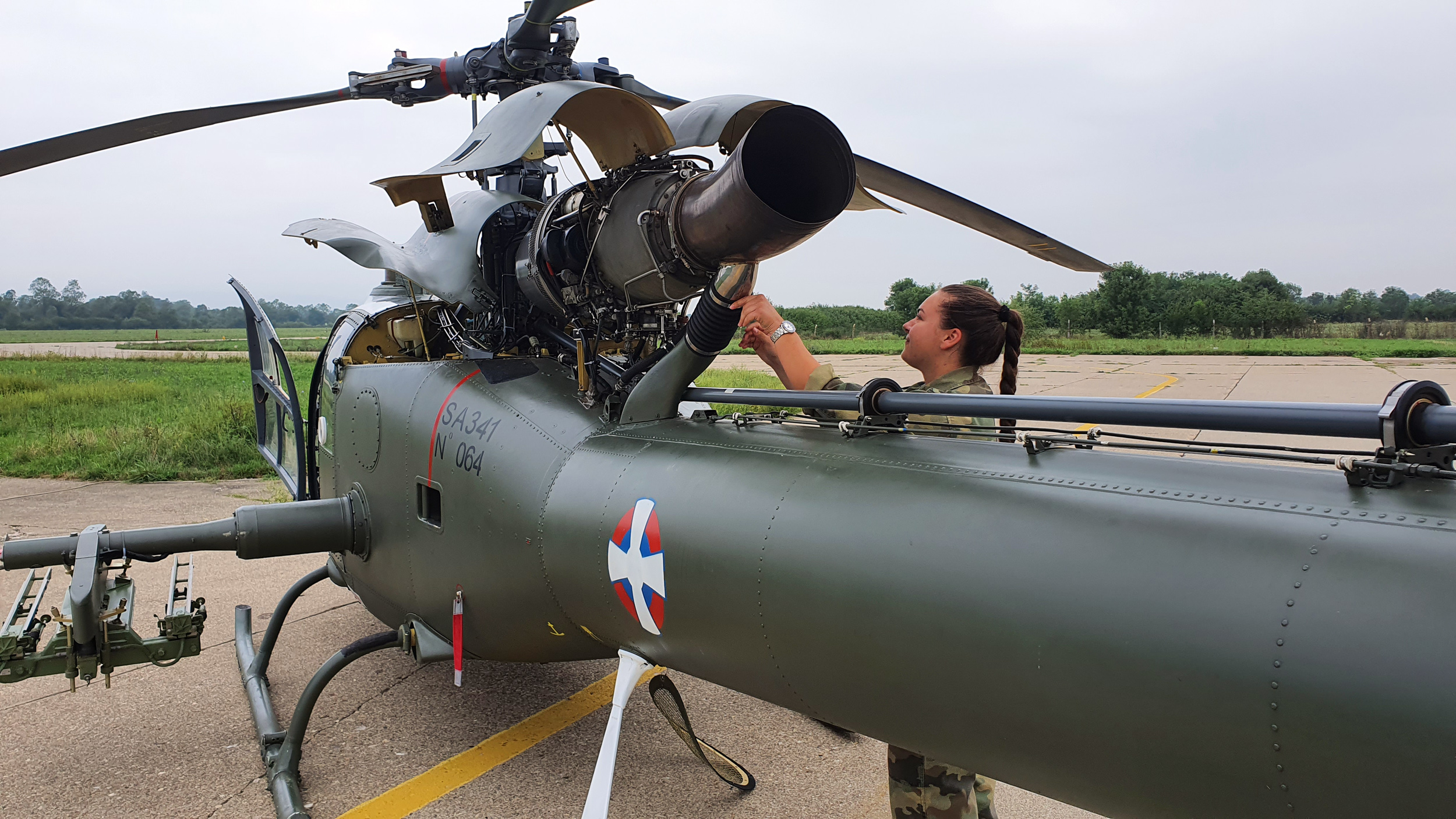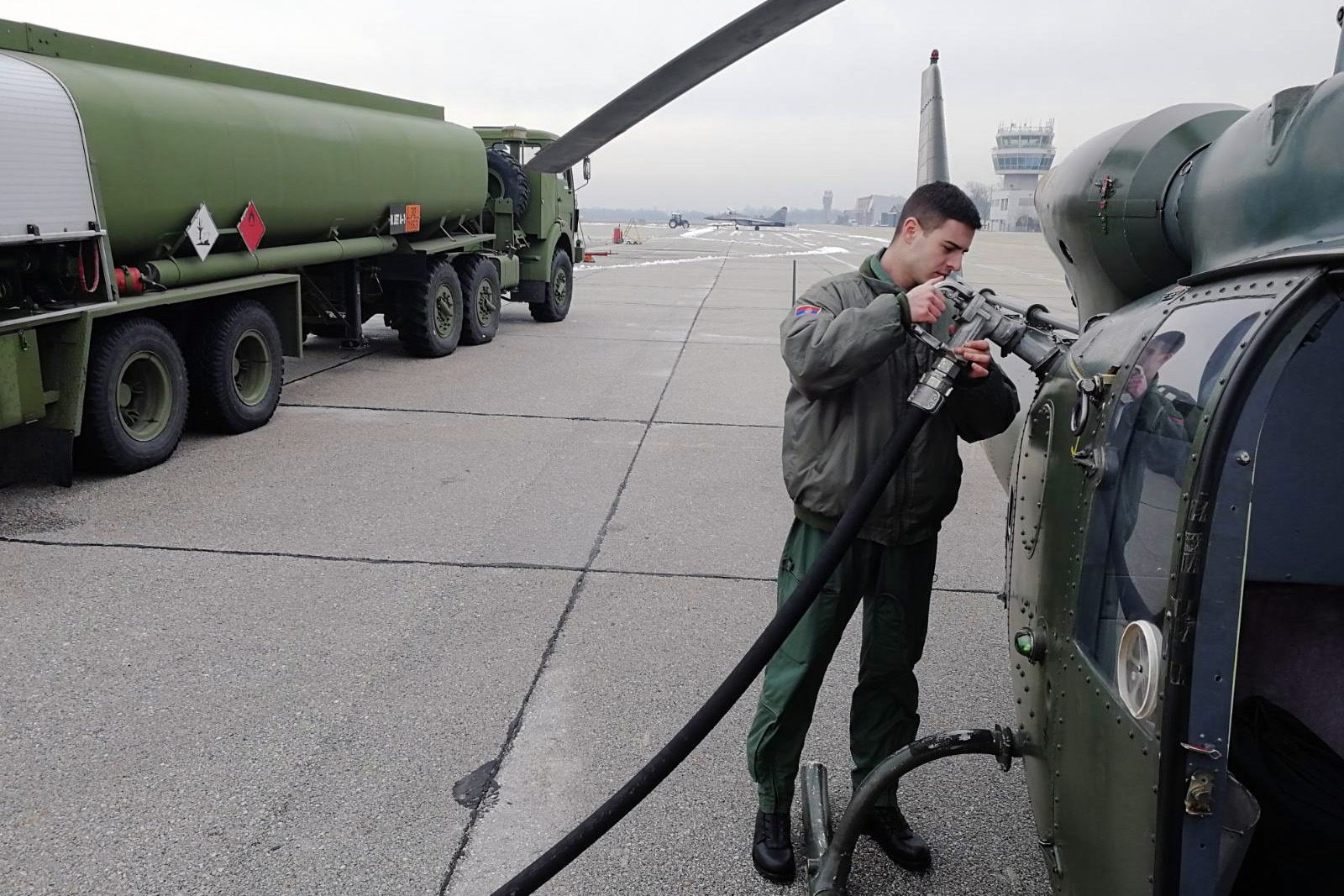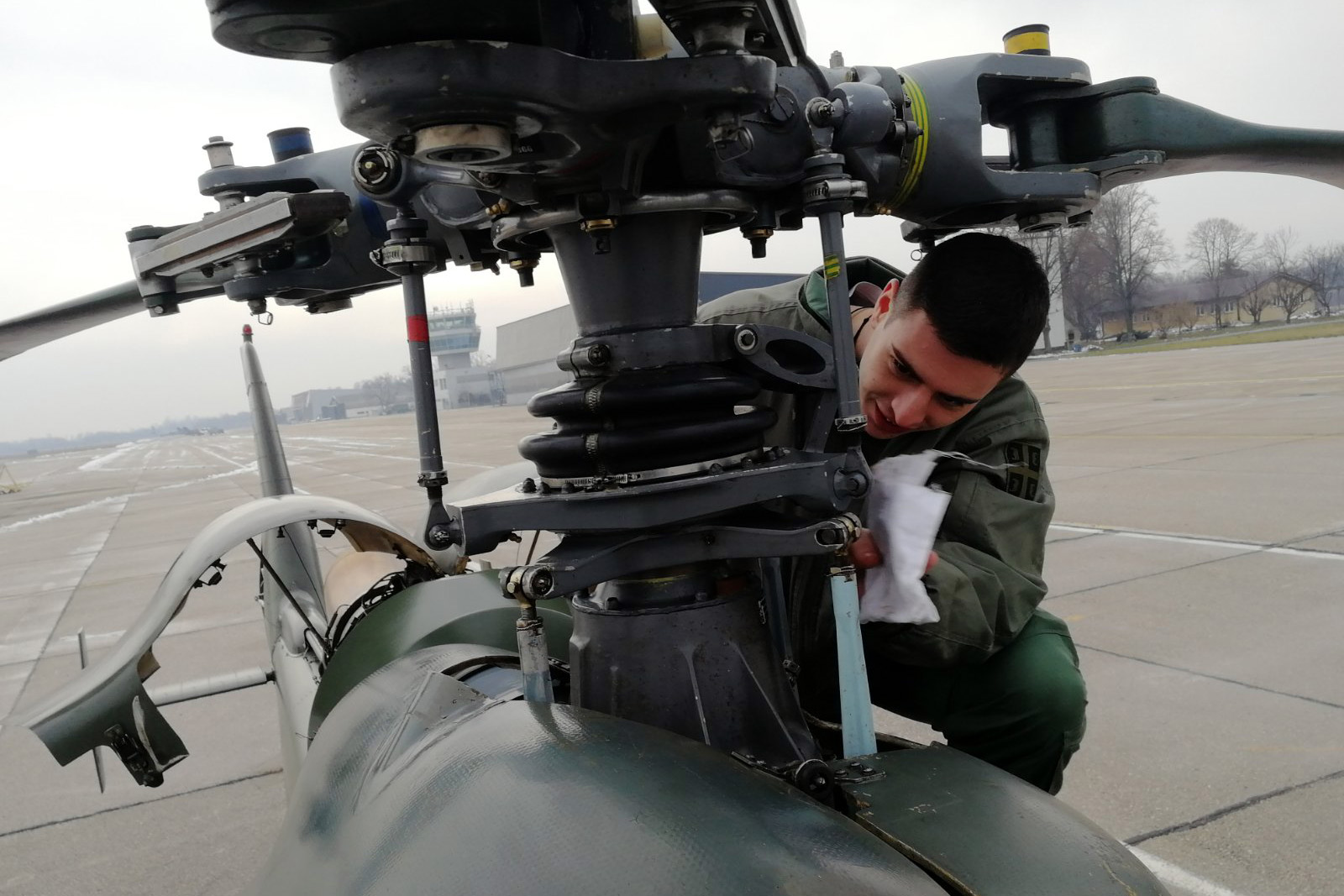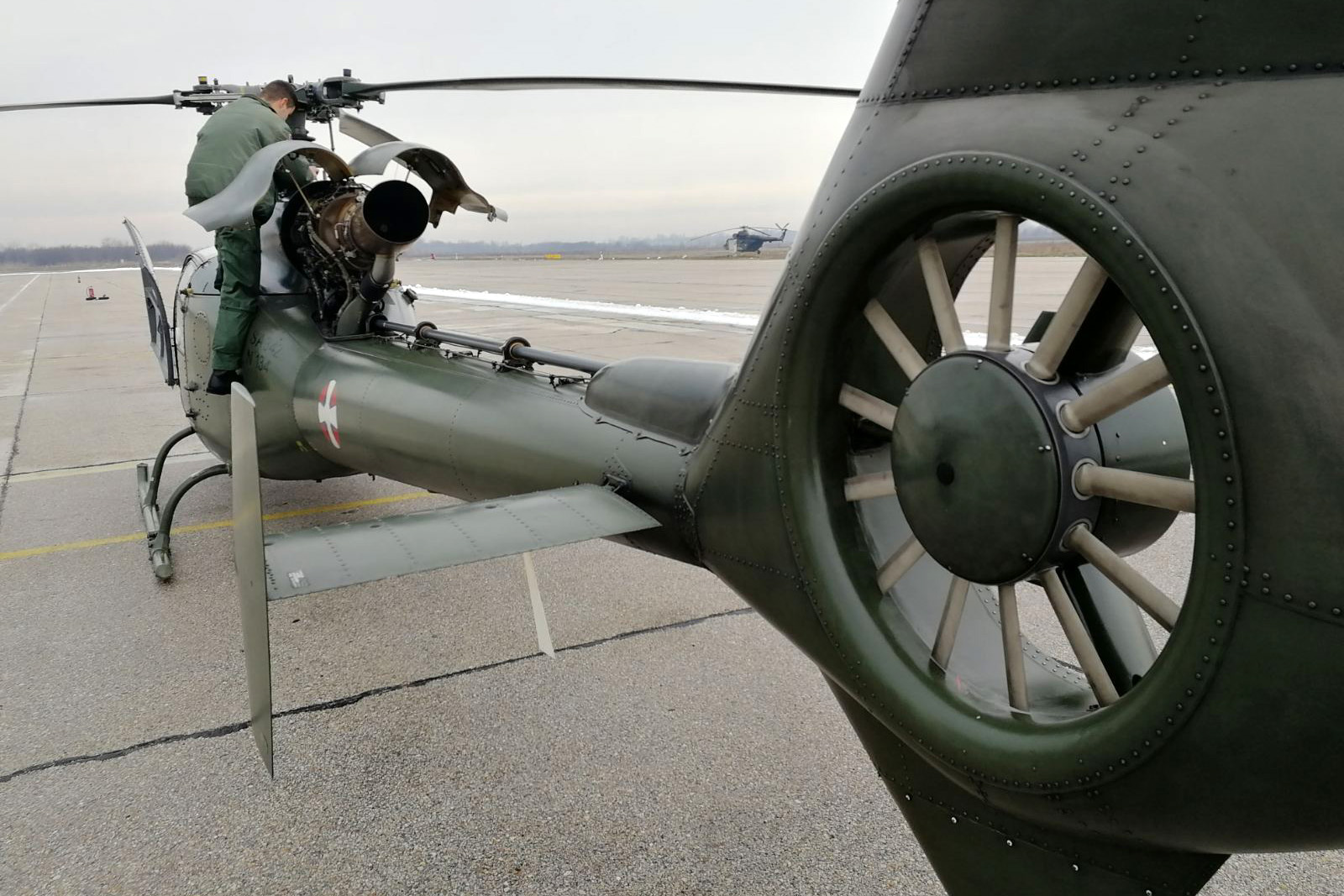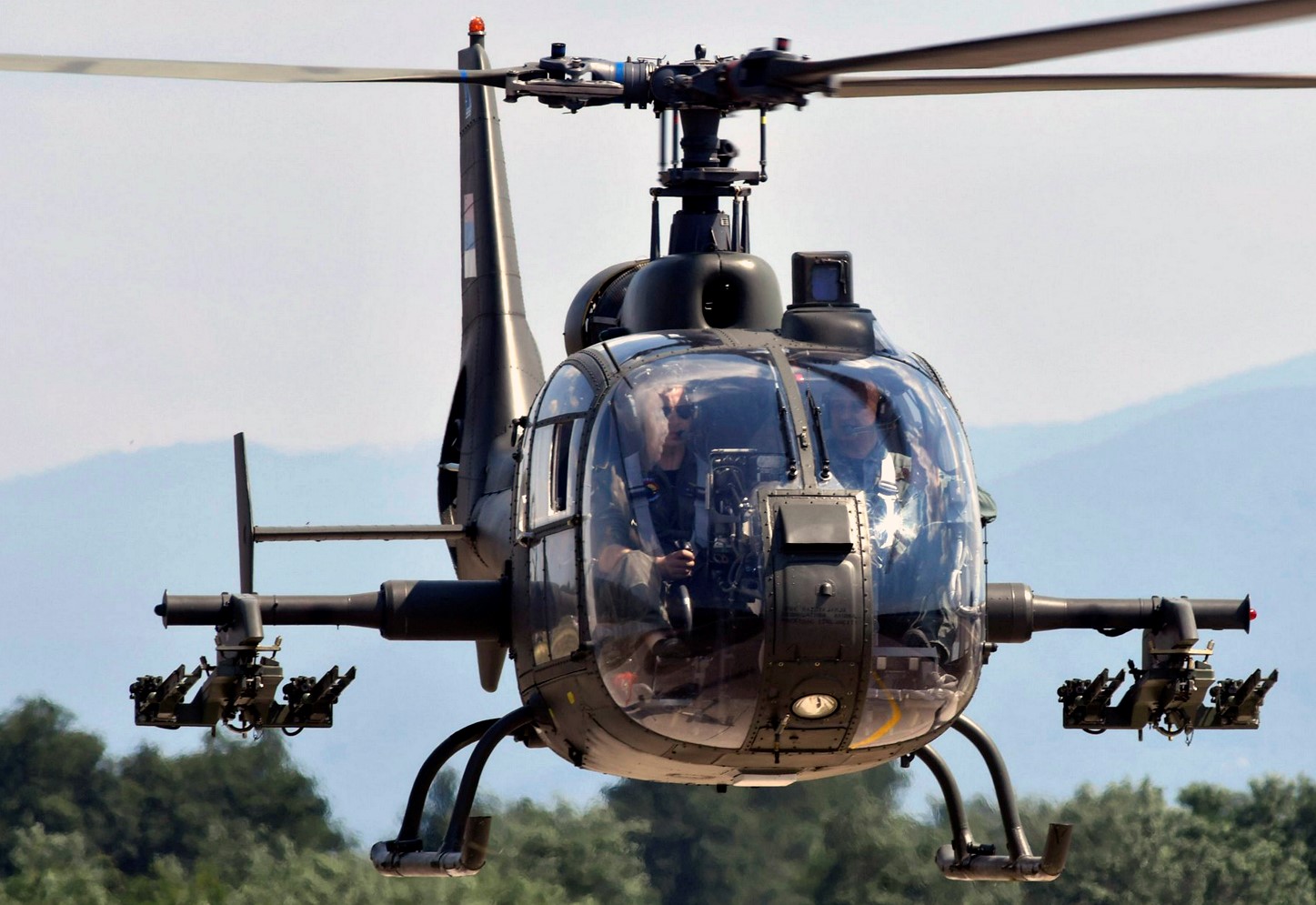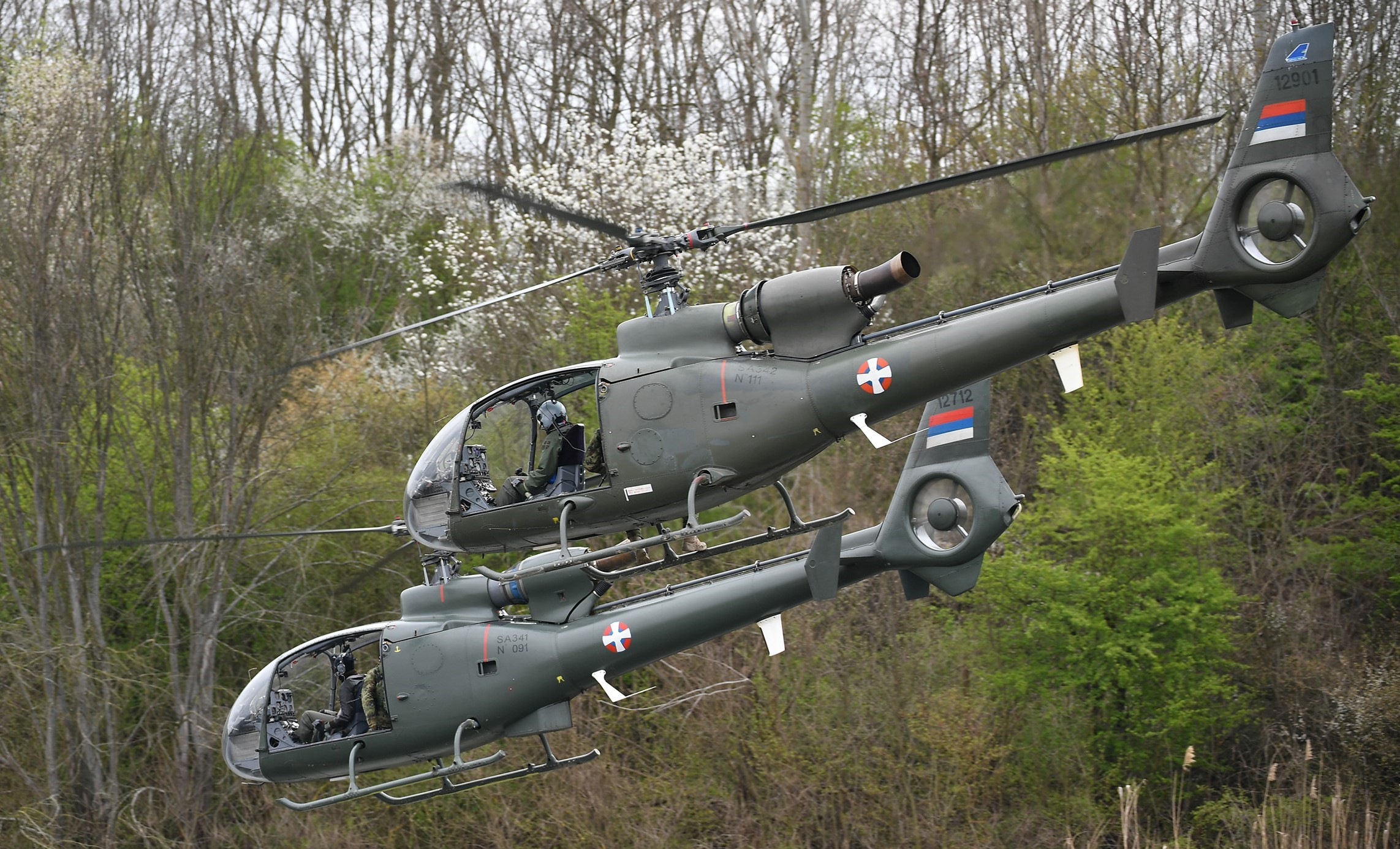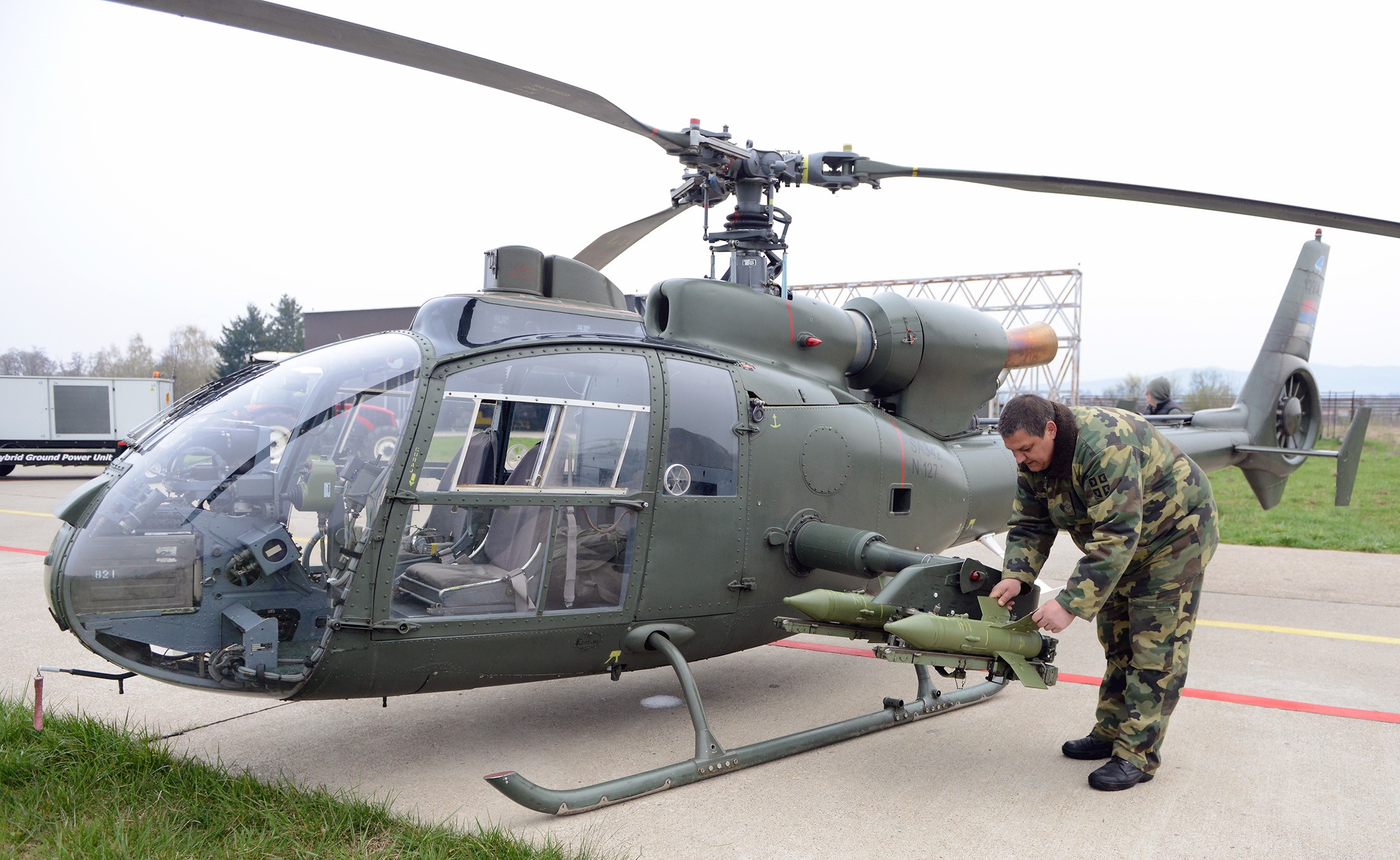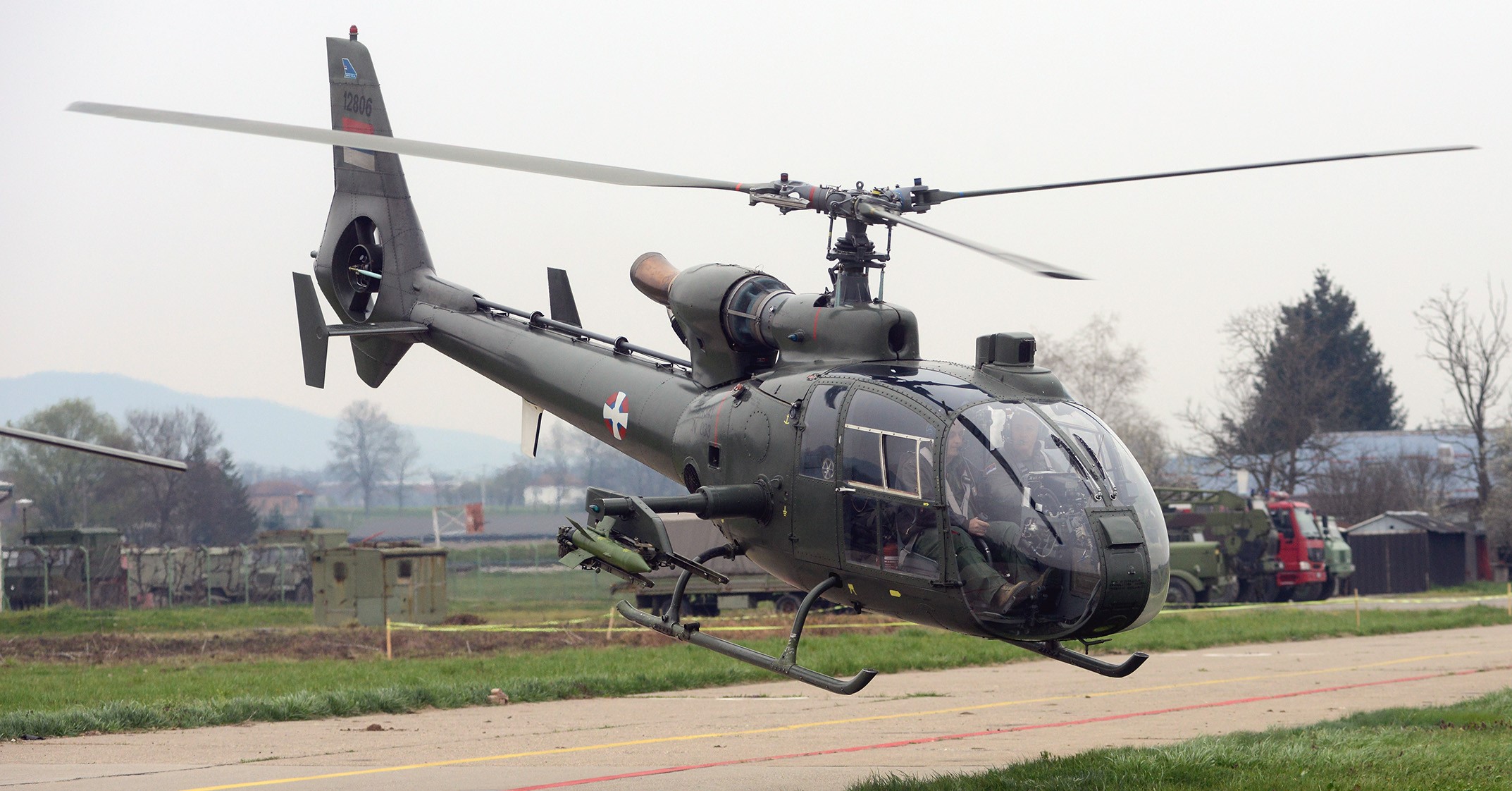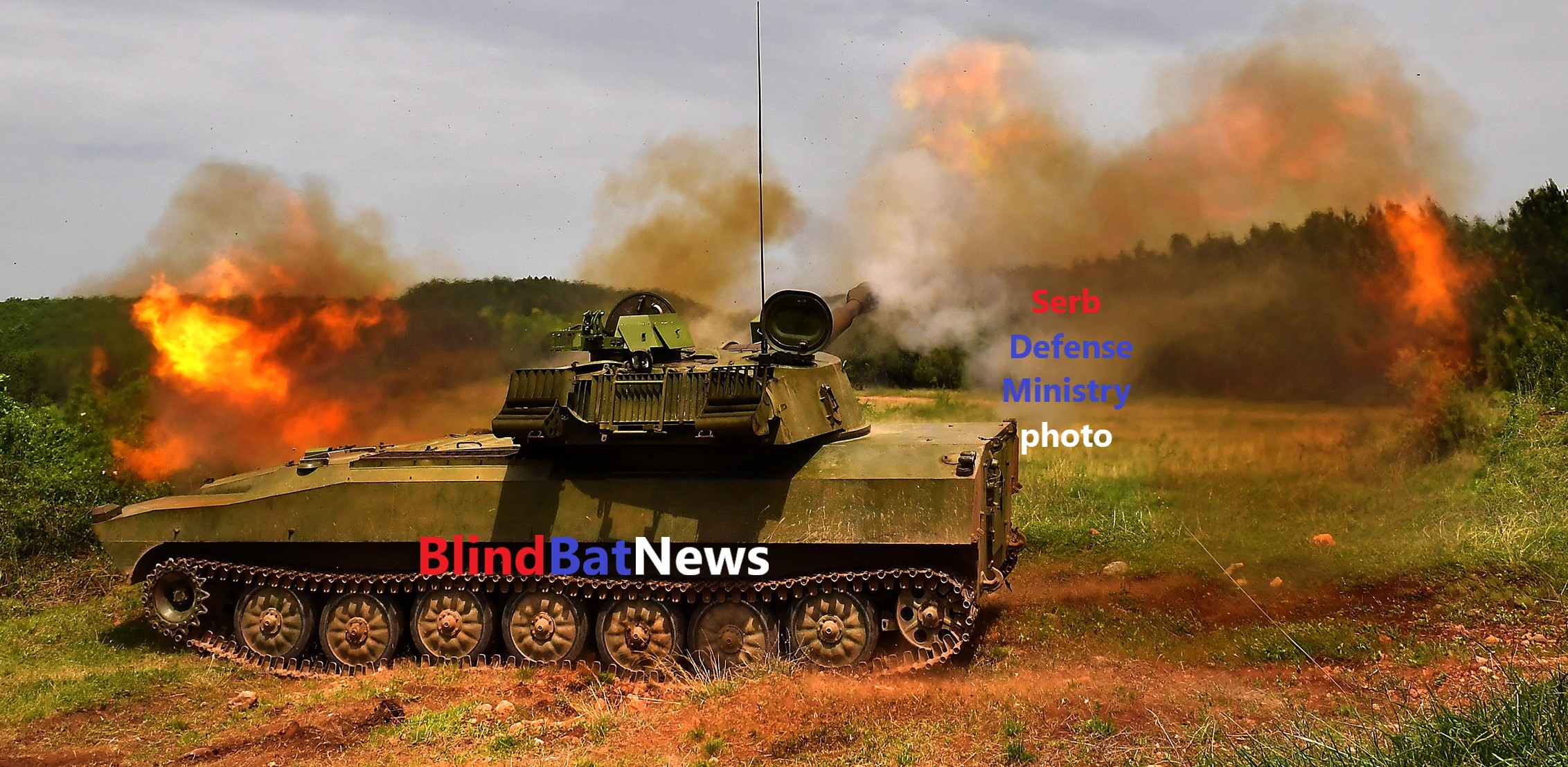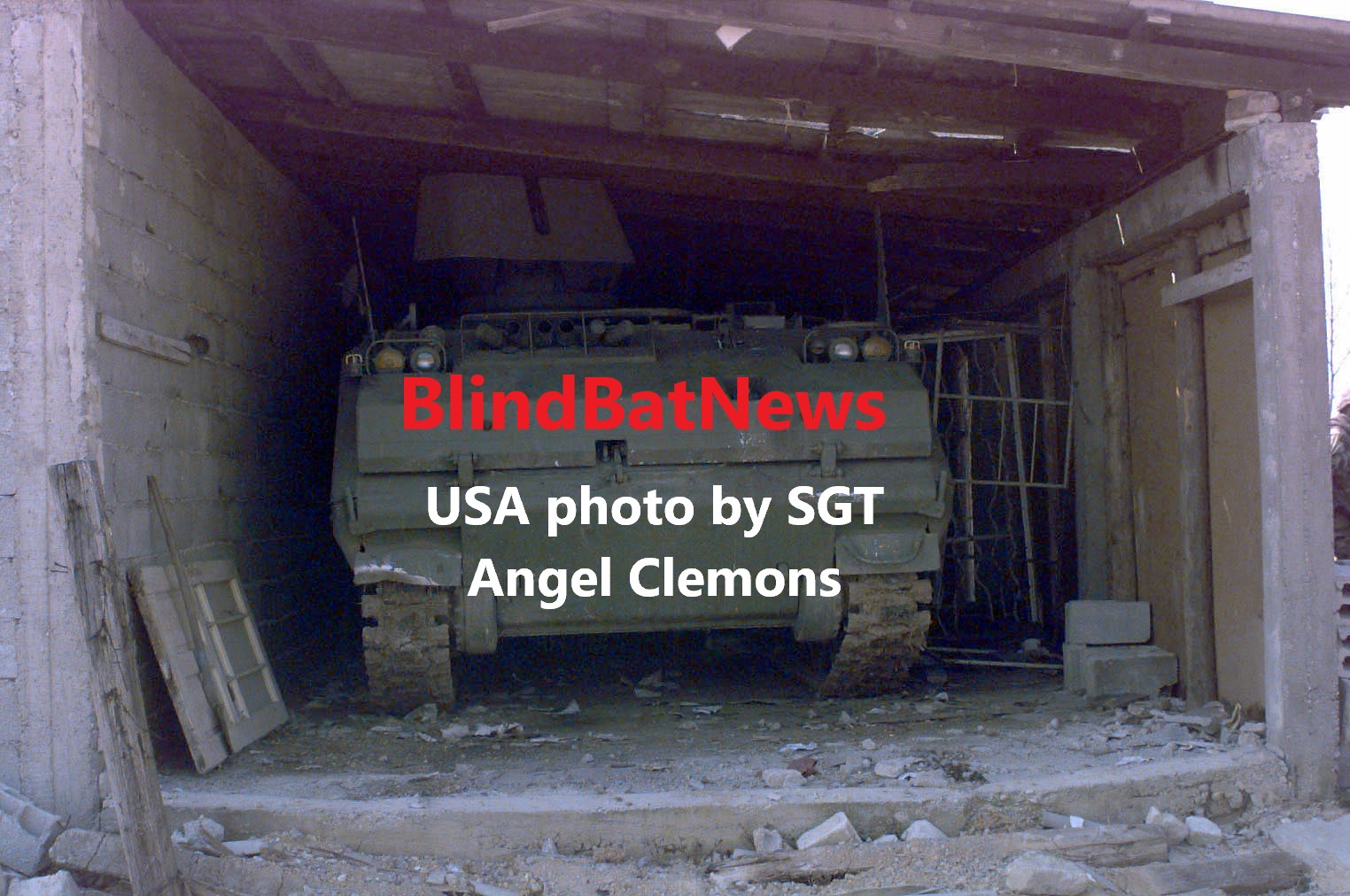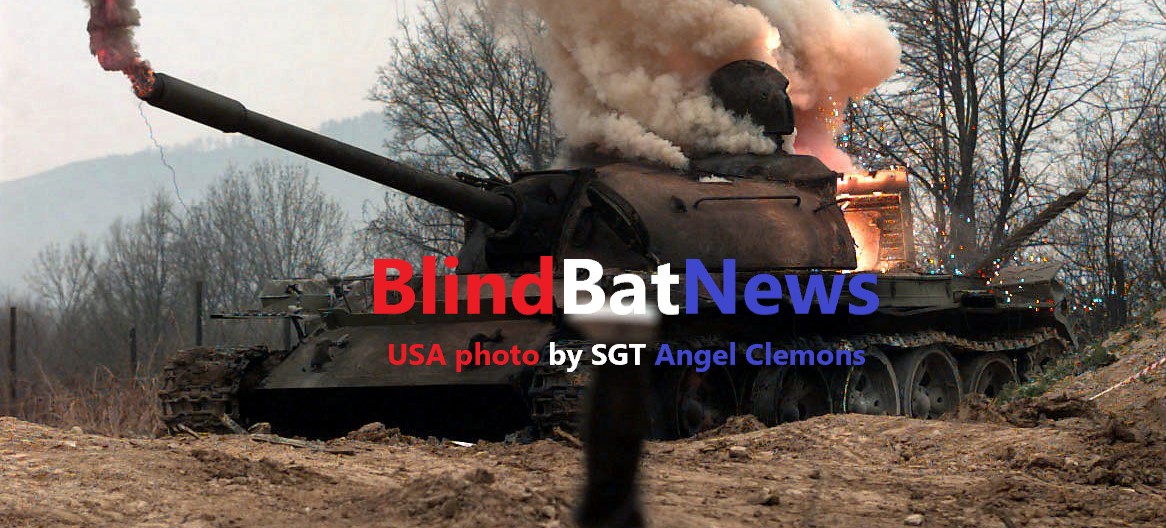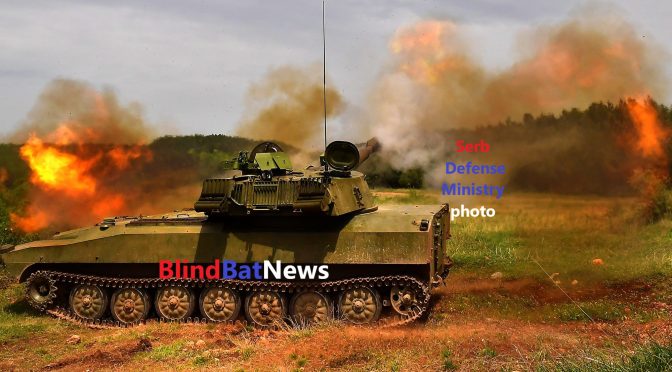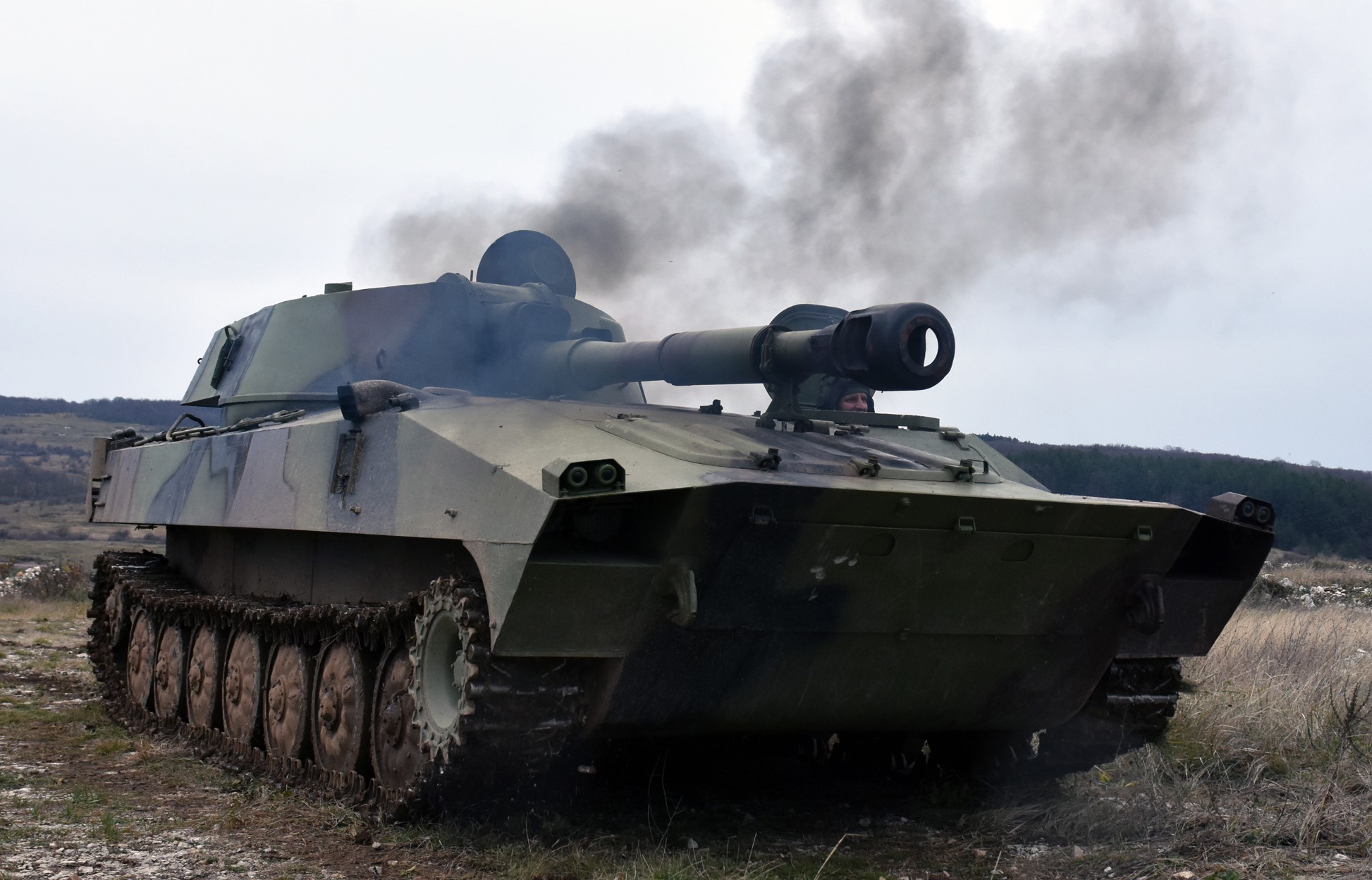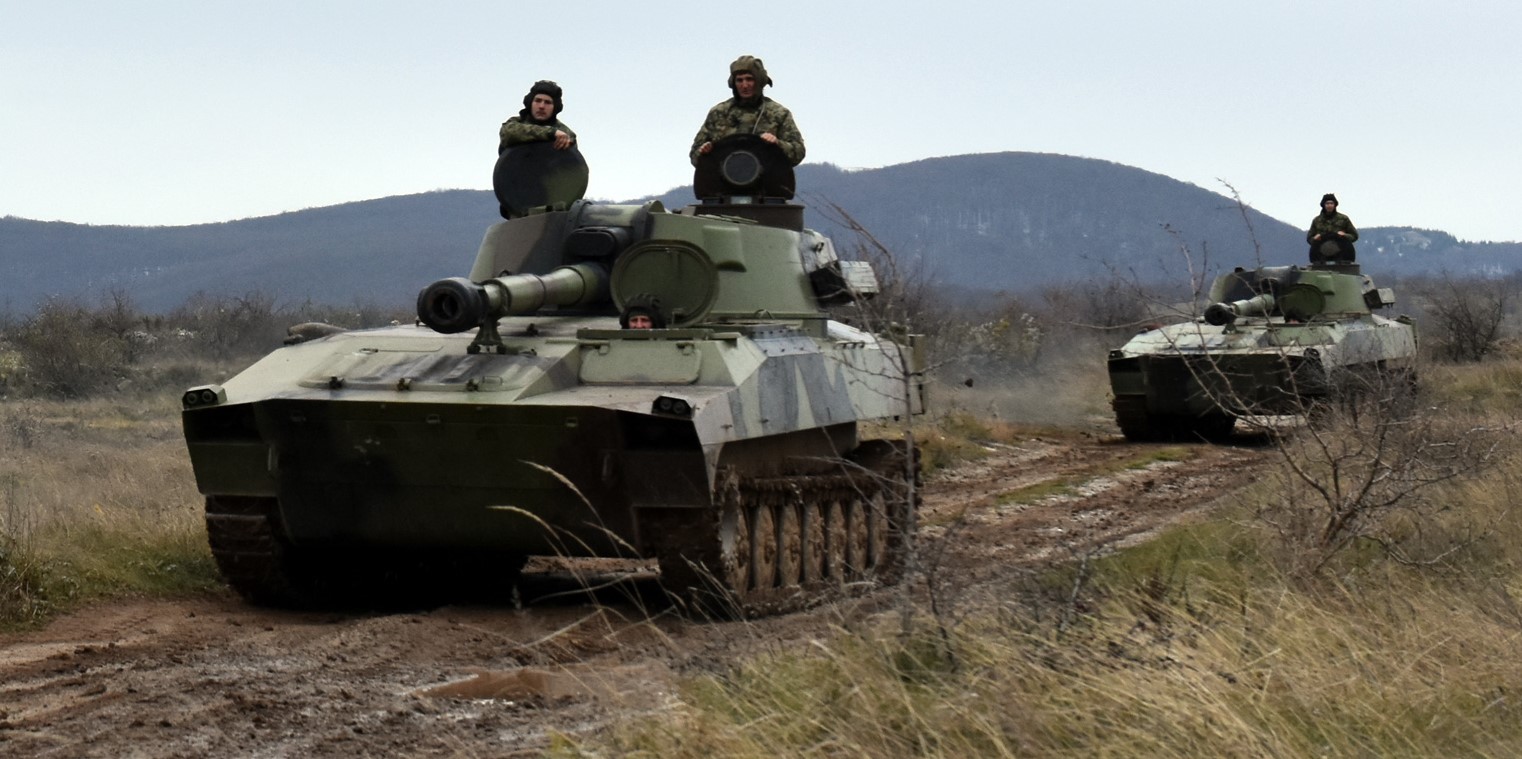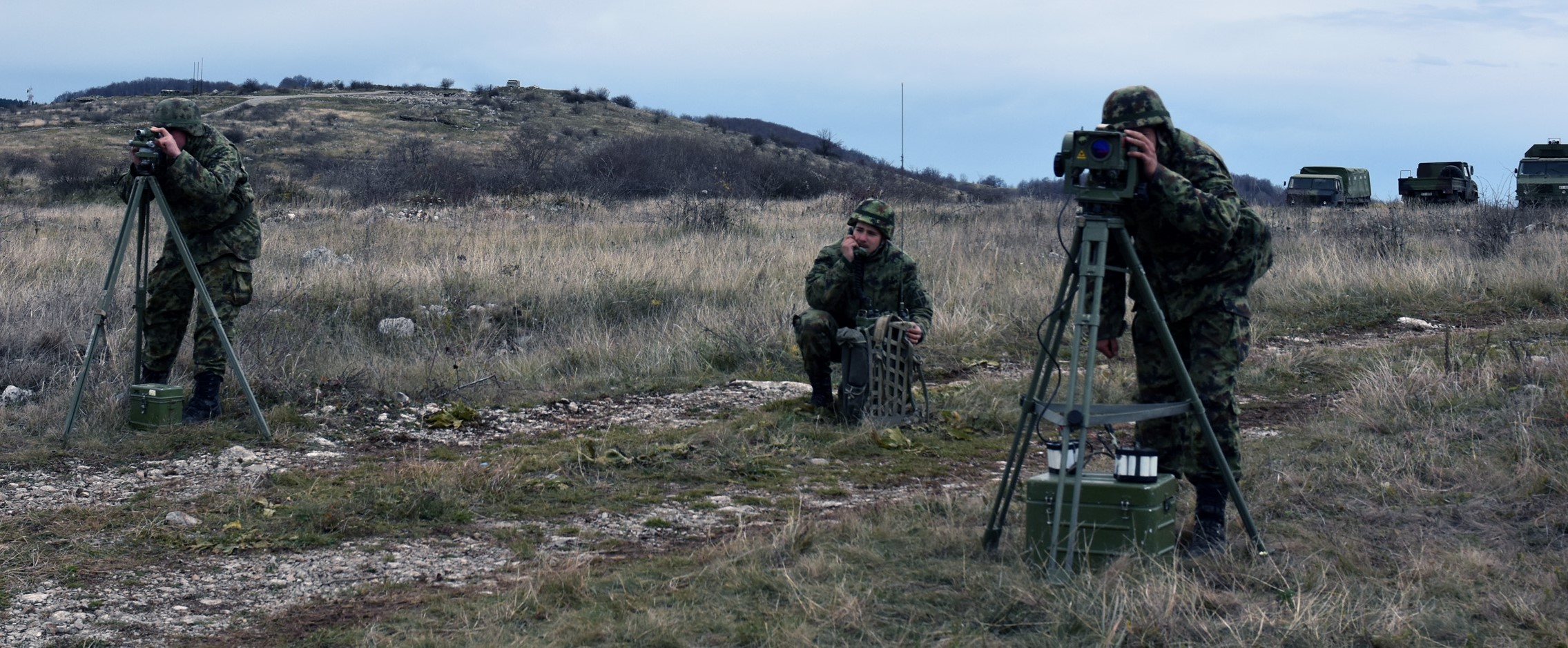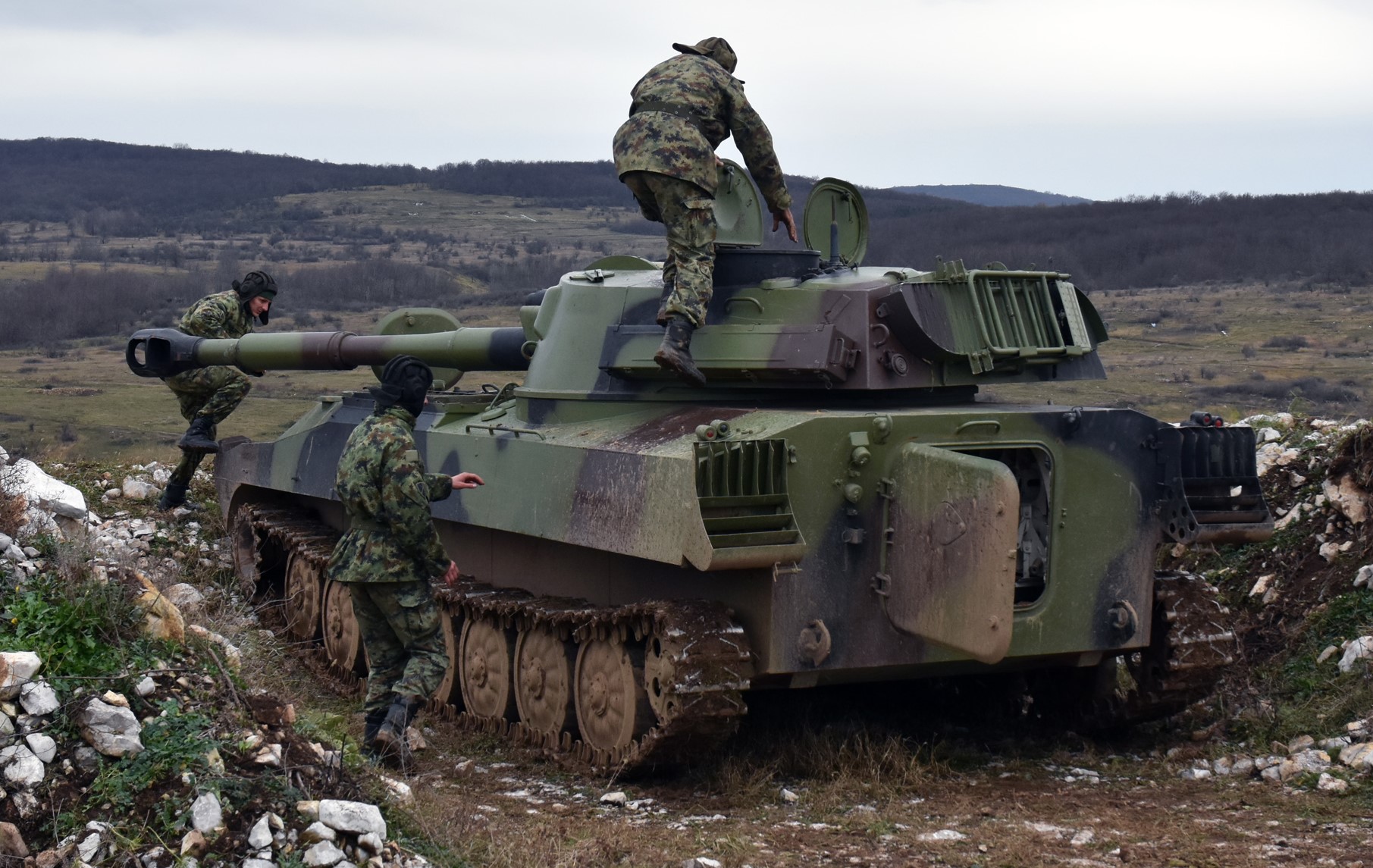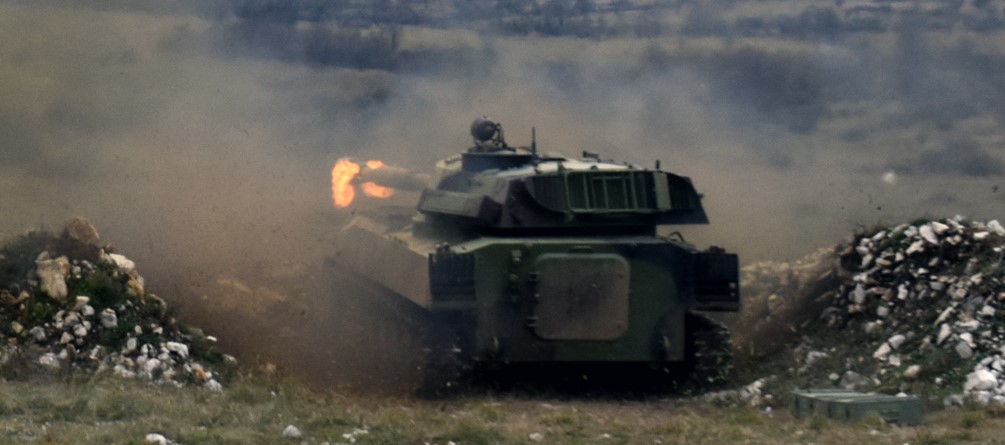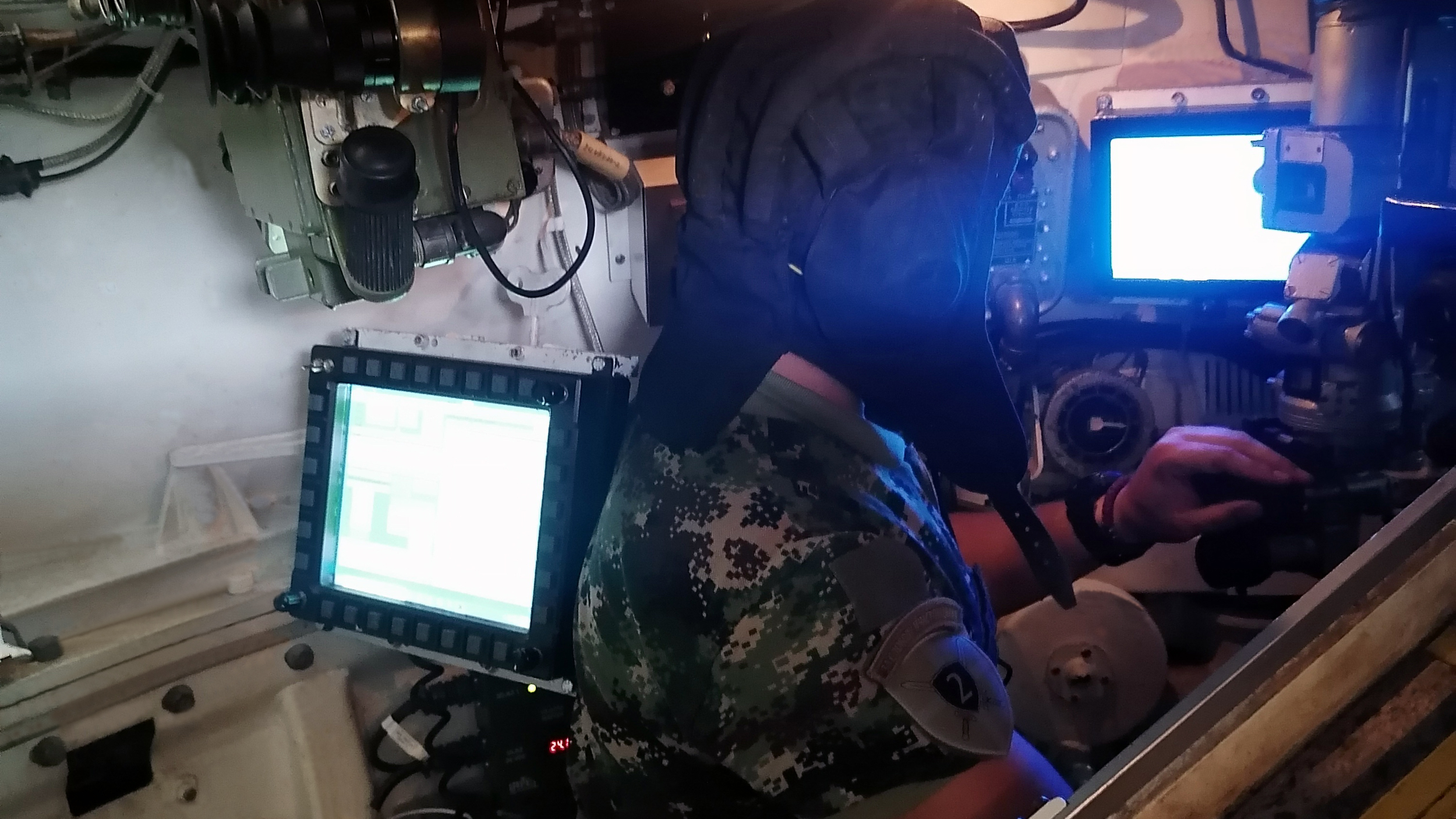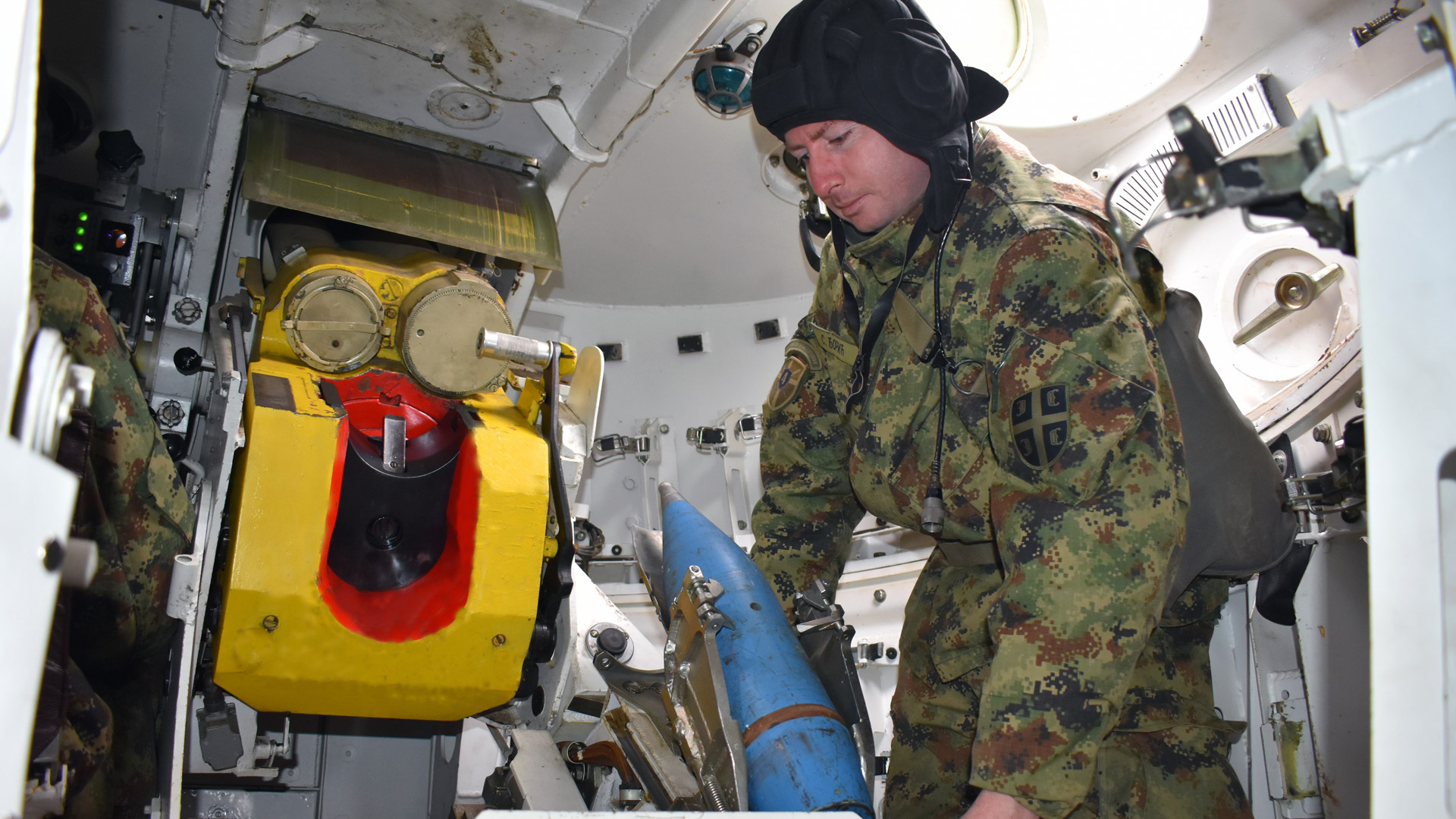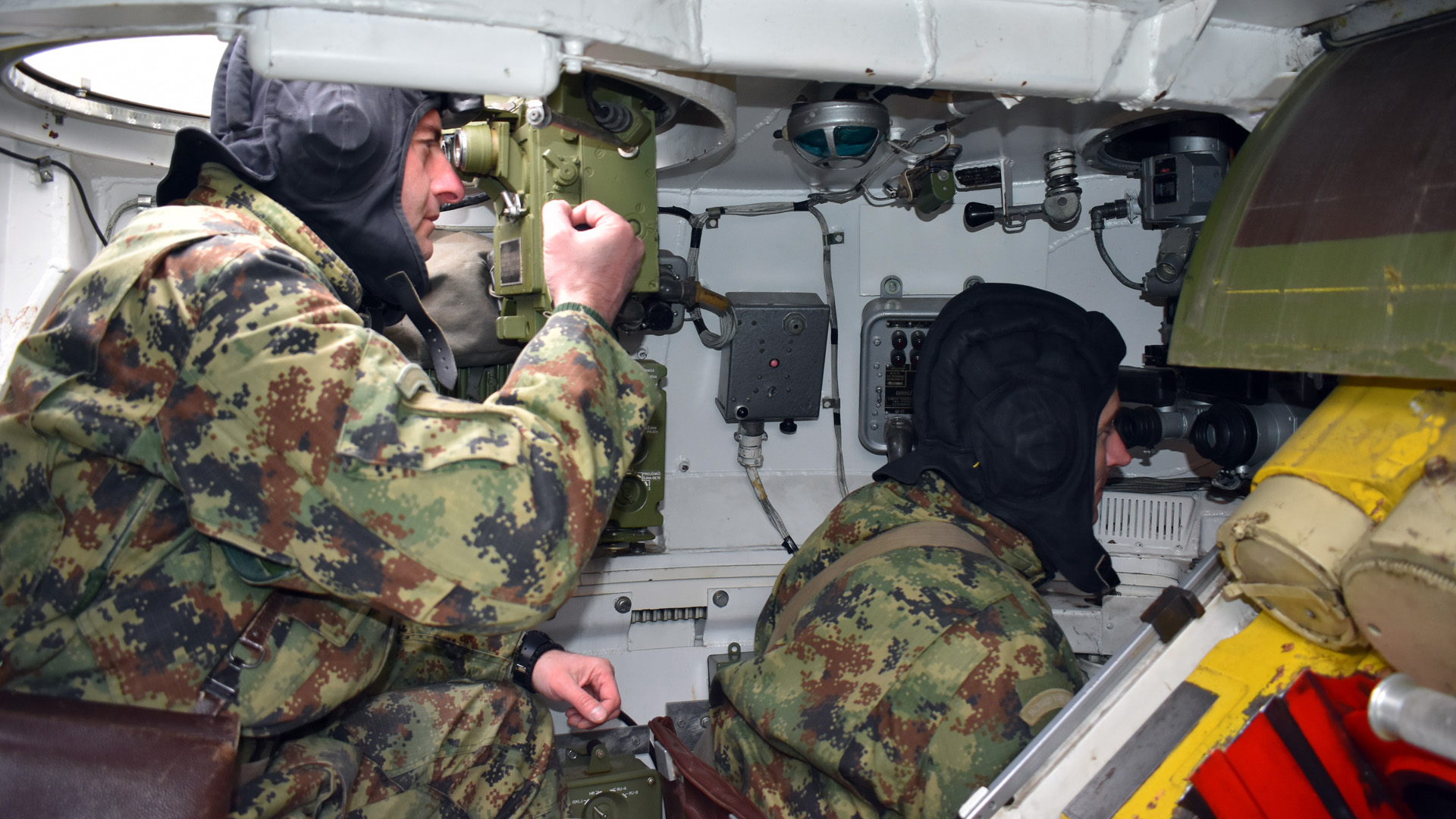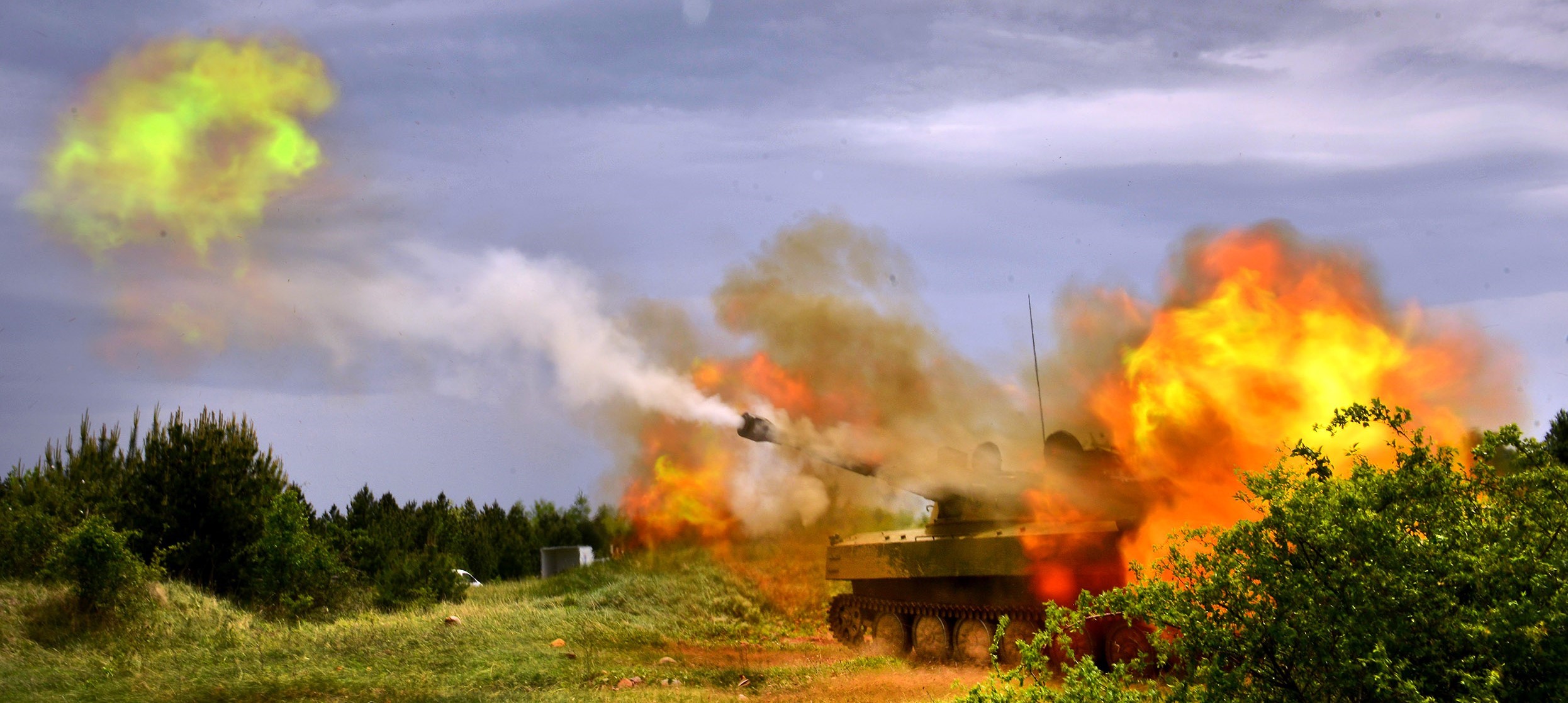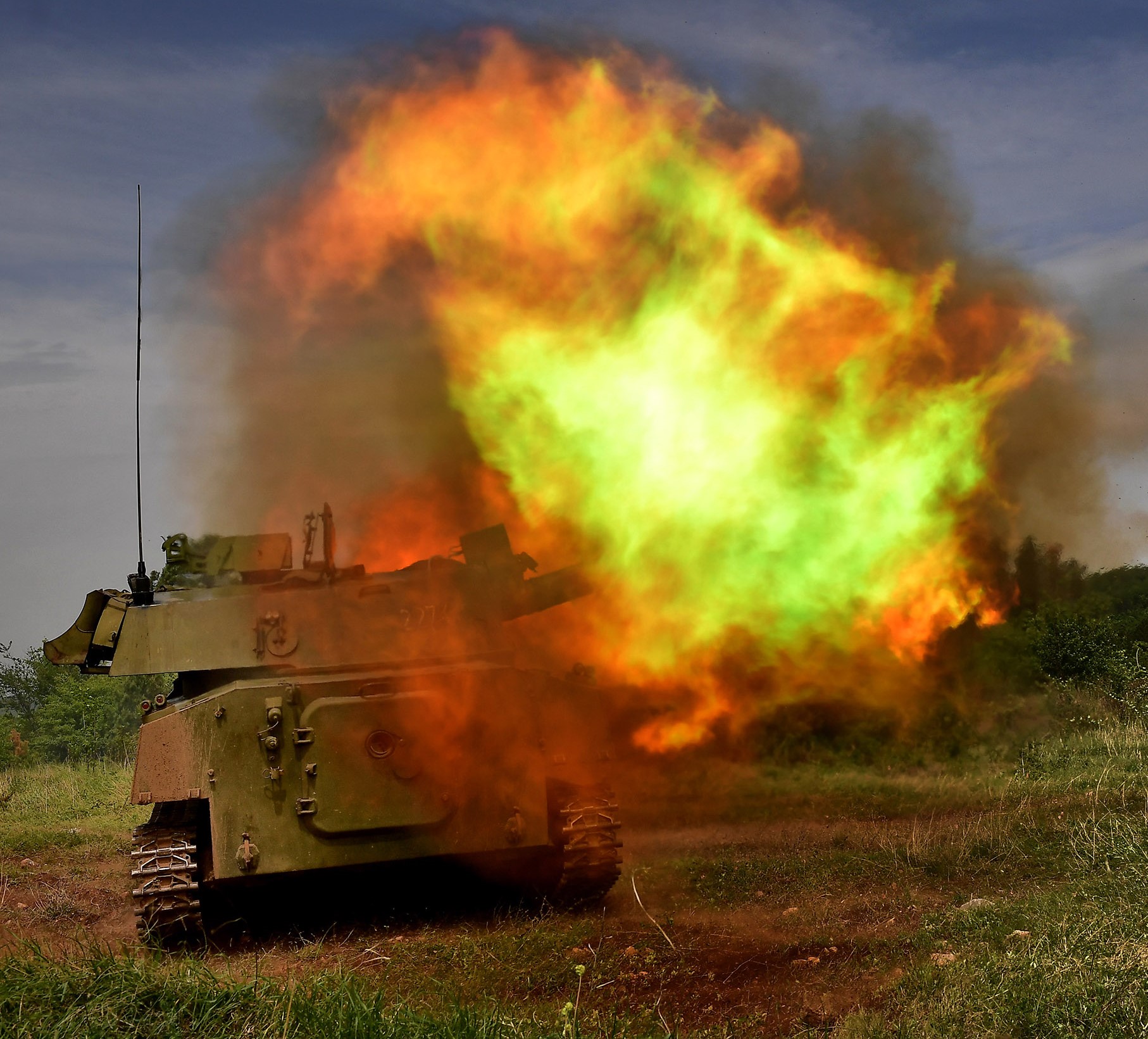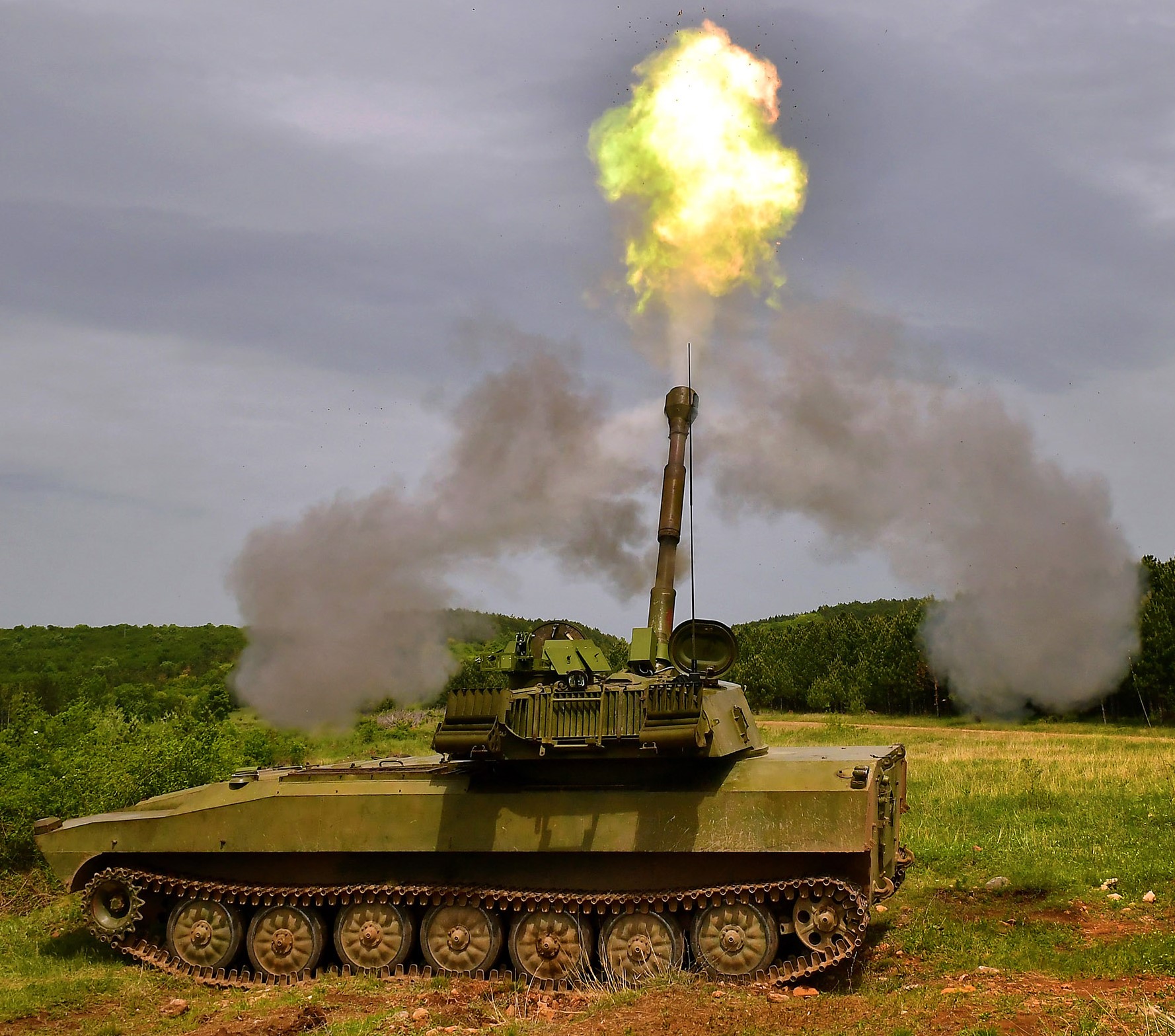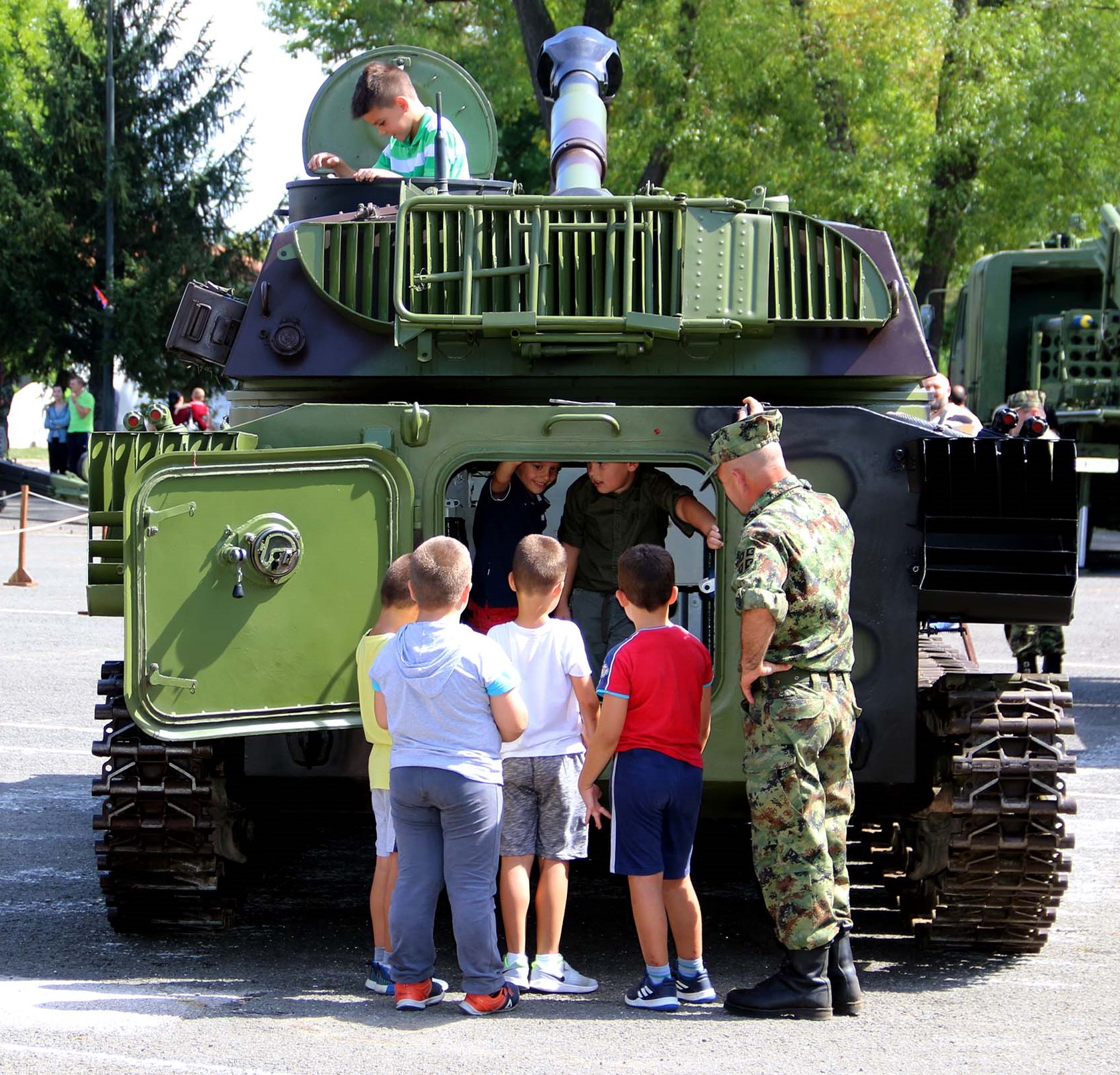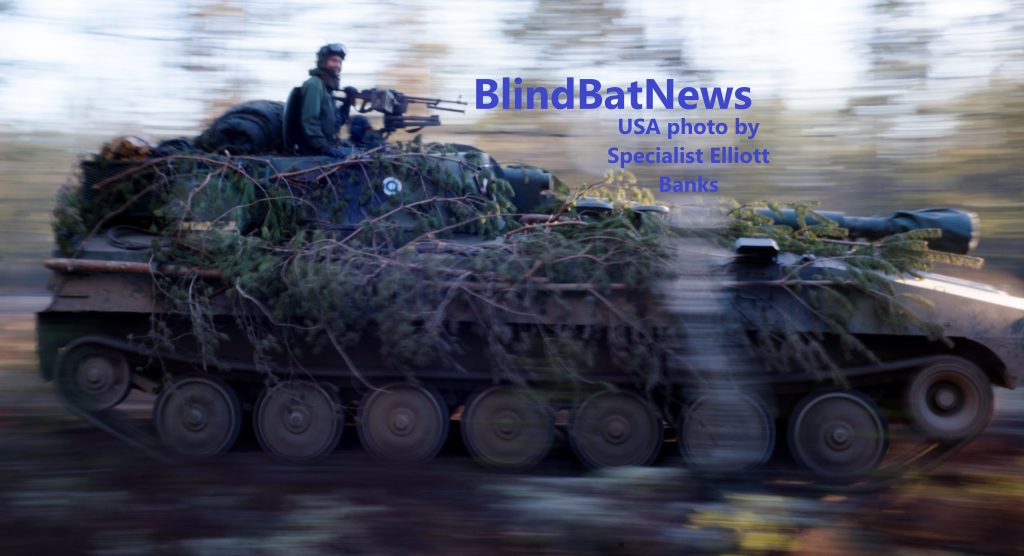06 December 2022 (11:54-UTC-07 Tango 06) 15 Azar 1401/12 Jumada l-Ula 1444/13 Ren-Zi 4720/06 Декабрь 2022 года
According to the U.S. Air Force, the F-15 Eagle was designed to last for 4-thousand flight hours, but several F-15 types have made it all the way to 10-thousand flight hours, and some are still flying today (despite the current mass-retirements underway)!
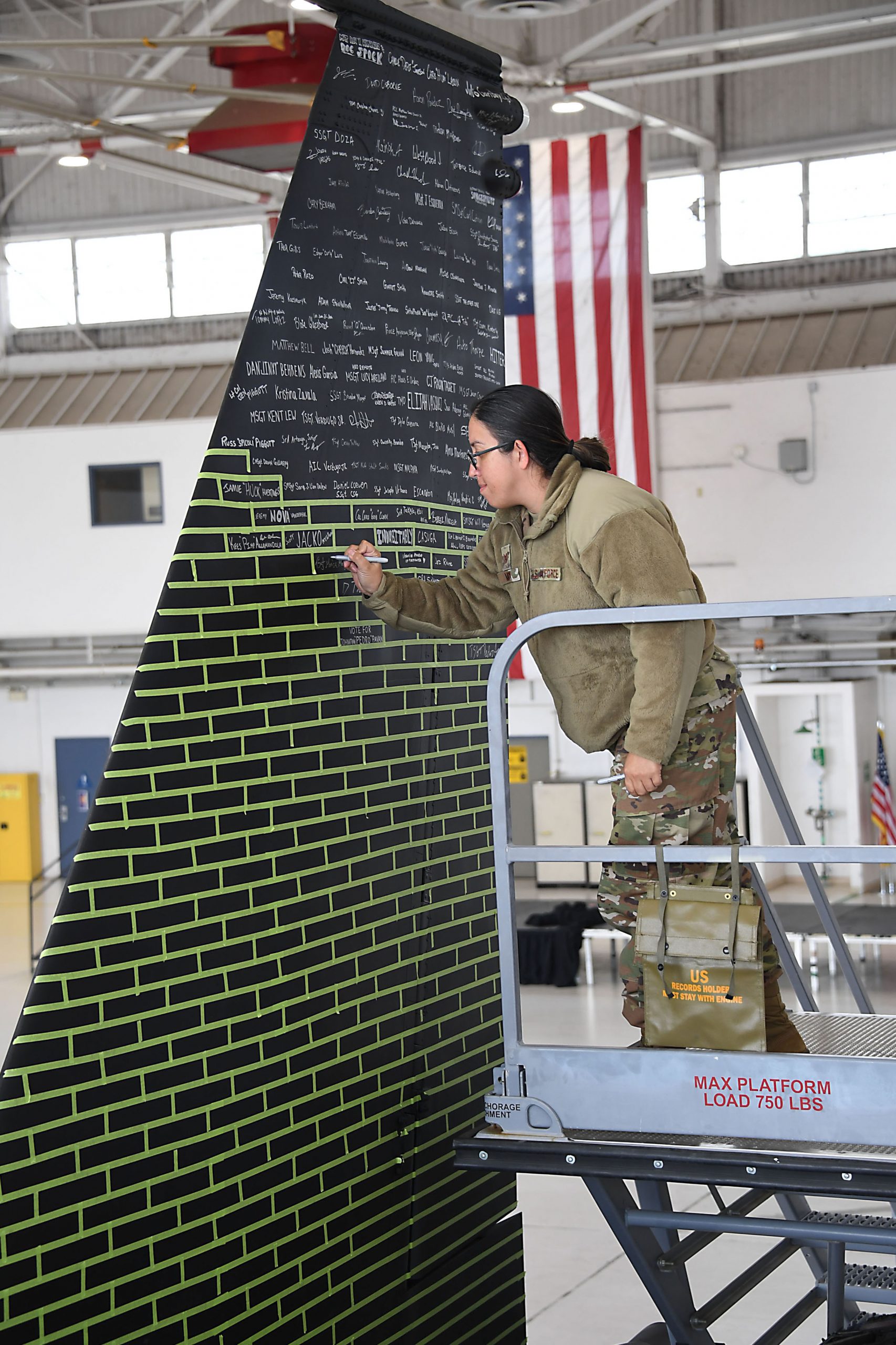
California Air National Guard photo by Tech. Sergeant Christian Jadot, 05NOV2022.
On 05NOV2022, Airmen with the 144th Fighter Wing signed the tail feather of the 10-thousand hours F-15C ‘Heritage Jet’, on Fresno Air National Guard Base, California.
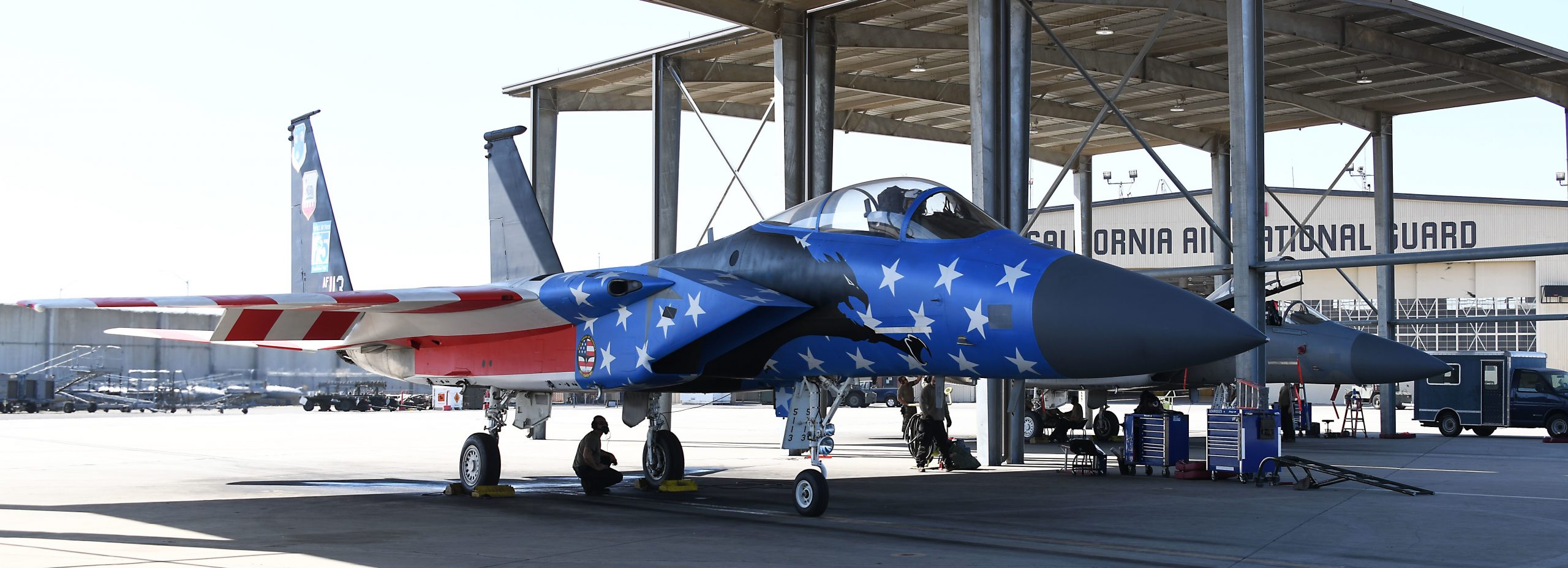
California Air National Guard photo by Staff Sergeant Mercedes Taylor, 21OCT2022.
A California Air National Guard (144th FW-194th FS) F-15C Eagle got a special paint-job after reaching 10-thousand flying hours. It then added more hours by taking a test flight with its new clothes, on 21OCT2022.
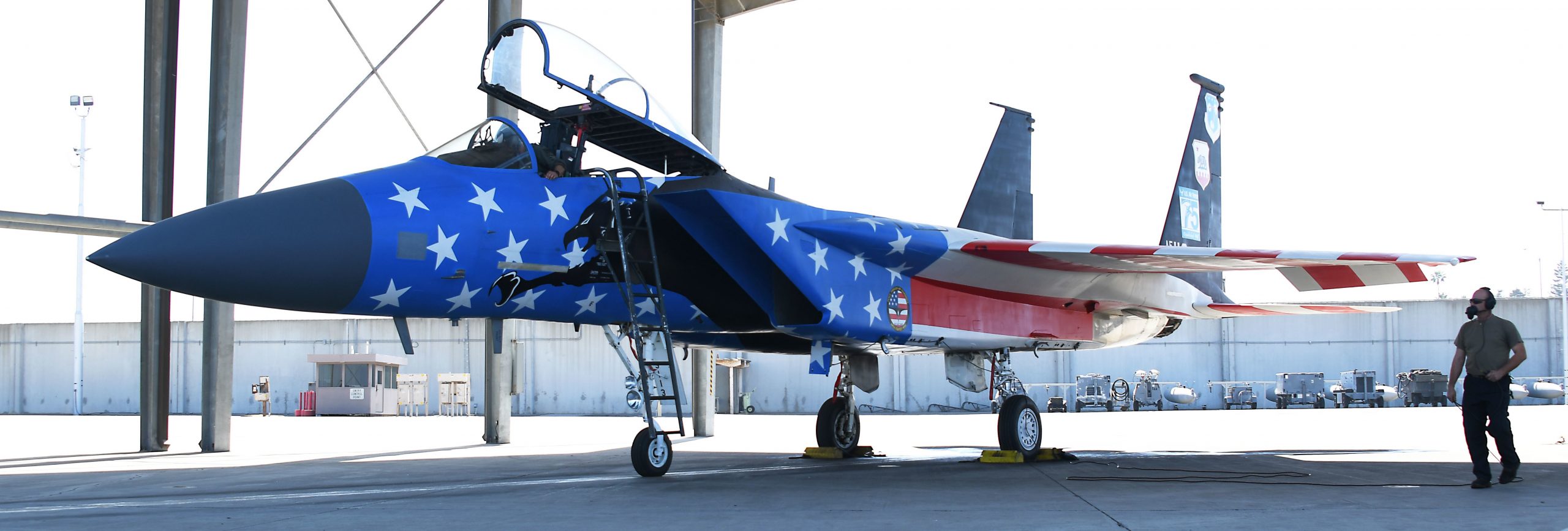
California Air National Guard photo by Staff Sergeant Mercedes Taylor, 21OCT2022.

California Air National Guard photo by Staff Sergeant Mercedes Taylor, 21OCT2022.
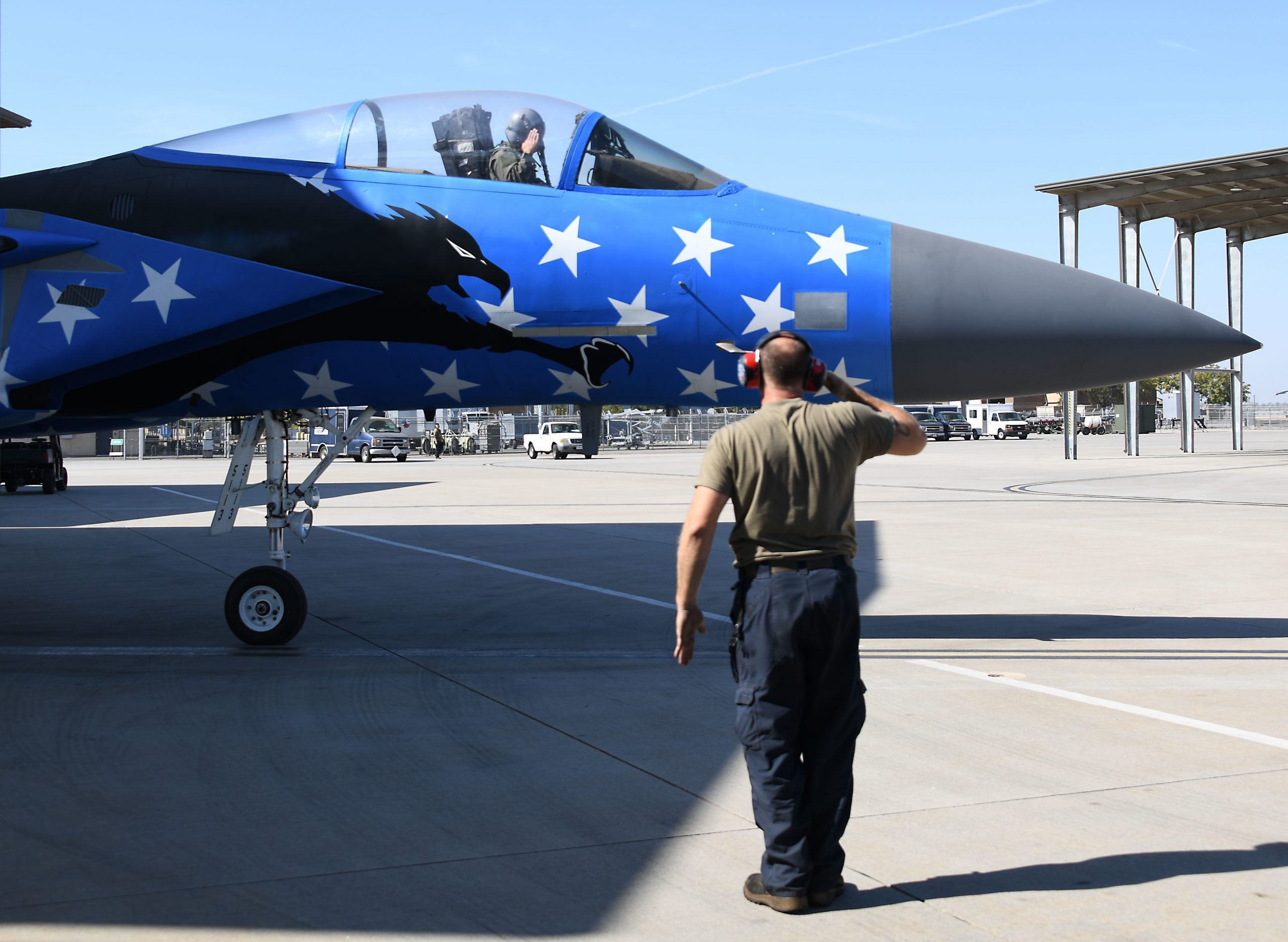
California Air National Guard photo by Staff Sergeant Mercedes Taylor, 21OCT2022.
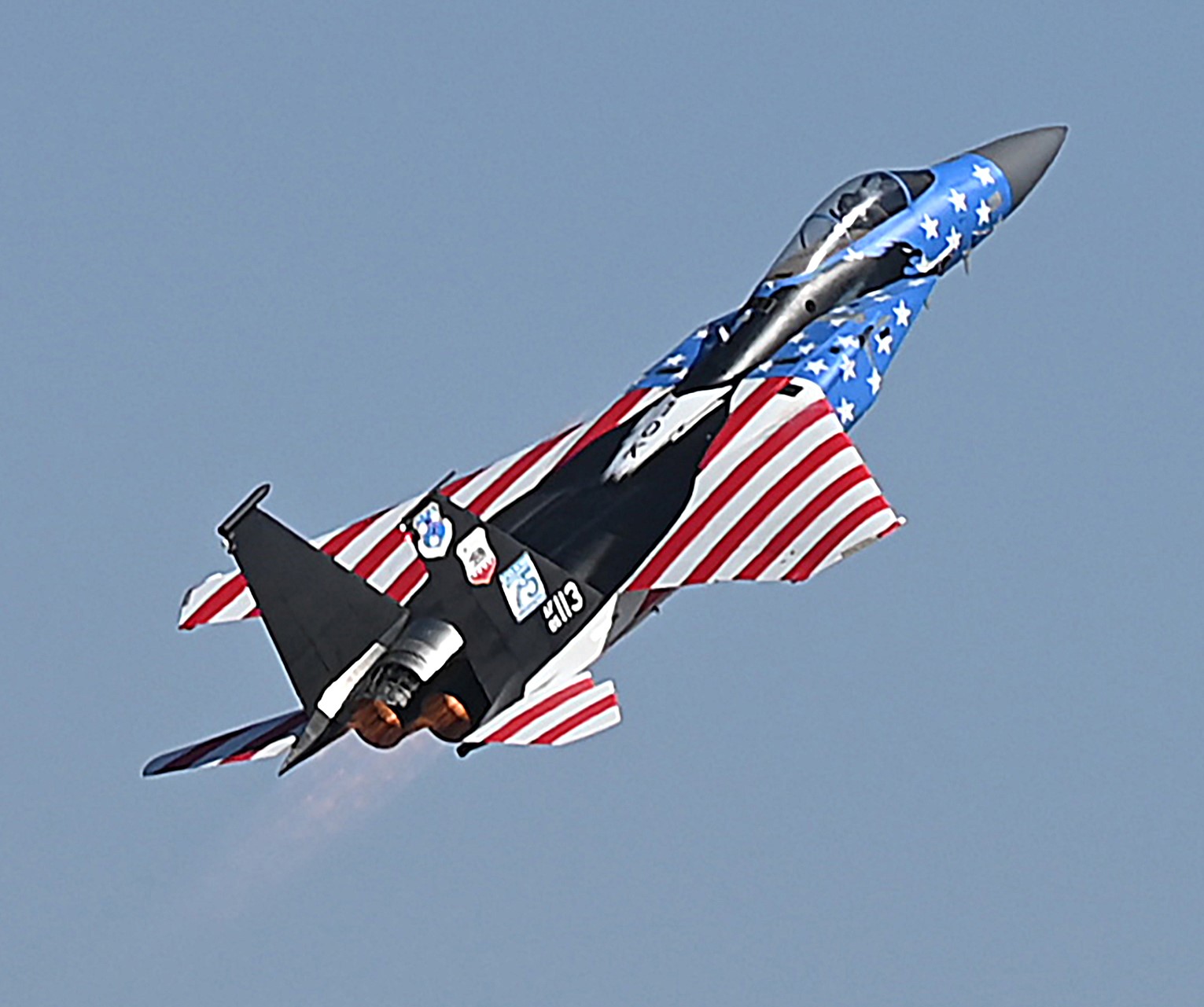
California Air National Guard photo by Staff Sergeant Mercedes Taylor, 21OCT2022.

California Air National Guard photo by Staff Sergeant Mercedes Taylor, 21OCT2022.
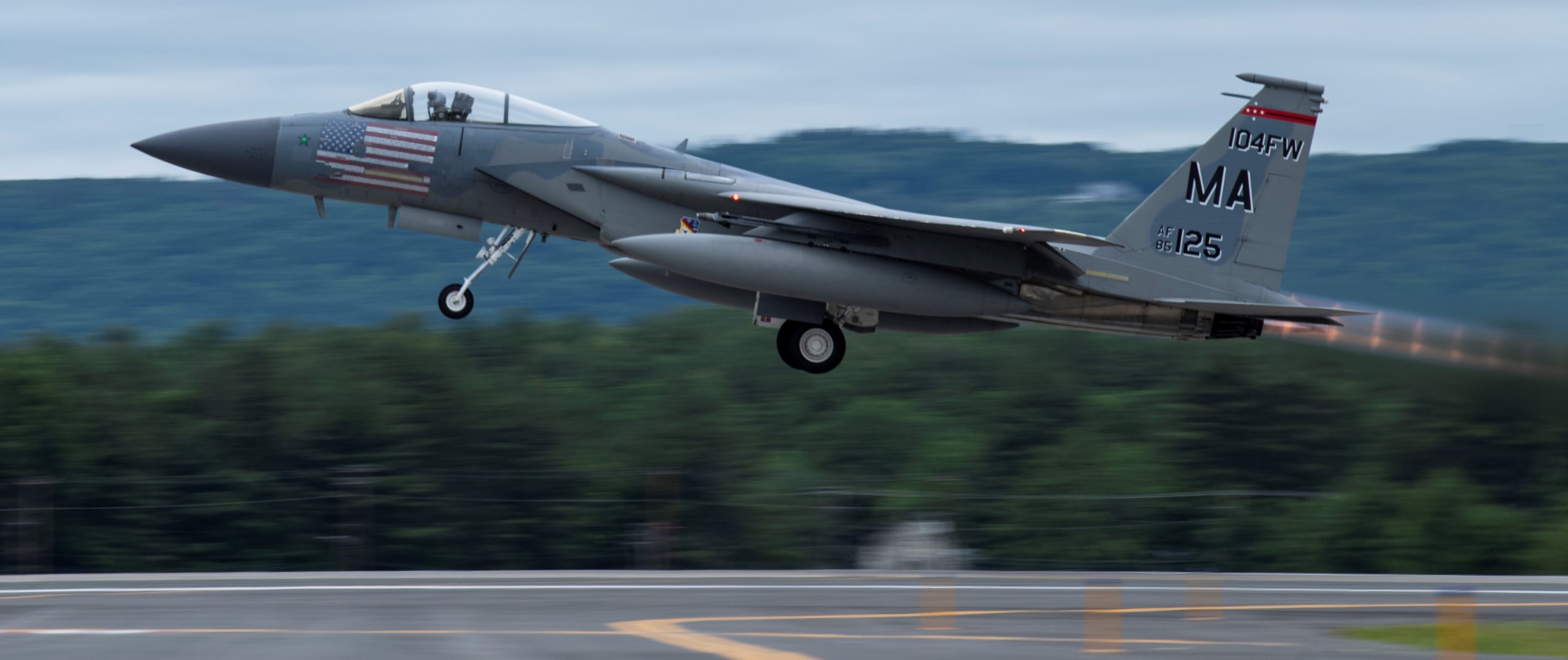
Massachusetts Air National Guard F-15C Eagle #125, still flying in June 2022, after hitting 10,000 flying hours in May 2021. Massachusetts Air National Guard photo by Staff Sergeant Hanna Smith, 16JUN2022.
Tail #85-125 is still flying today, after joining the 10-thousand hours club in 2021. See the video below.
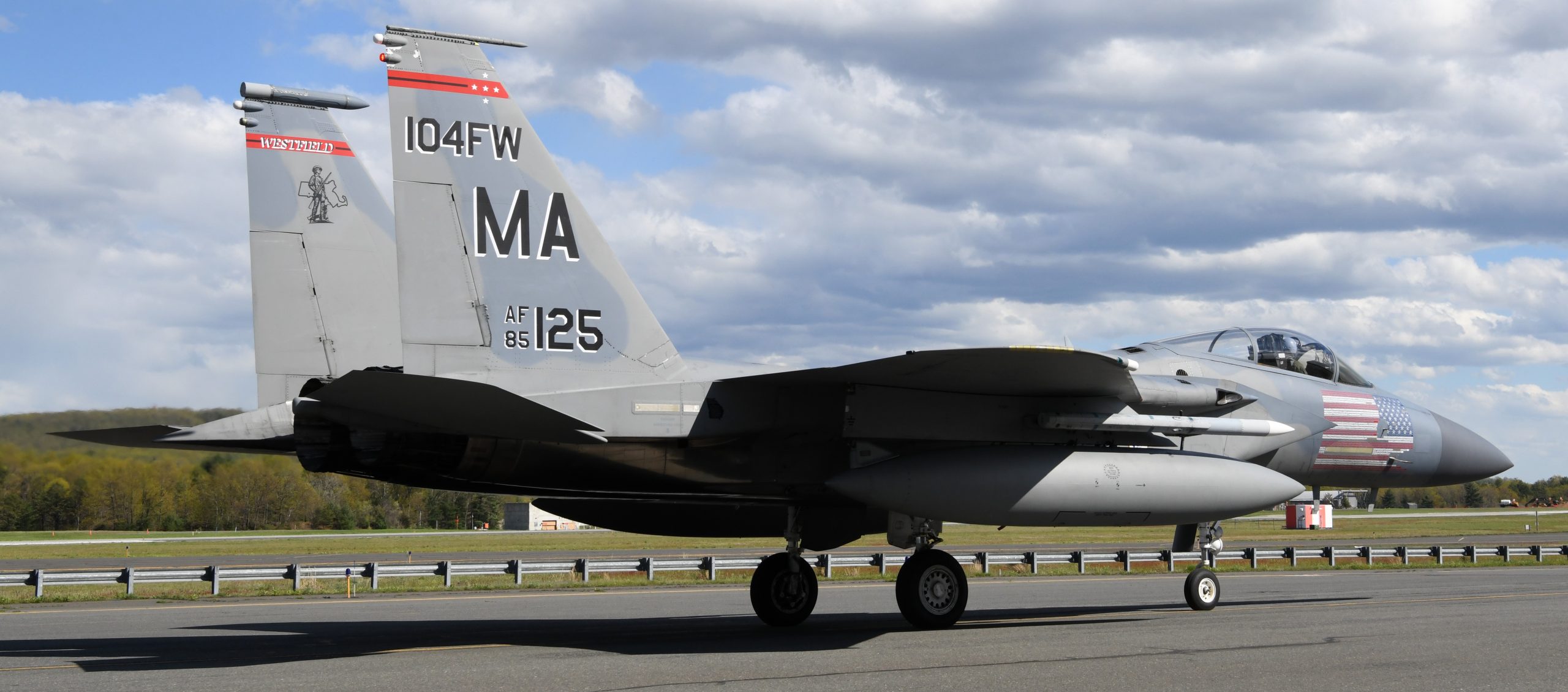
Massachusetts Air National Guard photo by Master Sergeant Lindsey S. Watson, 11MAY2021.
Massachusetts Air National Guard video, by Master Sergeant Lindsey S. Watson, F-15C #85-125 hits 10-thousand flight hours on 11MAY2021:
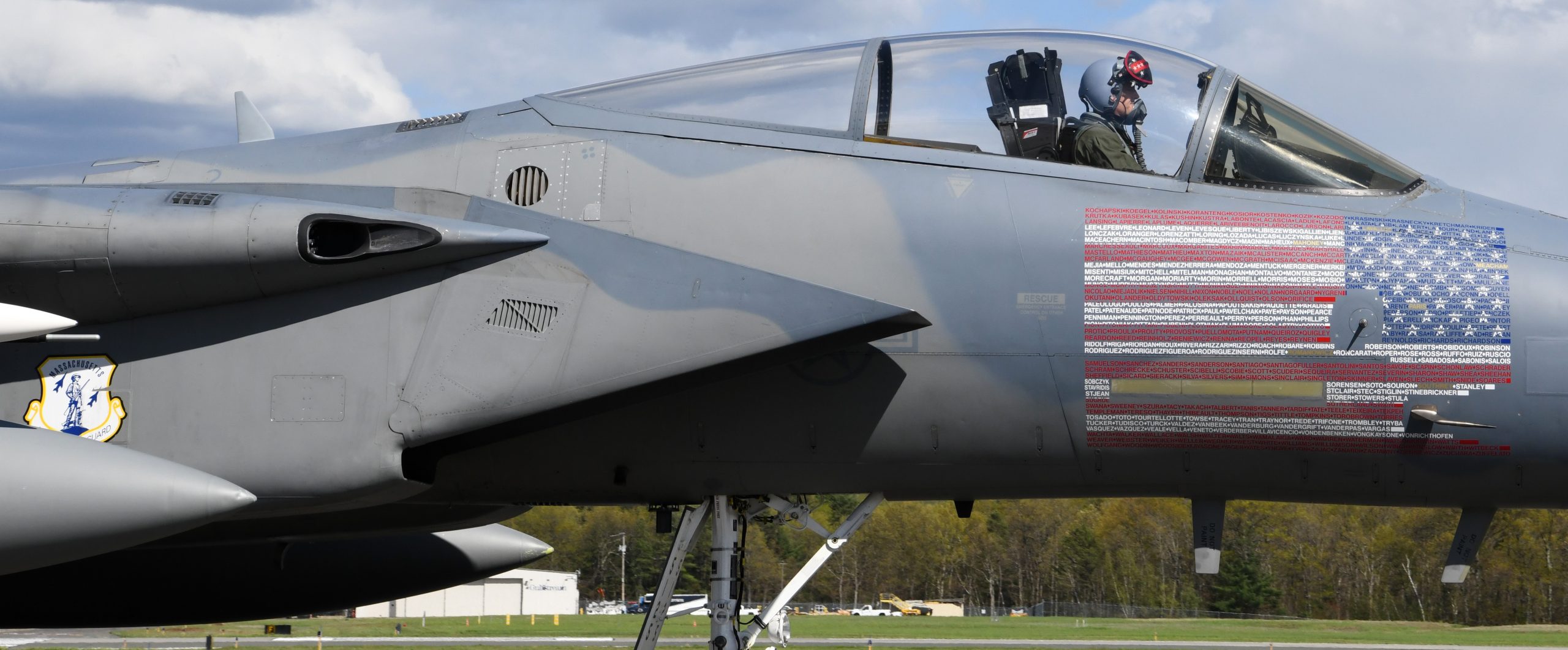
F-15C #85-125 hits 10,000 flight hours. Barnes Air National Guard Base. Massachusetts Air National Guard photo by Master Sergeant Lindsey S. Watson, 11MAY2021.
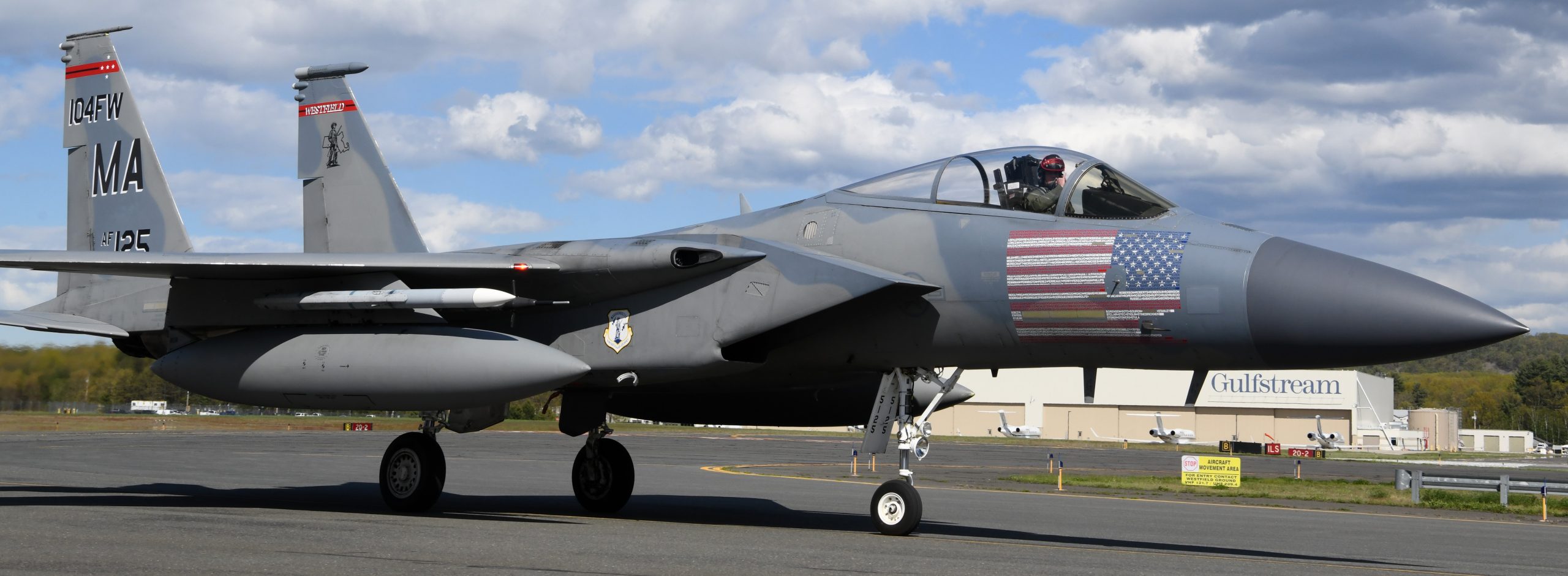
Massachusetts Air National Guard photo by Master Sergeant Lindsey S. Watson, 11MAY2021.
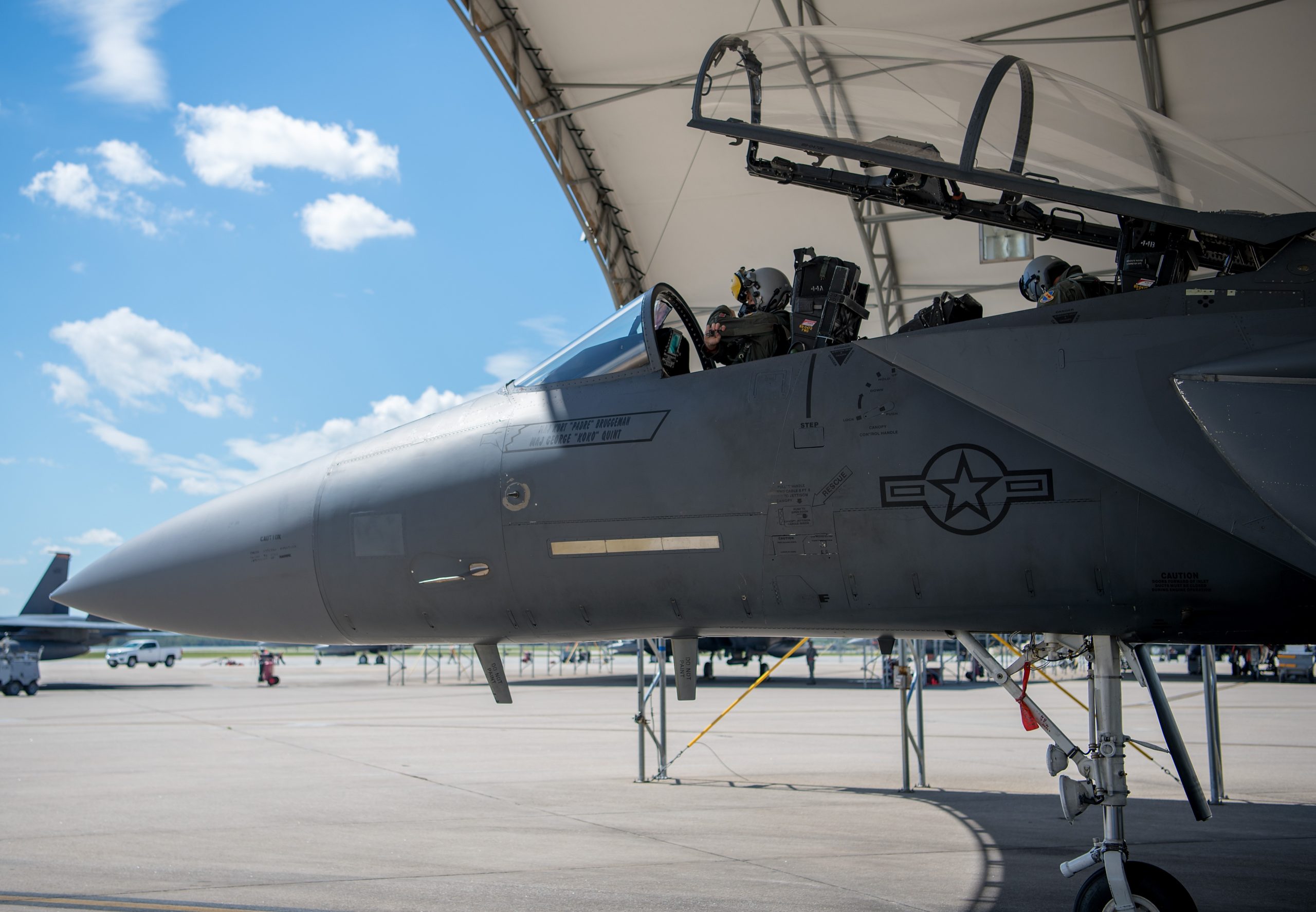
USAF photo by Airman First Class Shawna L. Keyes, 18SEP2018.
On 18SEP2018, F-15E Strike Eagle tail #472 hit 10-thousand flying hours. It is the first F-15E assigned to a training unit on Seymour Johnson Air Force Base, North Carolina, to hit the mile-stone.
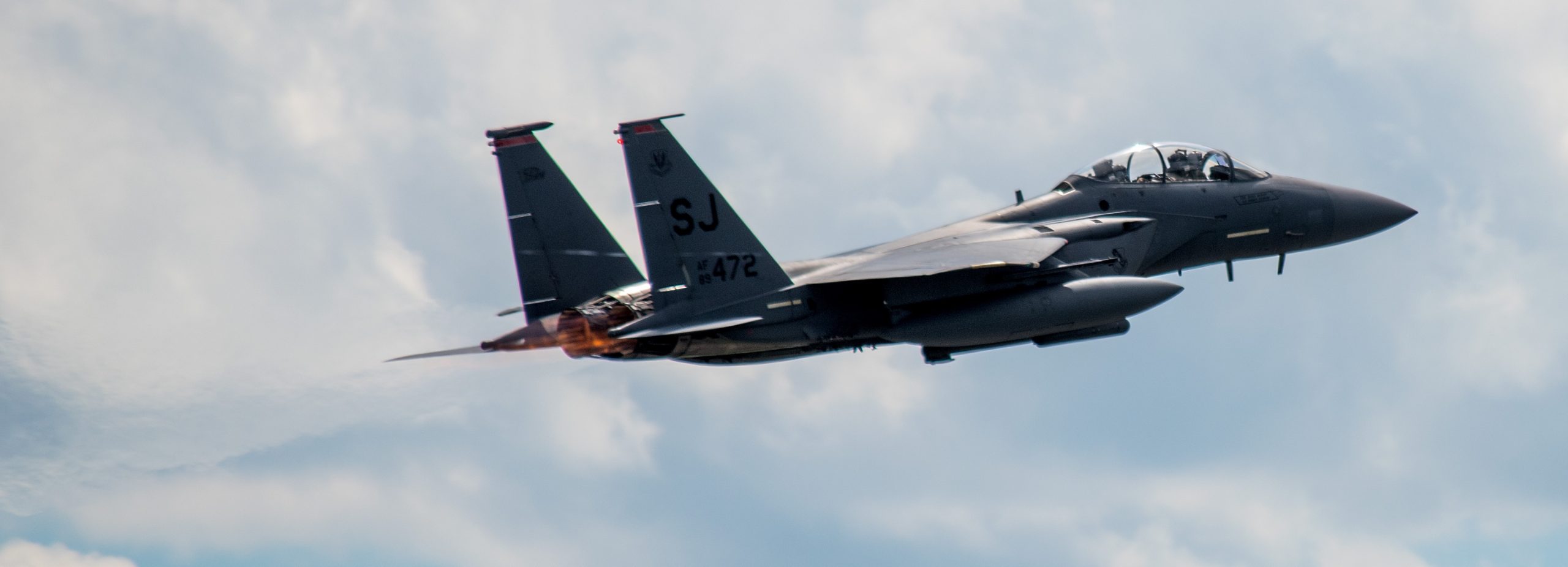
USAF photo by Airman First Class Shawna L. Keyes, 18SEP2018.
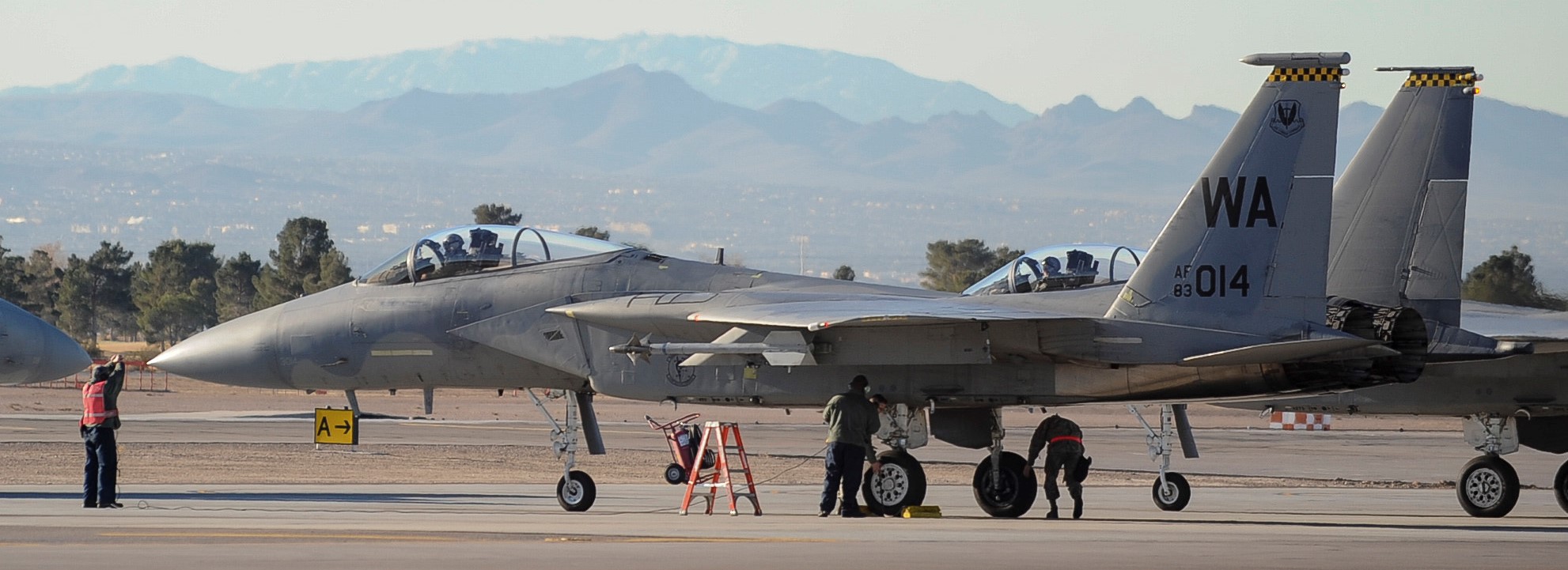
USAF photo by Staff Sergeant Siuta B. Ika, 25JAN2017.
On 25JAN2017, F-15C Eagle #83-3014 reached 10-thousand flight hours during a sortie at Nellis Air Force Base, Nevada: “To get to 10,000 flight hours means probably a couple hundred thousand maintenance hours have been put in. So for over 30 years, day-in and day-out, maintainers have done everything asked of them and more to get the aircraft to this point. Normally, 10,000 flight hours is only seen within combat-coded units. Everybody in Eagle AMU has touched this aircraft, so if it wasn’t for their work, and the work of M1 Support Services, this jet would never have reached 10,000 hours.”-Master Sergeant Joseph Romero, Eagle Aircraft Maintenance Unit (AMU) lead production superintendent
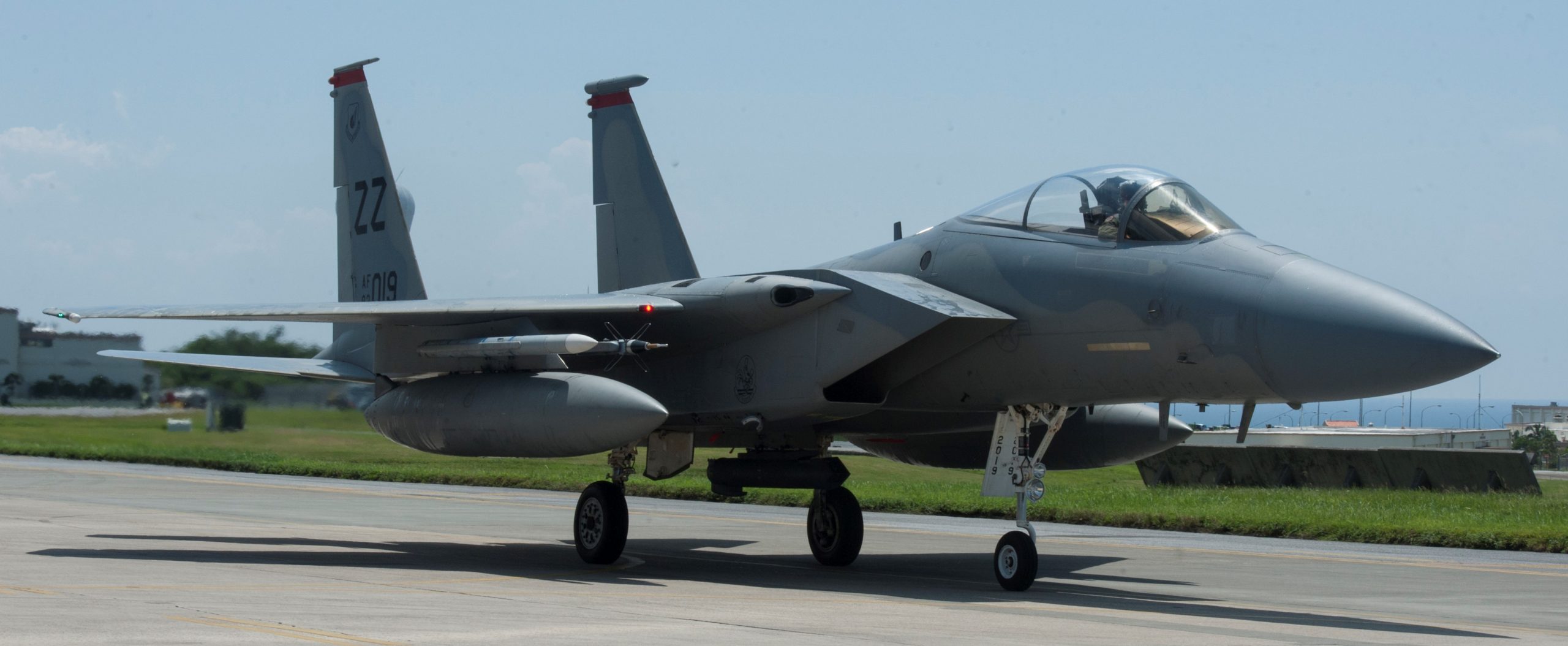
USAF photo by Airman First Class Lynette M. Rolen, 29JUL2016.
On 29JUL2016, an F-15C Eagle, on Kadena Air Base, Japan, joined the 10-thousand hours club: “It shows the F-15 is long-in-the-tooth, but still meets the combat capability required. We have jets here with multiple combat kills; they’ve been through more than four wars and operations: Desert Storm, Desert Shield, Operation Northern Watch, Operation Southern Watch, Operation Allied Force; and all those jets are sitting out on the ramp.“-Captain Brian Anderson, 67th Fighter Squadron pilot
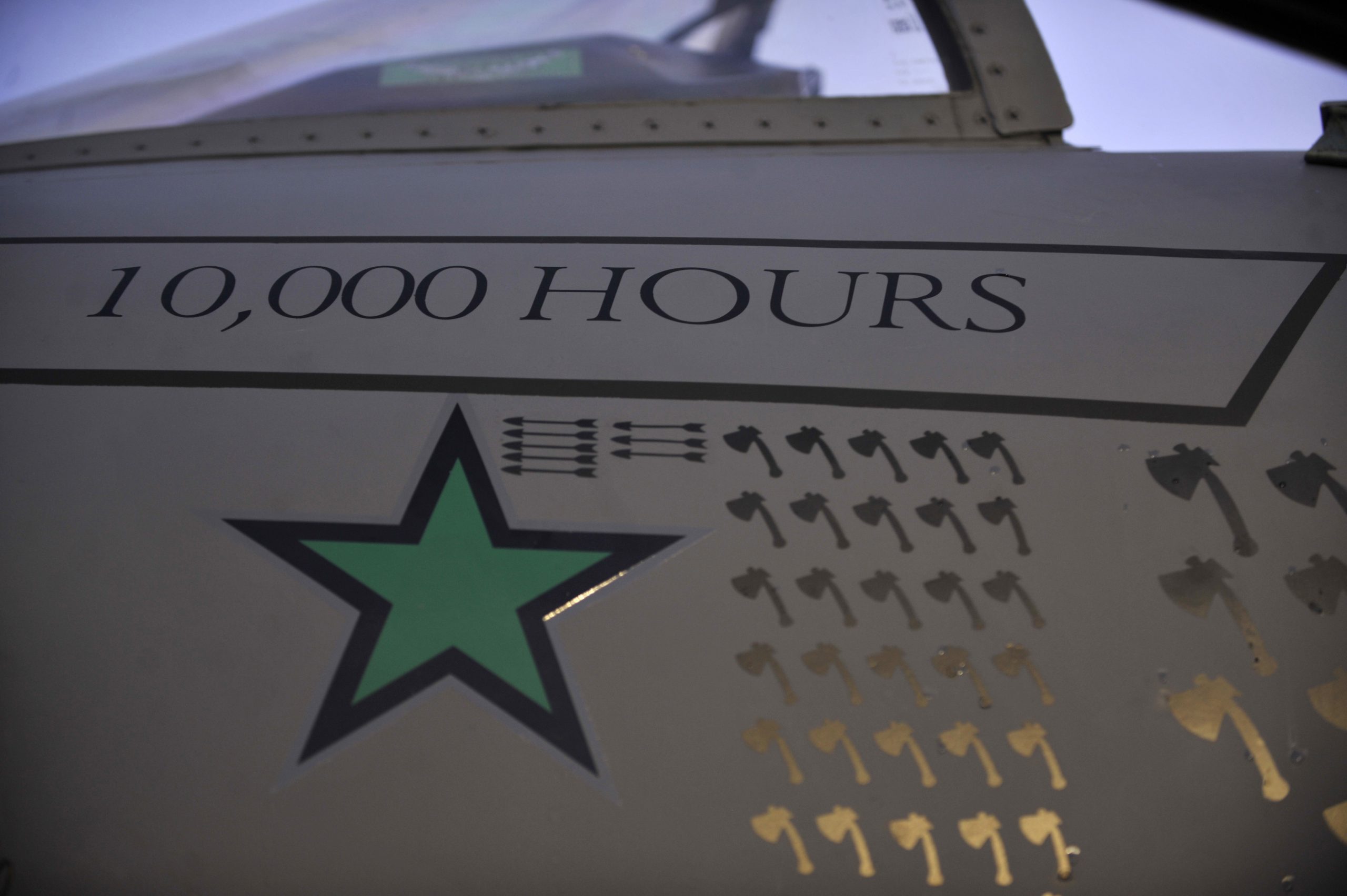
USAF photo by Airman First Class Ericka Engblom, 13JAN2012.
While on Bagram Air Base, Afghanistan, F-15E Strike Eagle #89-0487 (487) hit 10-thousand flying hours. On 13JAN2012, it was painted with both markings for ‘kills’ (made during the 1991 Operation Desert Storm) and the 10-thousand hours achievement.
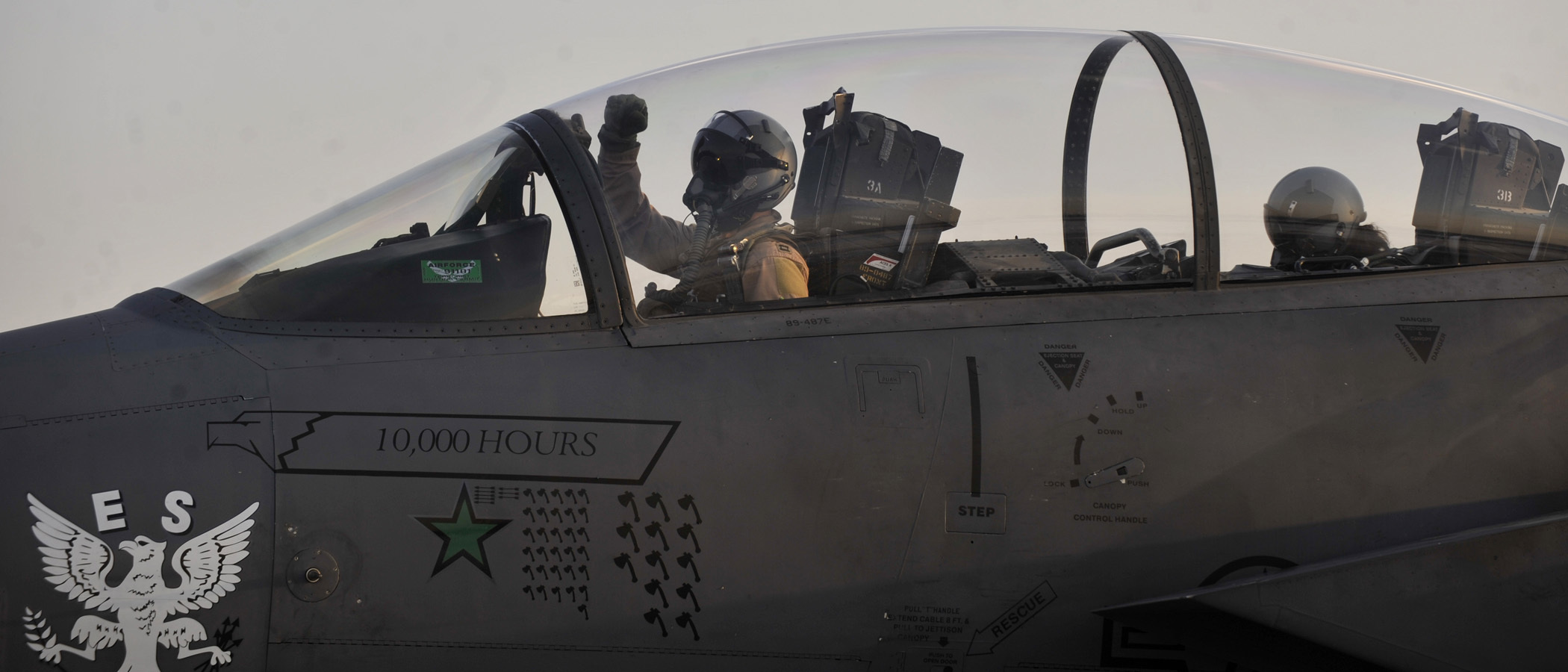
USAF photo by Airman First Class Ericka Engblom, 13JAN2012.
Despite it being younger than the F-15A and C versions, F-15E #487 was the first F-15 of any version to hit 10-thousand flying hours! 487 was ‘born’ in November 1990, fought in Desert Storm in 1991, then the ‘War on Terror’ where it achieved 10-thousand flight hours over Afghanistan: “It has taken more than 21 years of qualified maintenance technicians performing more than one million hours of inspections and repairs in all types of environments at home station, depot facilities, TDY [Temporary DutY] and AEF [Air Expeditionary Force] locations to ensure aircraft No. 89-0487 was available to deploy on numerous TDYs and AEFs. It also took careful, timely loading and maintenance by hundreds of weapons technicians in conjunction with countless hours of repairs and inspections performed by avionics, electrical and environmental, engine, fuels, egress and structural airmen.”-Chief Master Sergeant John Parrott, 335th Expeditionary Aircraft Maintenance Unit
“When we got here, it was at 8,800 hours. We put 1,200 hours on it in the past three months. During that time, this aircraft dropped 15 percent of all bombs deployed in our fleet. To keep it flying at that pace, it was very important to keep the same crew on it to get to know the aircraft.”-Staff Sergeant Ryan Forsse, 455th Expeditionary Aircraft Maintenance Squadron, Crew Chief assigned to #487
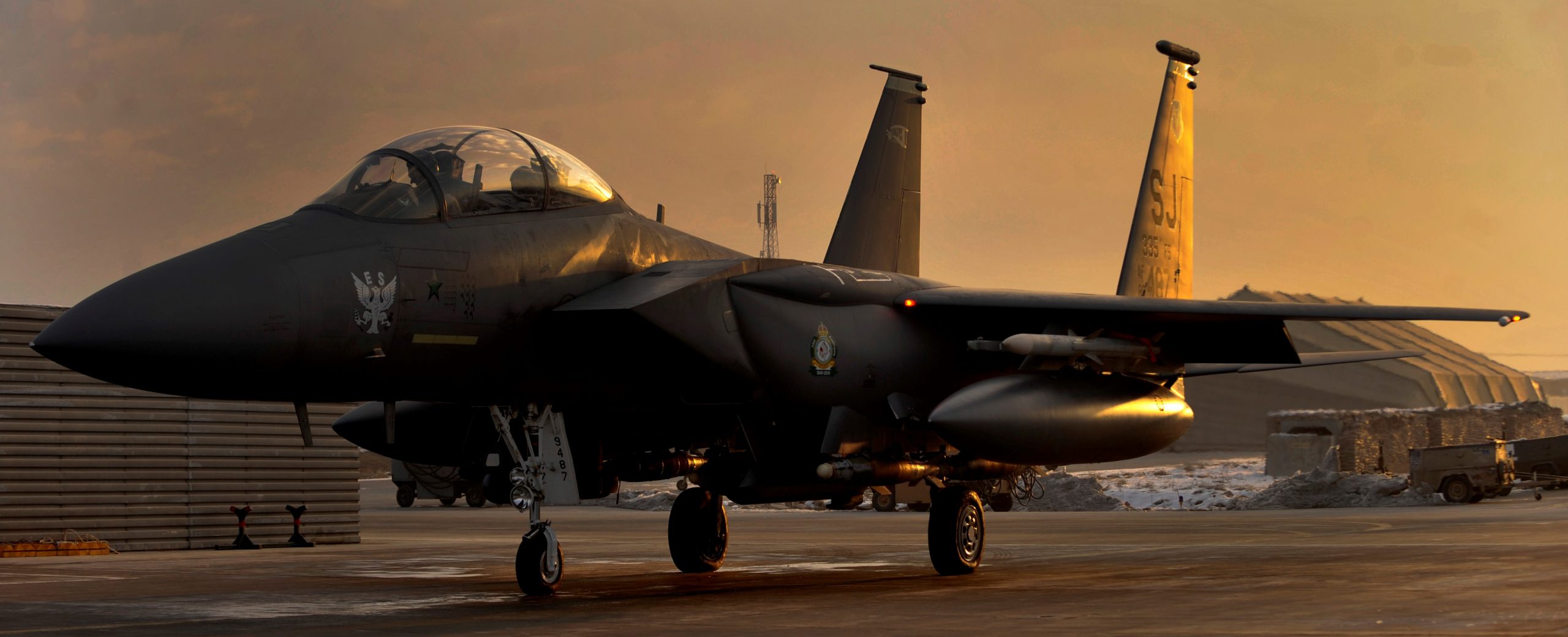
USAF photo by Airman First Class Ericka Engblom, 13JAN2012.
In August 2009, F-15E Strike Eagles with 336th Expeditionary Fighter Squadron surpassed 8-thousand combat hours, while flying out of Bagram Air Base, Afghanistan: “Everything went smooth. We try to give them a jet they don’t have to worry about; they need to focus on the mission and save the lives of our people on the ground.”-Senior Airman John Yates, F-15E Crew Chief
F-15 Eagle 50th Anniversary: 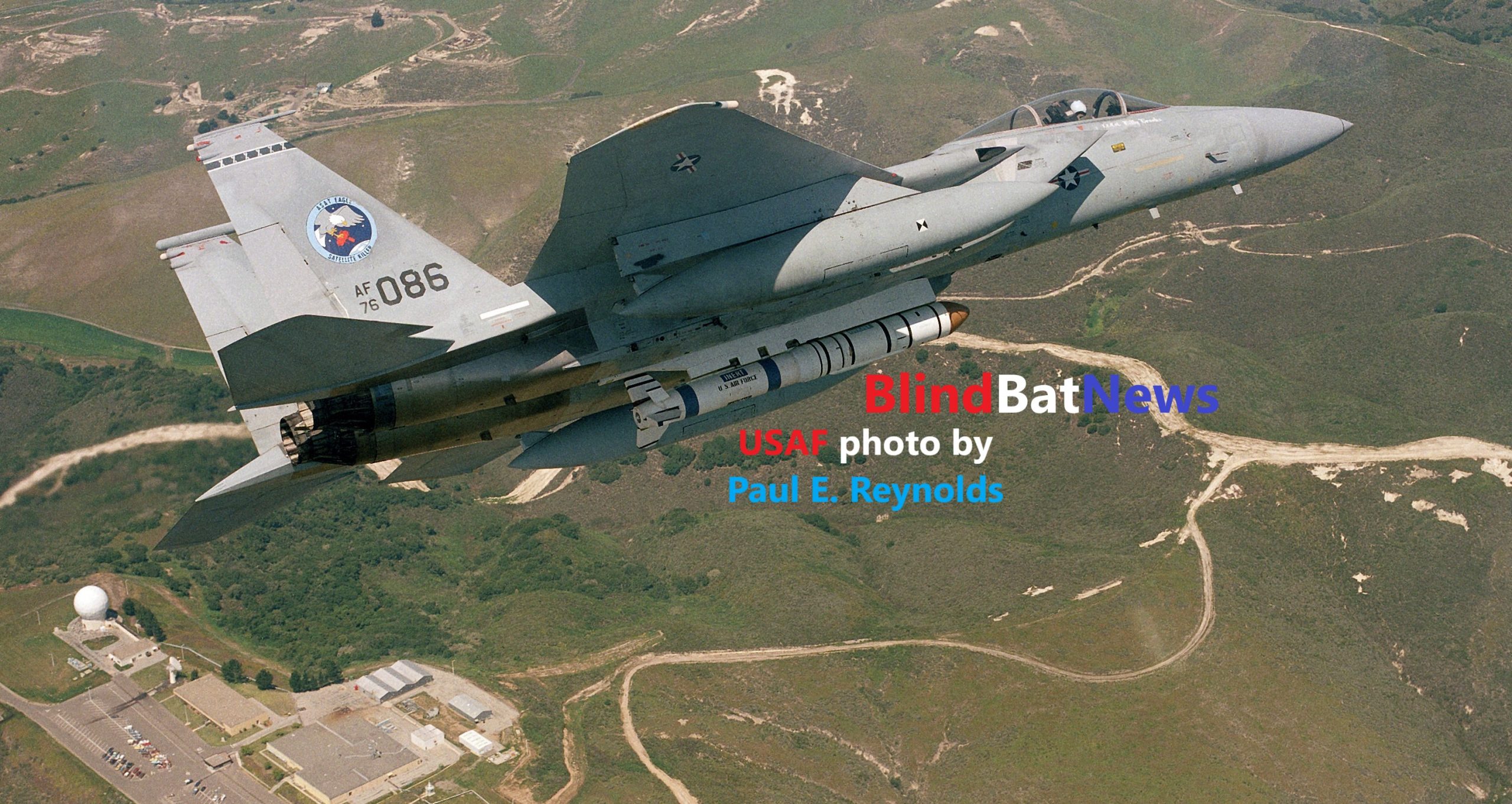 THE A-SAT, WITH SOME VISUAL TIPS FOR THE KIT BUILDER
THE A-SAT, WITH SOME VISUAL TIPS FOR THE KIT BUILDER
Cold War to Ukraine Crisis: F-15 EAGLE NOW 50 YEARS OLD
F-15 EAGLE NOW 50 YEARS OLD
 The original Excalibur Vulcan gun system was a tracked vehicle proposal (based on the M551 Sheridan) in the early 1970s, by a company called Sperry. Sperry ceased to exist in 1986.
The original Excalibur Vulcan gun system was a tracked vehicle proposal (based on the M551 Sheridan) in the early 1970s, by a company called Sperry. Sperry ceased to exist in 1986. SHORT LIVED CHENOWTH F-A-V, U.S. ARMY vs U.S. NAVY
SHORT LIVED CHENOWTH F-A-V, U.S. ARMY vs U.S. NAVY





